- Home
- ~ Camino Portugués (The Portuguese Way)
- Day Six, Tomar to Alvaiazere
Day Six on the Camino Portugués
~ Tomar to Alvaiázere, 31.4 Km (19.51 miles)
Just so you know, all Amazon and Booking.com links on this website are affiliate links. As an Amazon associate and a Booking.com associate, we will earn from qualifying purchases when you click on these links. We sincerely thank-you as this is a reader-supported website.
Day six on the Camino Portugués was another long stage, cooler and more hilly as we finally left the hot lowlands for the terraced olive groves and eucalyptus forests. We would also solidify our relationship with our Australian Camino friends who would be our true Camino companions.
"The true profession of a man is to find his way to himself." ~ Hermann Hesse
If you think you know yourself, the Camino will make you think again. Once again, this stage humbled us as we sought to find the right balance. I found ways to slow down the pace and to take the breaks I needed.
Map and Stats of Day Six on the Camino Portugués
Here is my map that I created from my GPS application, and uploaded the files to Google maps. We stopped at no cafés at all along the way on day six, but what there is, I located on the map for your convenience. There are very, very few services on this days journey, so plan accordingly. We had a full pack of supplies from our rest day in Tomar, so we did not need a food stop.
As you can see from my elevation statistics, below, from my GPS tracks, there is significant climbing on day six of the Camino Portugués. The day is full of ups and downs, but progressively more ups than downs! The climbing is gradual, with a few steep spots, for a total elevation gain of 817 meters (2680 feet).
While this is a difficult day as far as length and elevations changes, for some reason, perhaps because of the coolness of the day, having had a nice rest day the day before, the interesting scenery and good company in the final kilometers, I didn't feel quite as exhausted as in the prior long days.
Photo-Rich Travelogue of Day Six on the Camino Portugués
As previously stated, we woke up to a cooler morning, cloudy and with a breeze. It was much cooler than our prior days. Hallelujah!
The Hostal 2300 Tomar was full our second night there, because of the long Easter holiday weekend. Our day six was Good Friday, and we had made reservations the previous day for Alvaiázere just to be sure that we had a place for the night.
Our day six fell on Good Friday, so we made reservations the previous day for Alvaiázere just to be sure that we had a place for the night. Since the route from Lisbon is gaining in popularity, it is almost mandatory to reserve in advance on holidays.
When you start out for the day from your accommodation, you cross the Nabão River on the Rua Marquês do Pombal. This is the northernmost bridge in the center of Tomar.
Almost immediately, head north (left turn) on the Rua Centro Republicano. As is often the case in Portugal, the road quickly changes its name to the Rua Fábrica da Fiação as it walks by colorful row houses. Below is a photo of what it looked like leaving Tomar in the early morning on the Rua Fábrica da Fiação.
You can see in the photos that it was quite cloudy. As you get farther from the city center, the road joins a canal of the Nabão River.
As you stroll out of town, you can see the Templar castle behind your left shoulder, as you gain elevation. It was fun for me to take my final glimpses of it as we left town.
In about 1.5 km, the Rua Ponte da Vala eventually peters out, and becomes a lane, below.
This lane also peters out and becomes a narrow path.
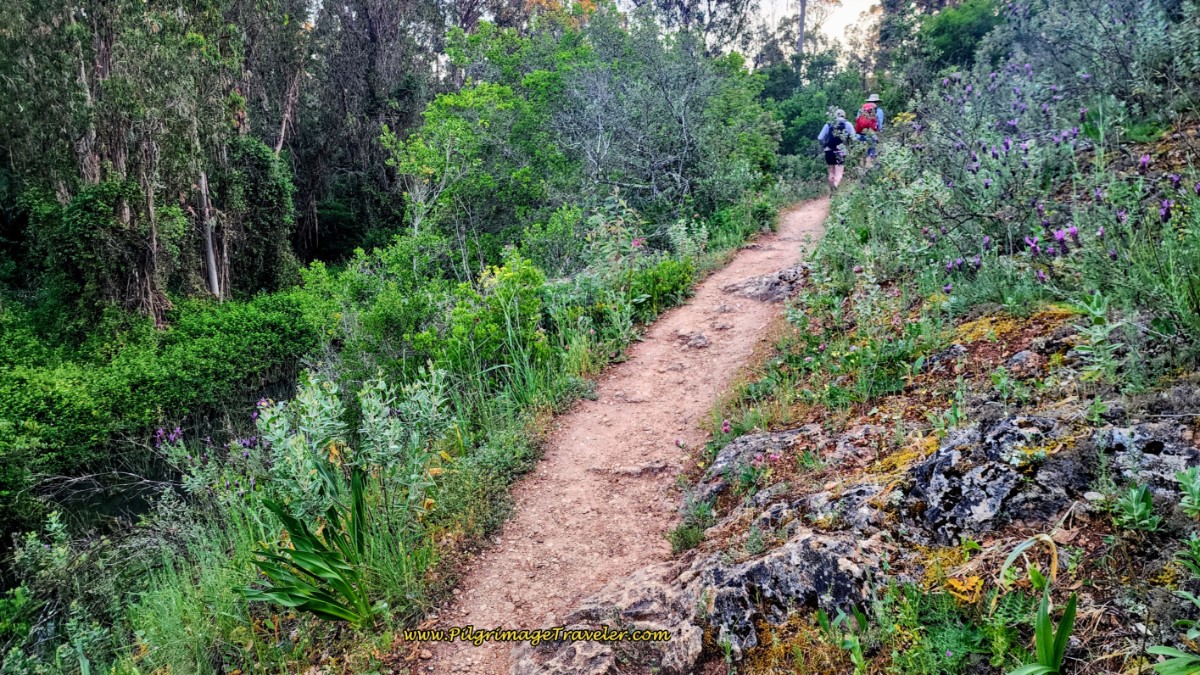 Path by Nabão River
Path by Nabão River Spring Blooming Tree
Spring Blooming TreeThis path was lovely in the cool spring morning, with birds chirping and the aroma of the flowering trees. I was in heaven.
The path continues to follow the river until you come to this old structure, a mill perhaps. The trail divides here, and I turned right and up the hill by mistake. Stay low, left and down by the river here. I had to retrace my steps back down to the river. I'm not sure how I missed any markings.
This was one of the very few times when I climbed too high and too soon, when I made my mistake! I must have been anticipating the elevation changes for the day.
When I didn't see or hear Rich for a while, I became nervous and turned around. Good thing, as who knows how long I would have kept going the wrong way.
After about 2.5 km, the path leaves the river, turns eastward, and comes to the T-intersection, below.
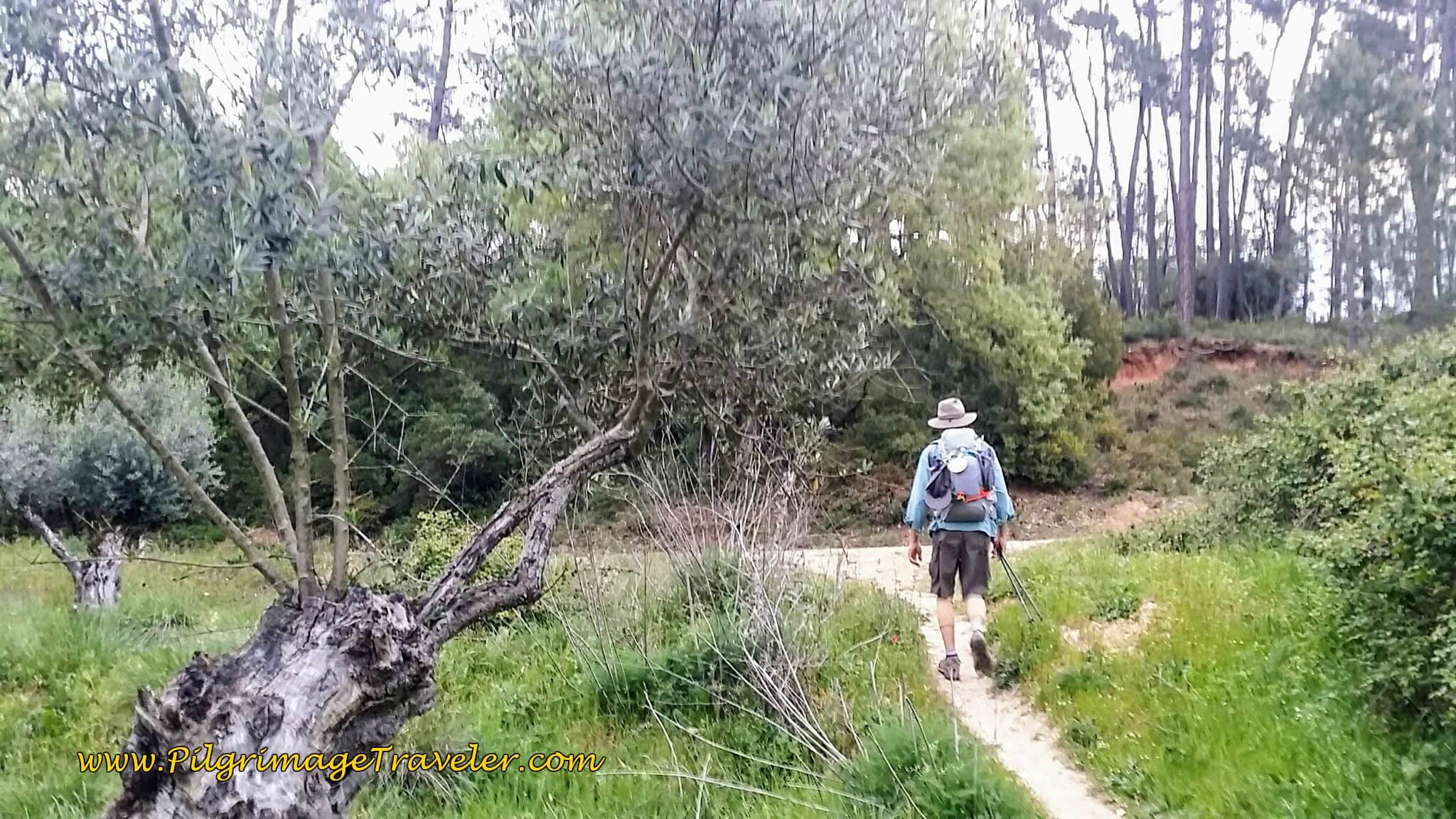 Turn Left at T-Intersection
Turn Left at T-IntersectionOne needs to turn left onto the wider lane.
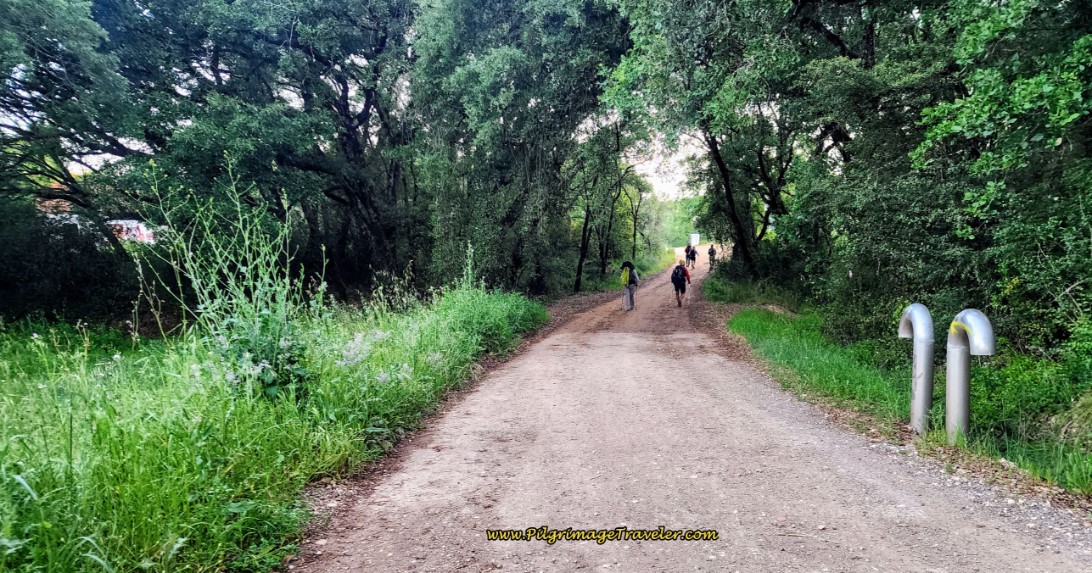 Lane Towards Ponte de Peniche
Lane Towards Ponte de PenicheAt about 2.9 km, the Camino path walks over this ancient bridge, below, the Ponte de Peniche. This double-arched limestone bridge, built in the 16th century was part of an old road that ran from Tomar to Coimbra, according to the Arqueologia Patrimoniocultural website.
Within a couple hundred meters, the lane walks under the highway, the IC-9, then down a hill past a glorious estate, shown just under the bridge in the photo below.
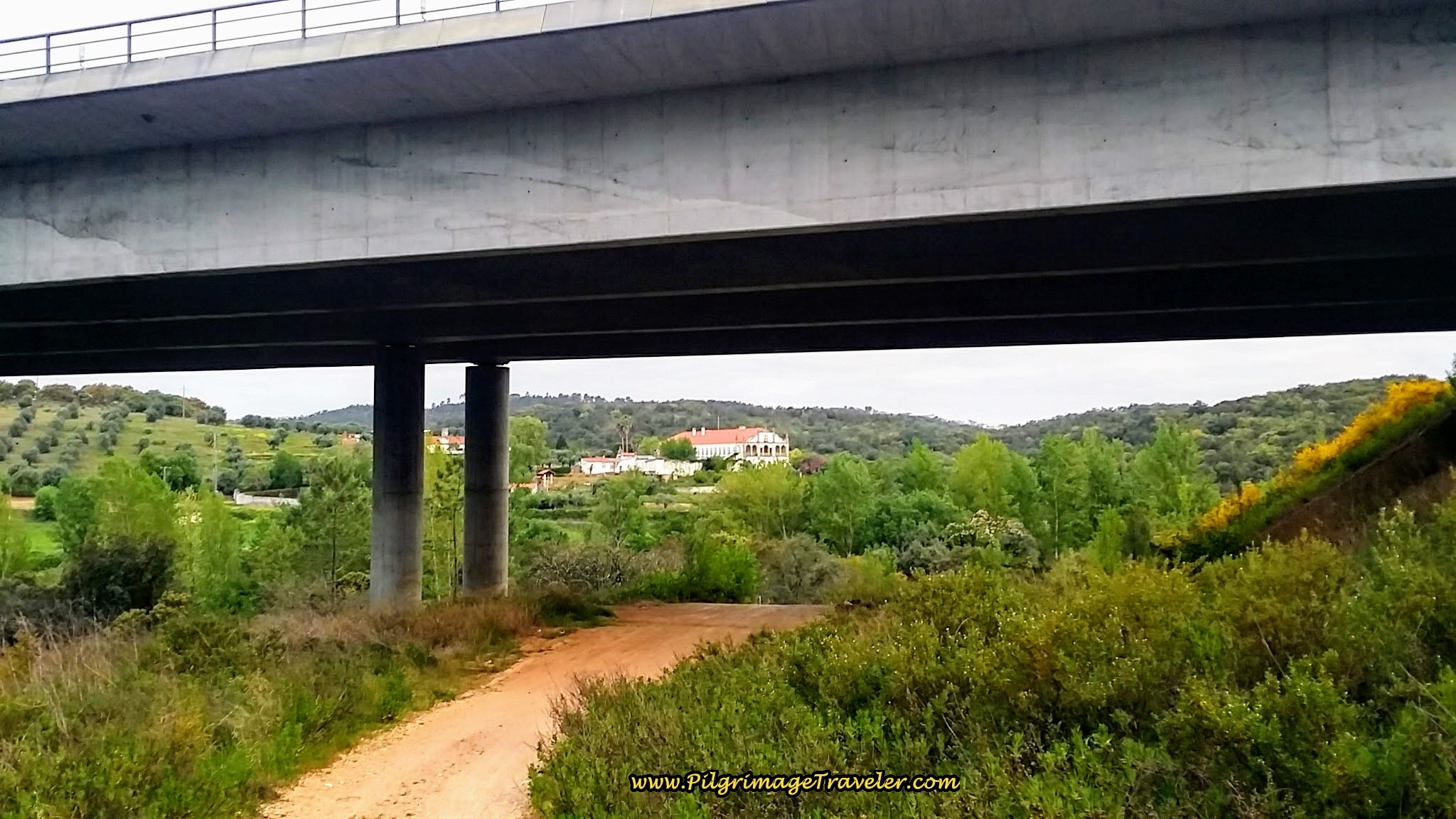 Walk Under IC-9
Walk Under IC-9Lo and behold as you continue walking amongst the vinca, along the path, you rejoin the Nabão River. It is on your left. Follow the river for about another one-half kilometer.
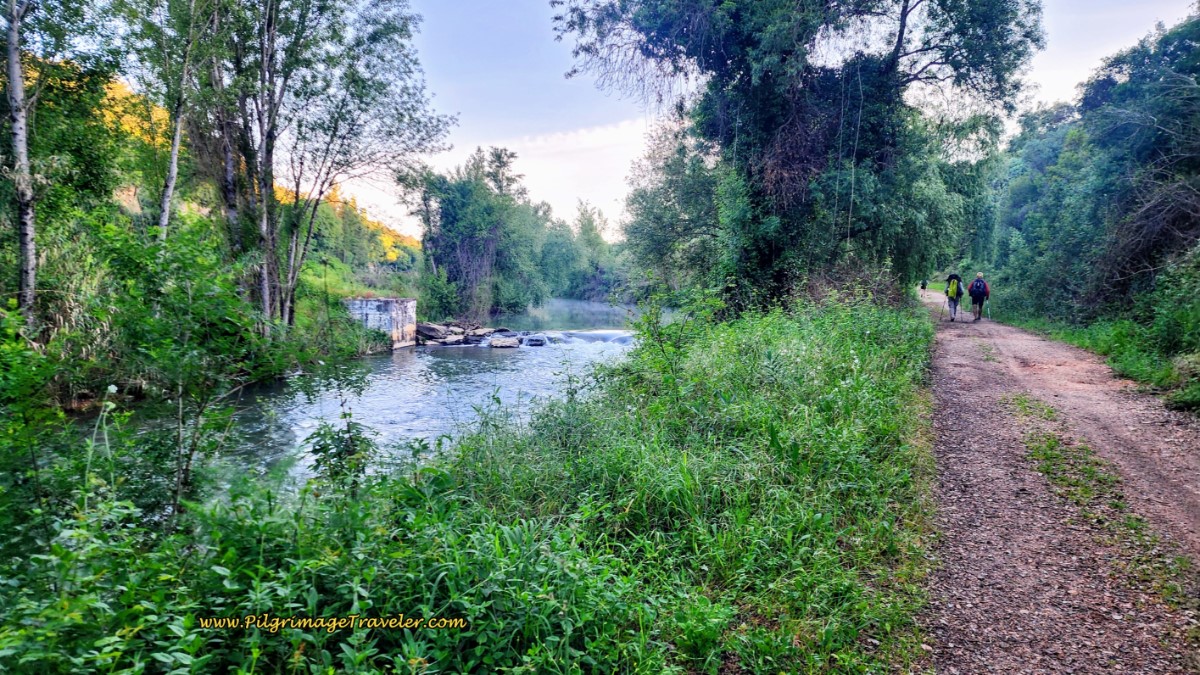 Vinca Lines the Path Where it Re-joins the Nabão River
Vinca Lines the Path Where it Re-joins the Nabão RiverShortly you hear a waterfall, and see two abandoned buildings on your left. All of a sudden the nice gravel road makes an abrupt turn to the right (east), at just shy of 4 kilometers, and begins to climb up a steep hill. We almost missed the markings as there is a path that continues down below along the river.
As you head up this steep hill, if you look closely there is a rock with a painted yellow arrow on it. Then you will know you are on the right path. You are now leaving the Nabão River for good and beginning the serious climbing for day six on the Camino Portugués.
As you head up the hill, look to your right (south). You can see the bridge of the IC-9 that you just crossed under and I also thought I could see the Tomar castle.
At the top of the hill, there is another yellow arrow painted on the rocks, to assure you that you are heading in the right direction.
Climb up a stony lane to the top of a ridge, that looks out over an olive tree grove and village. We were walking a little slower here because the path is a bit steep at places but not too bad.
The morning was still gorgeous, with the sun finally coming out at five kilometers into our day. Yet it still remained nice and cool. Amen!
For the first time it felt to us like a "real" Camino. despite the loneliness of being the only pilgrims on the road. We knew our Aussie friends were behind us, (we had met them in Tomar), but we knew of no other pilgrims on that day.
As I interpret this feeling from my voice journal notes, after the fact, I realize that what I meant by a "real" Camino, was that it looked more like other Caminos we had been on, with similar topography. This familiar feeling, I realized, was a feeling of comfort. It had nothing to do with whether or not this was a "real" Camino!
The nice path ends at this intersection, with the yellow arrow on the pole, telling the pilgrimage traveler to turn right, and onto the Rua Principal, towards Casais.
There are new waymarks through here, so it will be easier to follow. And this intersection marks the top of the first climb at almost exactly six kms into the day.
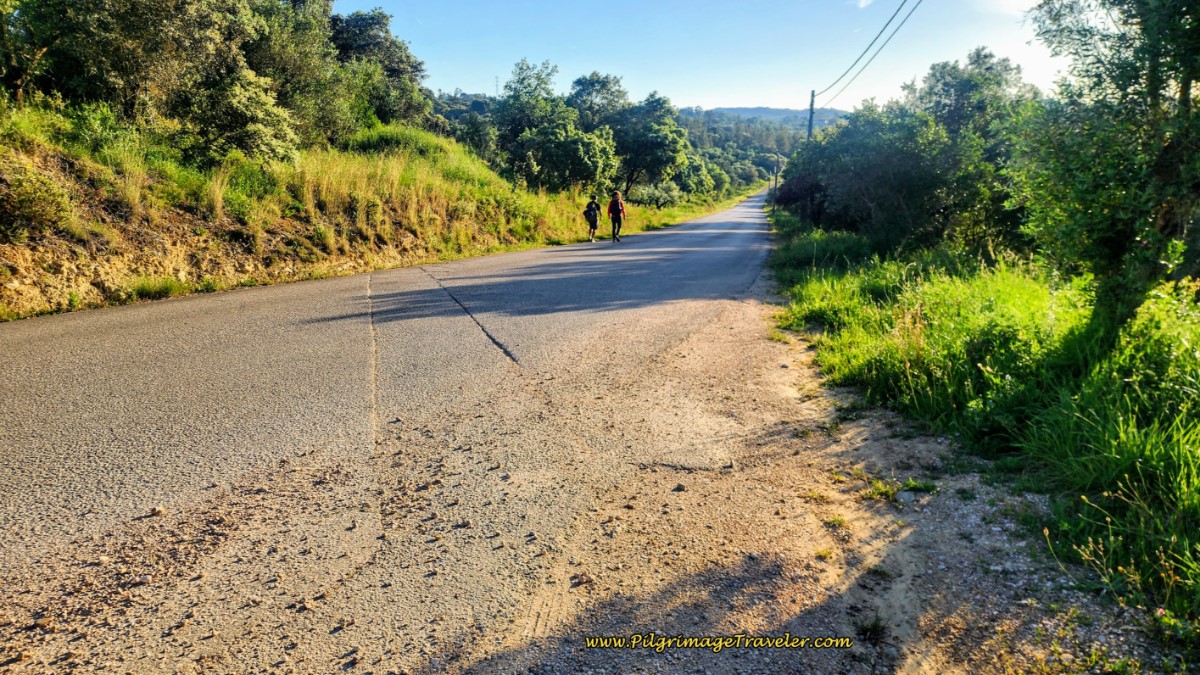 Turn Right Onto the Rua Principal, Towards Casais
Turn Right Onto the Rua Principal, Towards CasaisBefore reaching Casais, I noticed that I had a lot to say, and voice journaled quite a bit. After having settled into the first 5-6 km, I began to reflect on my morning of day six on the Camino Portugués.
The thing that I noticed about myself on this day, is that I had an aversion to even getting up and out of bed. During the prior night everything had ached. When I woke up, and dragged myself out of bed, I even had an aversion to eating! I could hardly make myself eat another continental breakfast of just bread, jam and coffee!
I spoke freely into my voice recorder, spilling out my guts regarding the cultural differences. I just could not understand how Europeans do it, eating mostly carbs for breakfast and then walking for hours!
Rich and I are protein-lovers and without it in the morning, we feel it! Fortunately, we had bought eggs and hard-boiled them the night before, and had those for breakfast. We also bought meat and cheese and made hearty, protein-filled sandwiches for the day.
The Easter holiday weekend scared us, and we were warned by the locals that not much would be open. We were loaded up with food and were ready for the day!
After walking for one and a half hours, I did settle in and my body did feel better. I do believe that having had protein for breakfast helped me. I felt like I could go longer before the second breakfast, if needed on this day six of our Camino Portugués.
I felt stronger as we walked. Perhaps it was merely a mental thing, perhaps it really was the protein. Whatever the reason, I do know that as I listened to myself voice journal, that there was clearly hope in my voice.
Back to Day Six on the Camino Portugués
After joining the Rua Principal, in about 1/2 kilometer, the road forks to the right and walks on the Rua Associação into Casais, see below.
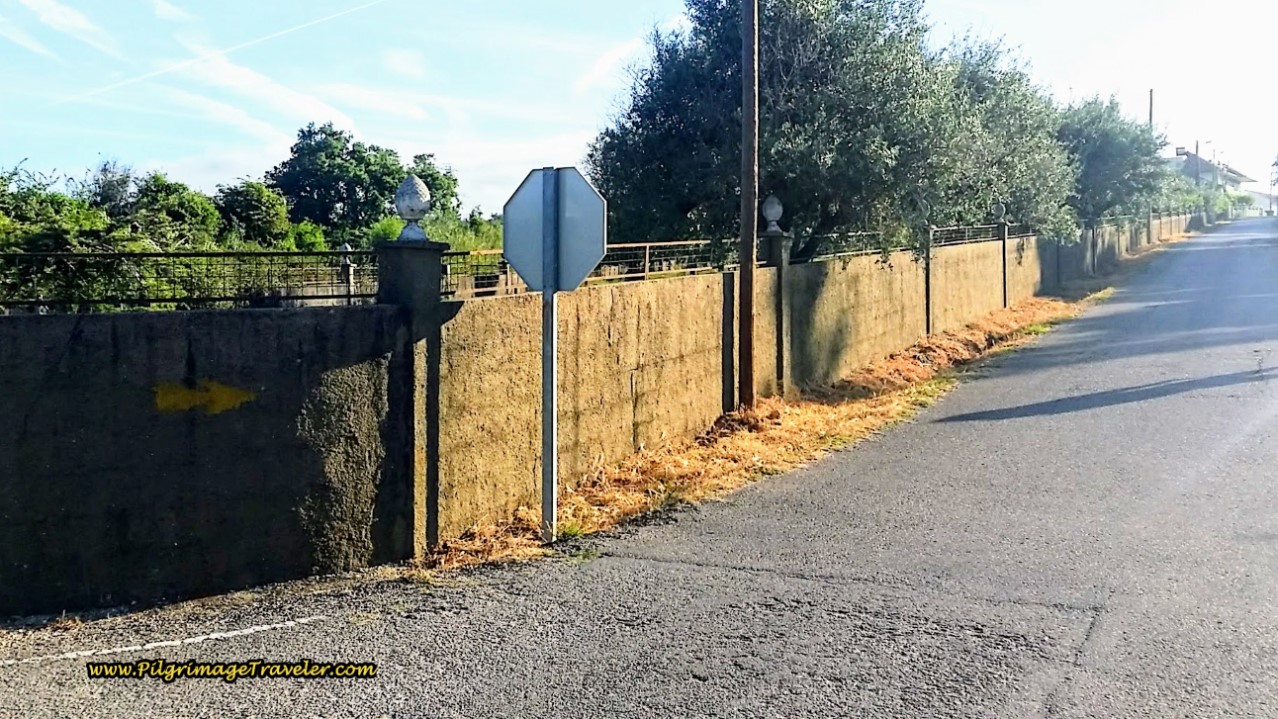 Turn Right on the Rua Associação into Casais
Turn Right on the Rua Associação into CasaisA lovely fountain greets you as you enter the center of town and you can freshen up. I don't know if the water was potable, but we did not test it.
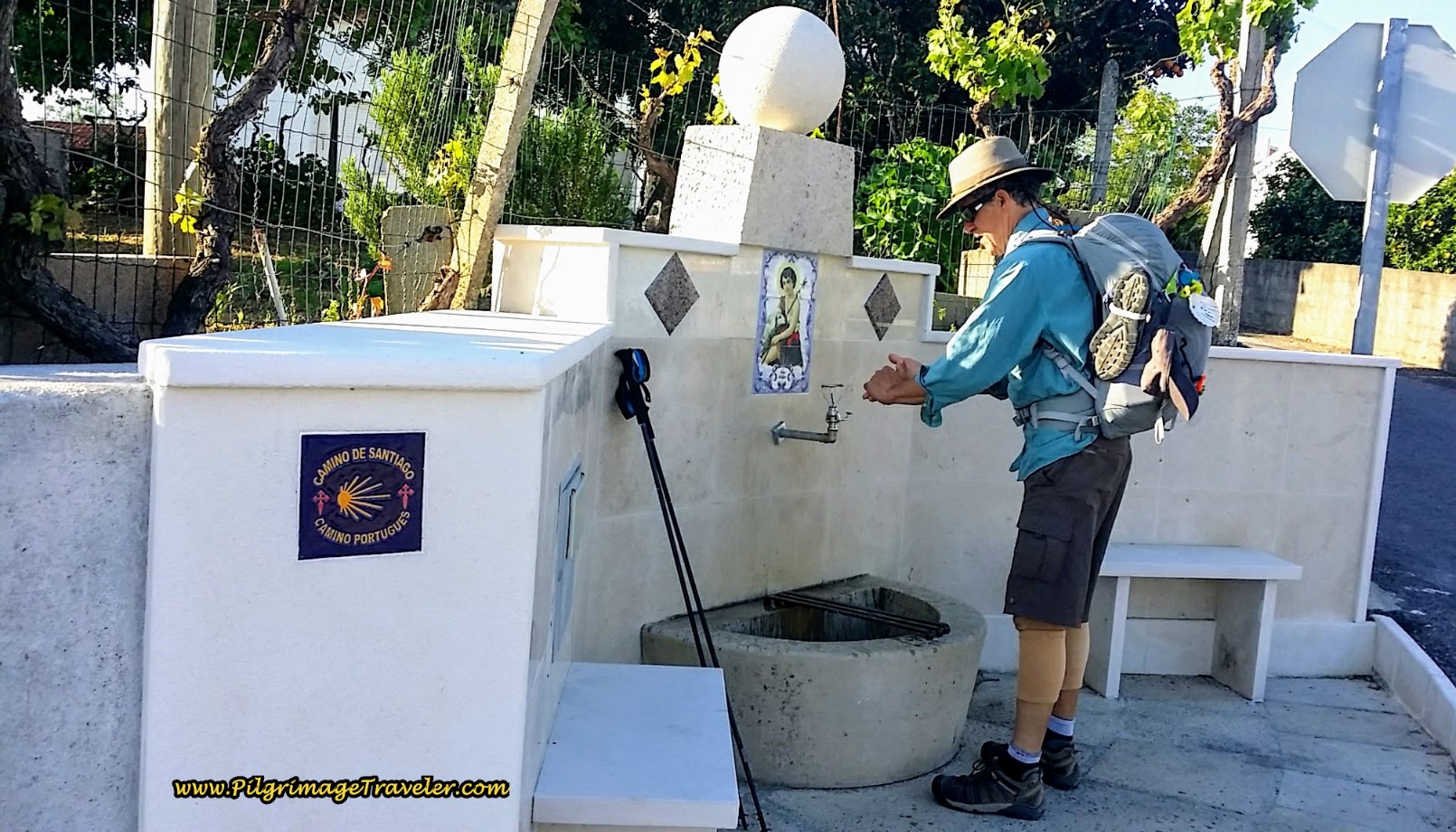 Community Fountain in Casais
Community Fountain in CasaisUnsurprisingly, as we walked through Casais, the church is the predominant feature. You are about seven and a third kilometers total at the church.
After the church is the usual cemetery, bounded by a high wall. An angel from within, was perfectly illuminated in the sunlight as we approached. The angel spoke to me from the high wall, elevated so I could see her. I was grateful for the vision and felt safe and happy.
Another blessing on day six of our Camino Portugués was the orange and lemon trees everywhere. We had timed our Camino perfectly as they were ripe and ready to be harvested.
Orange trees were everywhere, most of them quite neglected! Oranges were rotting at the foot of many a tree, so we helped ourselves to the ones remaining in the trees. They were delicious and unbelievably juicy!
At 8 a.m. we had our second breakfast of two oranges each, right from the tree! The Camino was really providing! It really did feel like a Camino, starting right then! Was the shift in my body, my mind or my soul?
Onward past Casais along the Estrada Giesteira, the signpost points to the next town called Soianda.
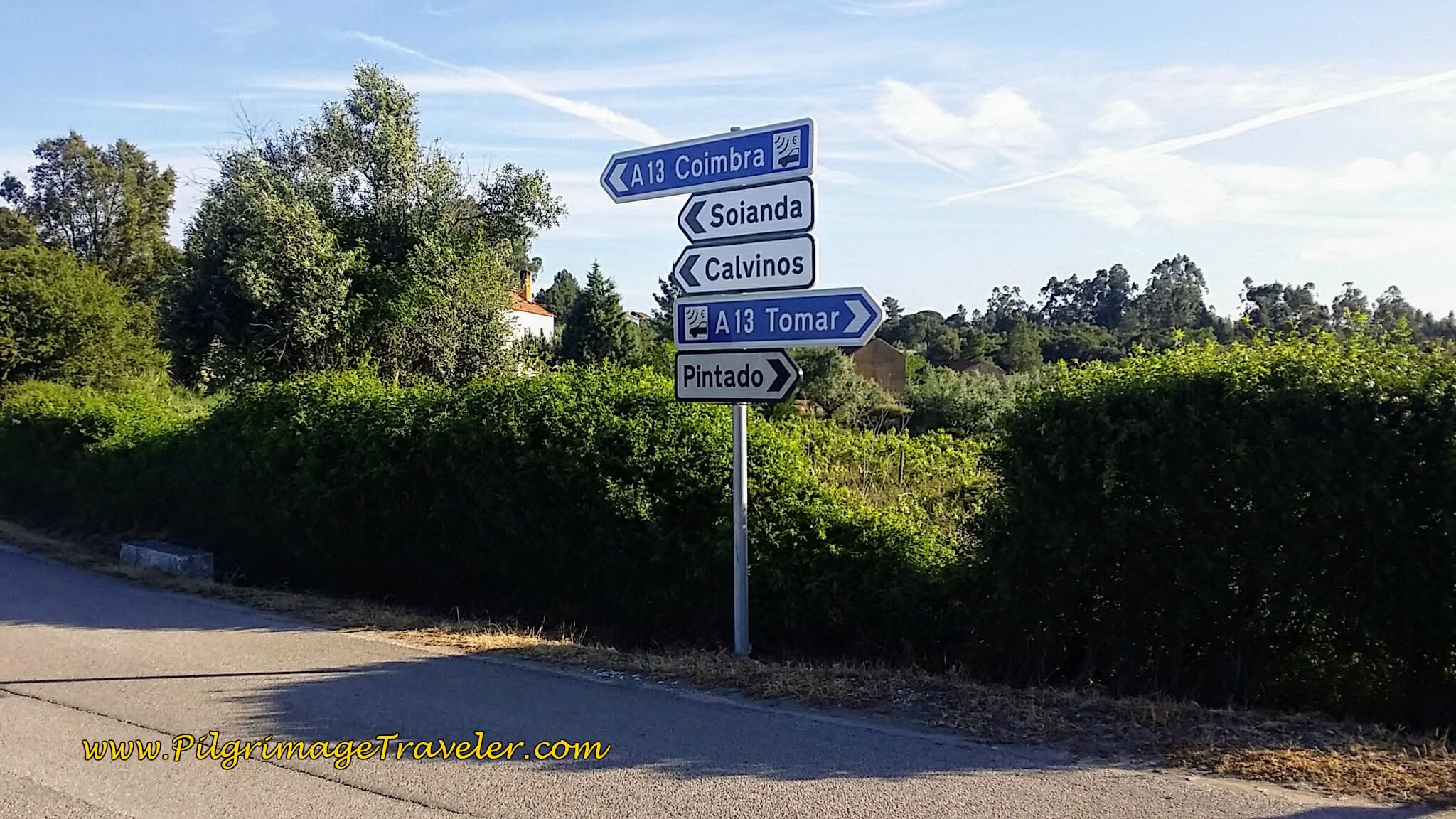 Signpost to Soianda
Signpost to SoiandaIn about 8.25 km total, walking through Soianda, the first open cafe appeared, the Café Balroa. Since we had oranges, we did not stop. Not even for coffee. It was all about the rejuvenating oranges!
A ways onward, at around nine km into the day we did stop and rest here, sitting on the wall, below. We ate more oranges and some cheese from our pack. We also aired out our feet. Very important for Rich, who's blister was on the mend after the day off in Tomar.
The sign and yellow arrow in the photo below, points the pilgrimage traveler towards Calvinos, the next town.
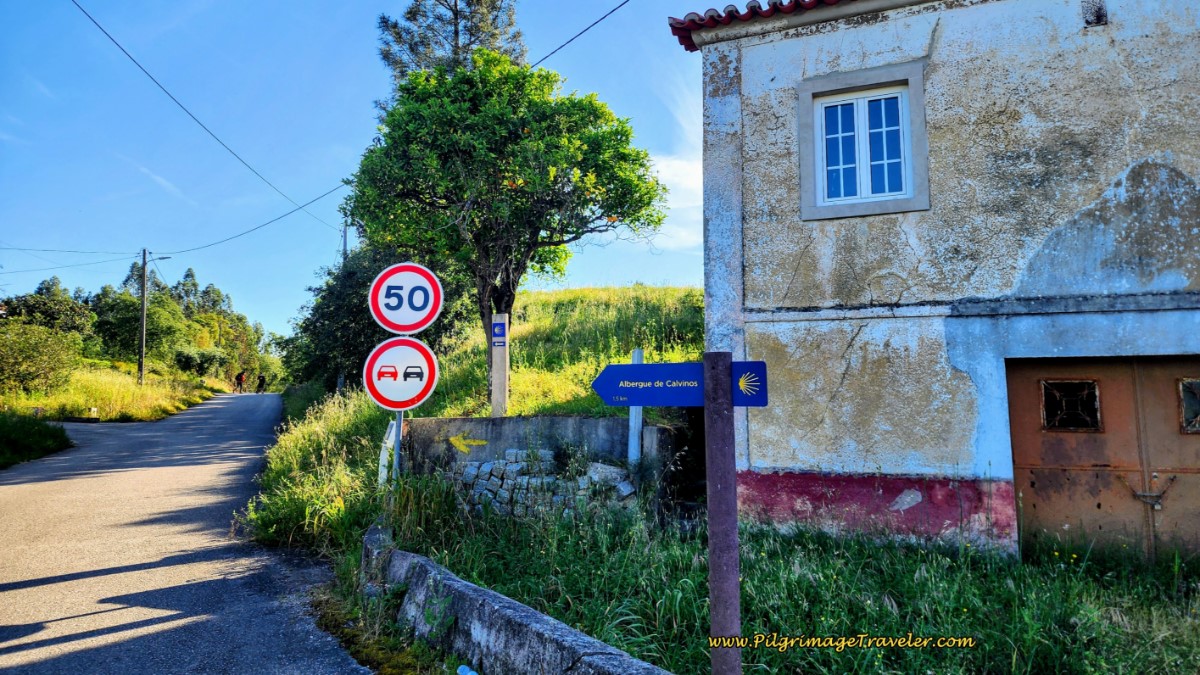 Signpost To Calvinos
Signpost To CalvinosJust beyond the building, was another fabulous orange tree! Here is Rich, scrambling for a couple more to stash in our packs for the onward journey!
Leaving Soianda, one reaches Calvinos, rather directly, on the continuing Estrada Giesteira, below. It is a very quiet, paved road leading you onward.
By the time you reach Calvinos at this crossroads, below, at about 10.3 km, you are about one-third of the way through your day six on the Camino Portugués. It is at this crossroad, where the Estrada Giesteira becomes the Rua Capela and the Camino goes straight and by this yellow house. If you were to look right, you will see the brand-new municipal Albergue de Calvinos, with 10 beds, just to the east of the intersection.
Onward, walking through Calvinos, along the Rua Capela is shown next.
Once in the center of town, the Camino turns right on the Rua Principal (Main Street) and we encountered the second open café, the Café Cabeleira.
This was the very last café we saw on day six of the Camino Portugués, so make a wise decision here. There are absolutely no services after Calvinos, so make sure you have sufficient food and water before you leave this town!
At this café, the Camino goes left onto the Rua Bairro, shown in the photo above, and the walk continues through Calvinos.
I loved this sign, below, as we left Calvinos. Wish I had done more than just pass through on this fine day six of our Camino Portugués!
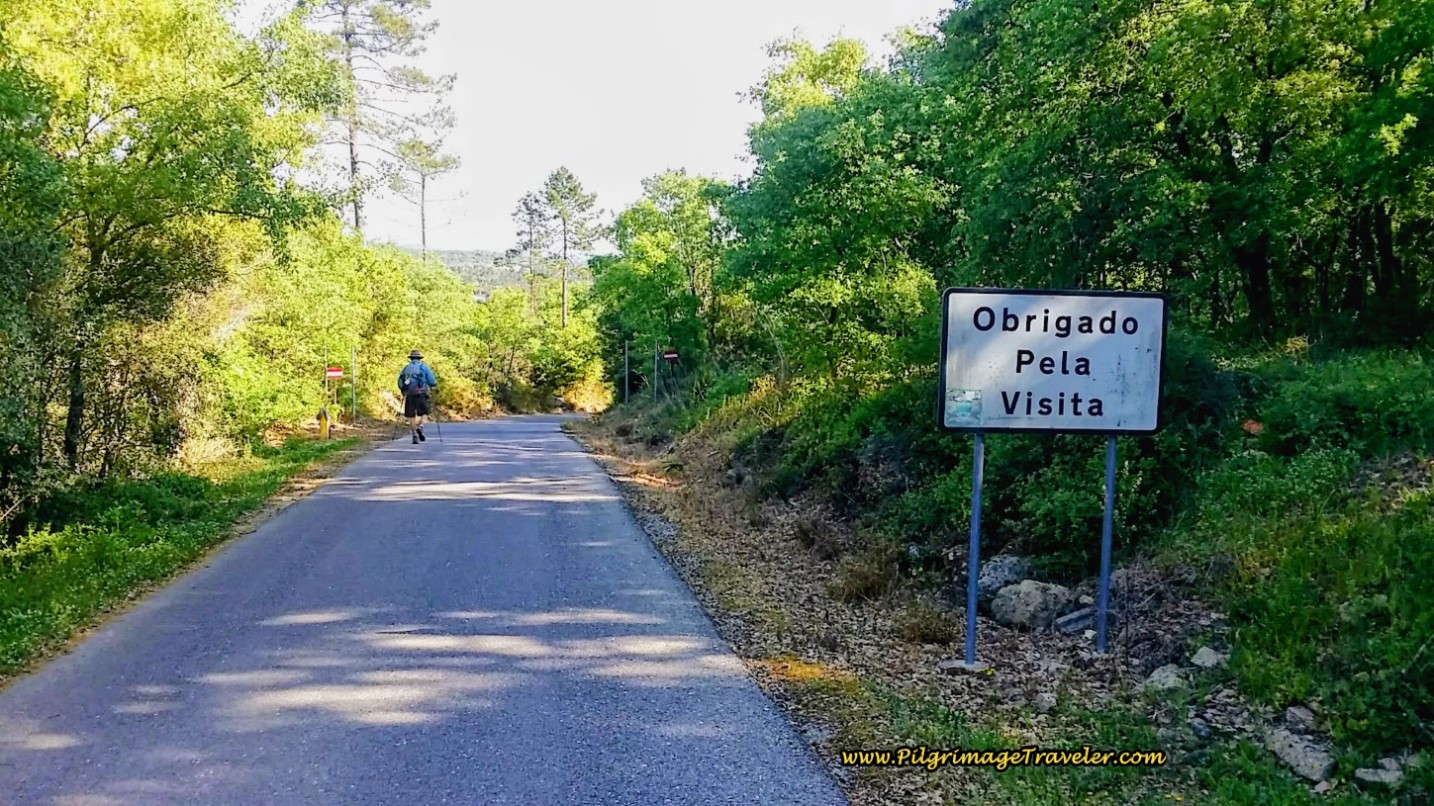 Thank-You For Your Visit ~ Signpost on the Rua Barrio
Thank-You For Your Visit ~ Signpost on the Rua Barrio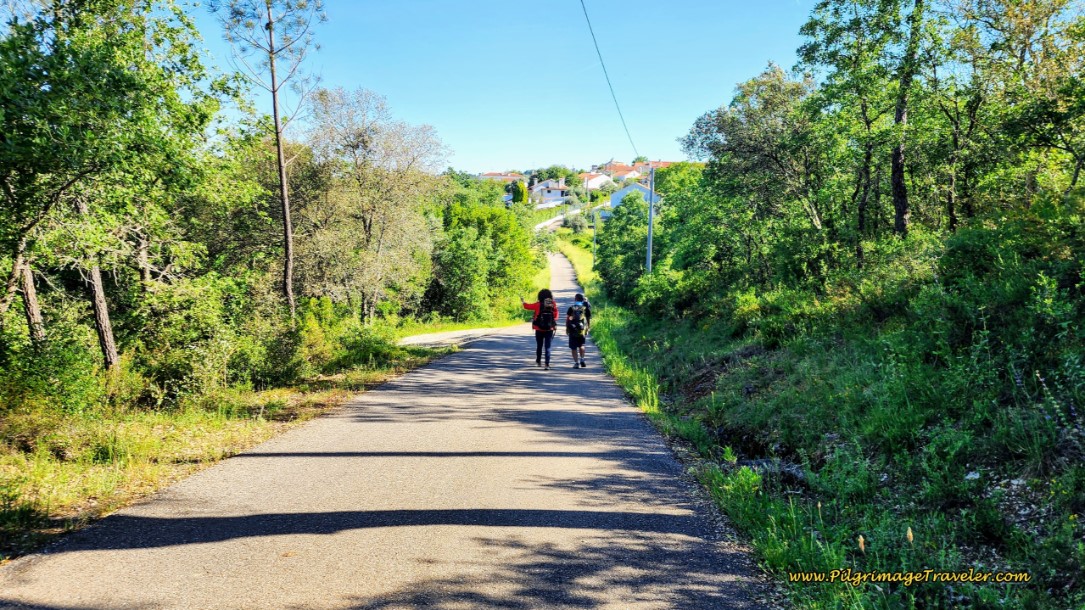 Rua Bairro Onward
Rua Bairro OnwardContinuing straight along the Rua Barrio, it becomes the Rua Agostinho Feitas as it walks into the town of Chão das Eiras at approximately 11.8 kilometers.
You take a right turn onto the Rua São João, and an almost immediate left turn again, at this welcoming fountain in the center of town, below.
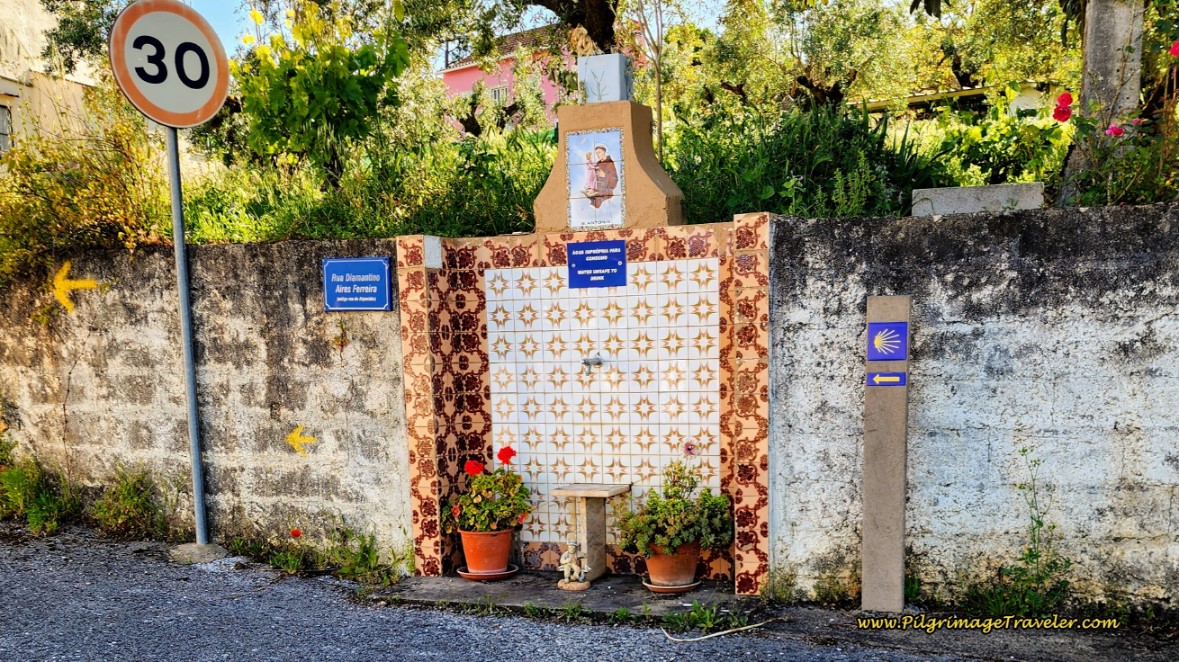 Turn Left at This Fountain onto the Rua Alqueidão
Turn Left at This Fountain onto the Rua AlqueidãoAfter the small hamlet, the Camino continues along the Rua Alqueidão...
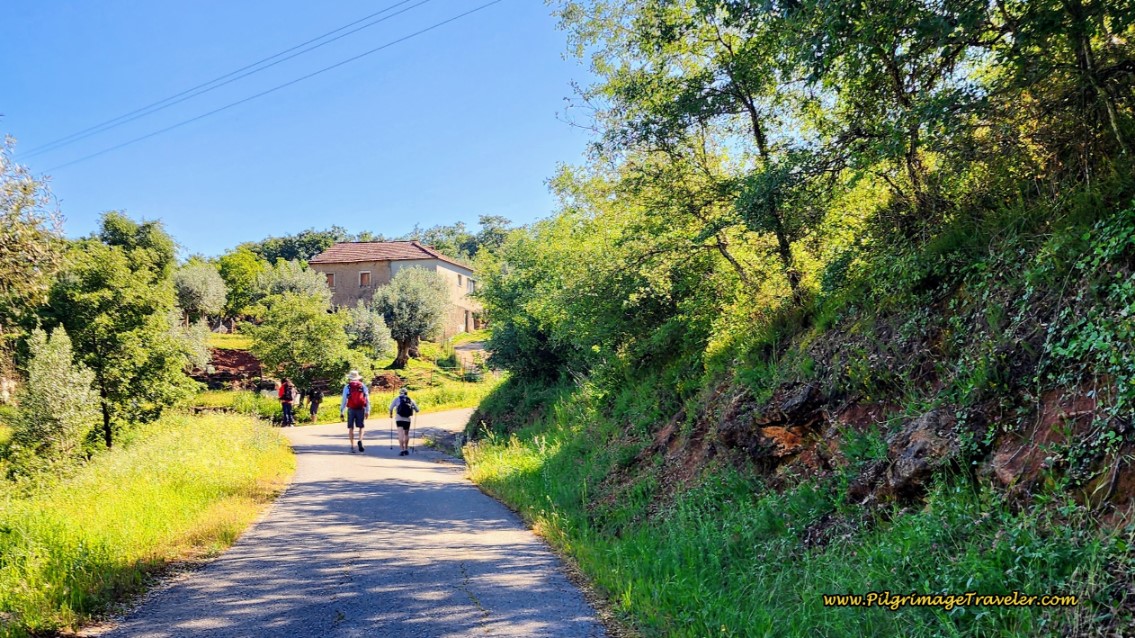 Camino Continues Along the Rua Alqueidão
Camino Continues Along the Rua Alqueidão...until it joins the N110, very briefly, and makes a right turn, here on another side road, the Rua Lugar da Boucha. In 100 meters or so, on this road, is the landmark museum, the Fonte de Ceras. The sign reads "Escoural," but I could find no such town on the Google map!
After the Fonte de Ceras, at about 14 km into the day, the Way veers to the right, then once again leaving the pavement and onto this lane, below. The lane turns steeply up a hill and to the left.
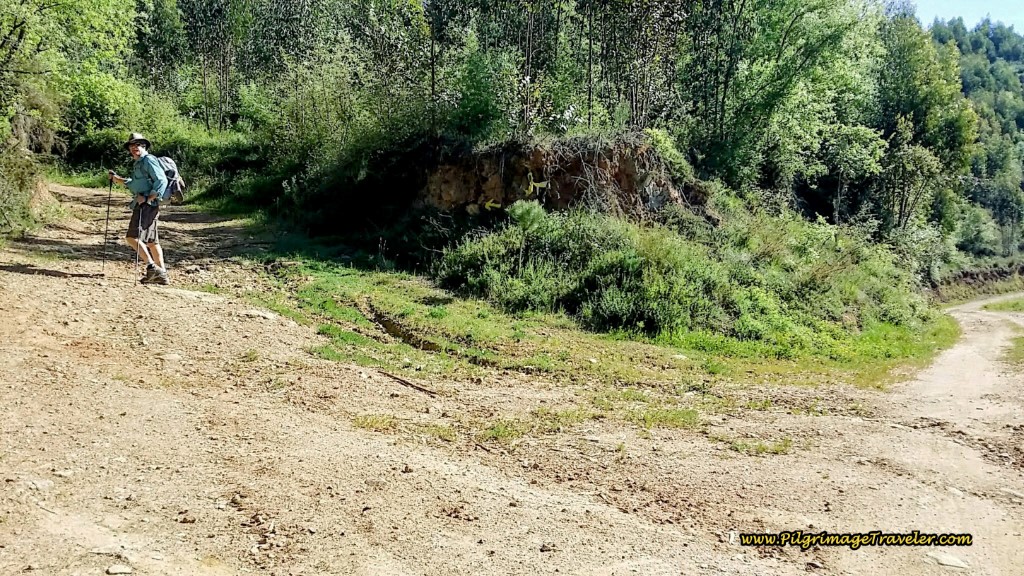 Turning Left and Uphill, Into Forest
Turning Left and Uphill, Into ForestYes, we are now beginning the second steep ascent for the day on tractor lanes. Fortunately for us, it is through a shady eucalyptus forest, at least initially.
We found a nice spot to sit for lunch, close to here about 16 km into our day six on our Camino Portugués. Again, we aired out our feet as we picnicked. It was a welcome break, more than halfway through our day.
Continuing on the forested lane, we even encountered the harvesting of eucalyptus. The growing of these non-native trees for commercial use is a hot topic in Portugal. Click on this article, "The Eucalypt Invasion of Portugal" if you wish to learn more about how this tree, that we all love, impacts the land, the economy and the people.
At the next intersection in the forest, below, stay straight here. This is a high point along the way at about 15.2 kilometers, and as you continue through the forest, you are essentially keeping to the top of a ridge.
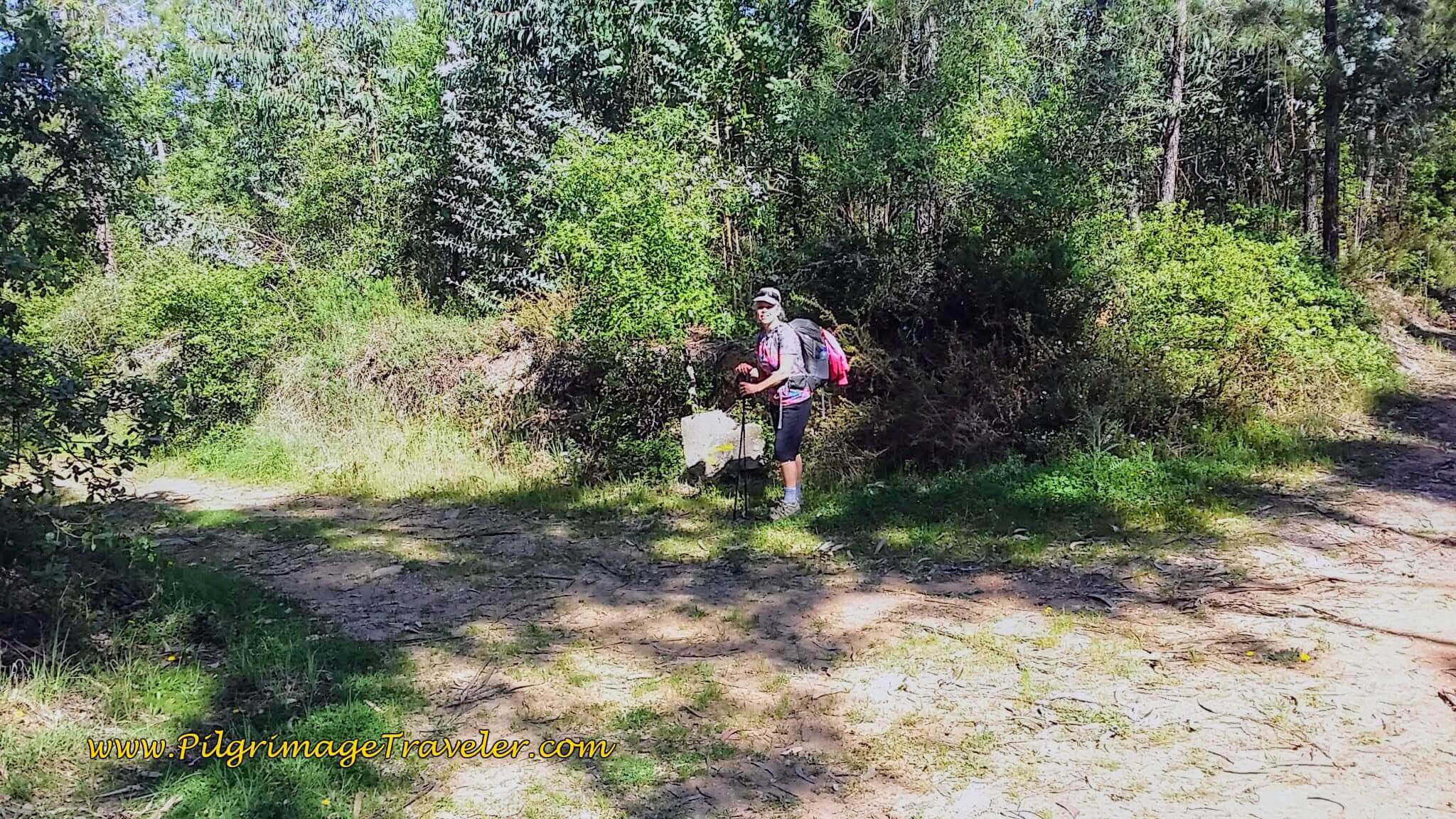 Elle at Forest Intersection - Turn Left Here
Elle at Forest Intersection - Turn Left HereAs the lane continues through the forest, in another 1/4 kilometer, you stay left, eventually exiting from the forest and walking downhill into the town of Portela de Vila Verde. The lane ends and the Camino turns to the right and onto the pavement, heading northward.
The wisteria are growing wild everywhere. I loved it! Even the oldest, most dilapidated buildings have them. They appear to grow like weeds. Here is some just growing along the country lane as we passed.
We continued to follow this quiet, paved country lane northward into the center of Portela de Vila Verde, around 16 kilometers into the day. This route essentially parallels the N110 to the east.
Continue along these unnamed quiet, paved country roads, following the waymarks straight and north (or my GPS tracks).
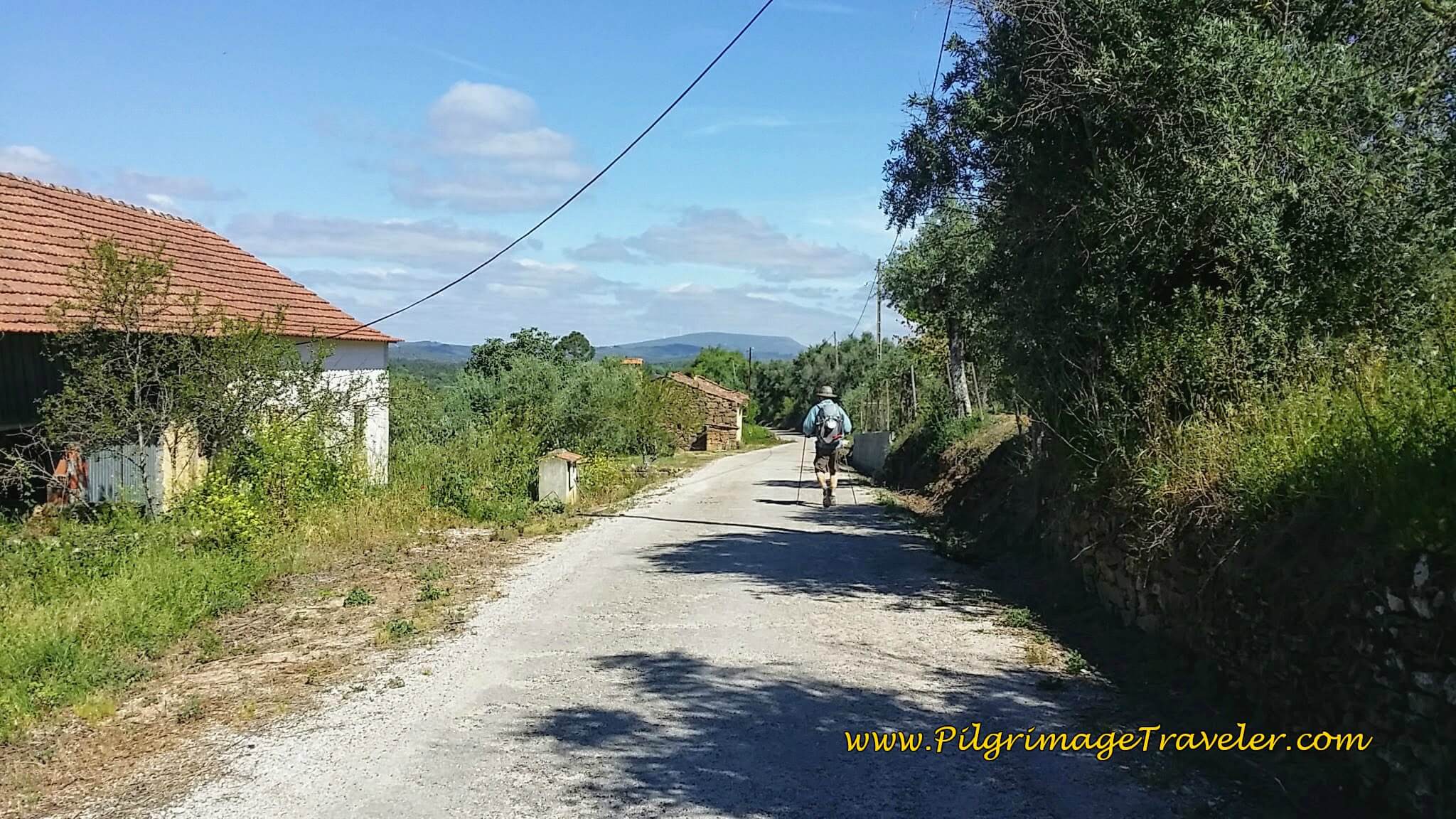 Unnamed Country Road
Unnamed Country RoadAfter several kilometers from Portela de Vila Verde, you walk through the small town of Casal da Sobreira and come to this intersection, where the way joins the M527, at approximately 18.4 kilometers total. Turn right onto the M527 here at this T-intersection.
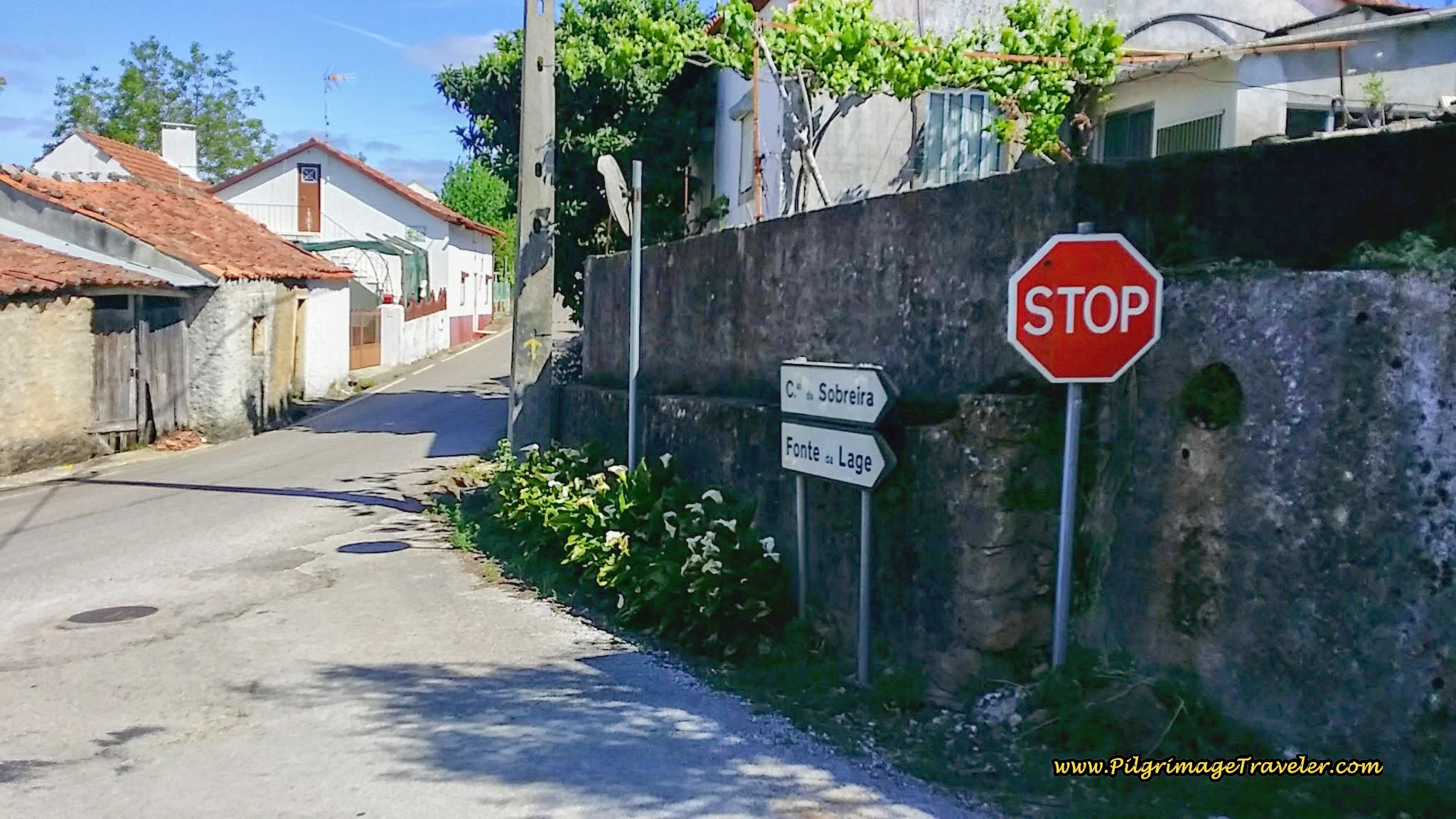 Joining the M527
Joining the M527It was along this way that we ran into an Aussie couple that we had met briefly in Tomar. On our way back to Tomar from the Aqueducto de Pegões, they had stopped us to ask directions to the aqueduct.
We caught up to them on day six when they had stopped at a bus stop for lunch. We reacquainted ourselves and had a nice chat. Chris was on a bicycle, recovering from knee surgery, and Christine was walking a supported Camino, with most of her gear in the saddle bags that he carried on the bike. They would meet-up for lunch and at the end of the day, using iPhone tracking apps. A nice arrangement for them both!
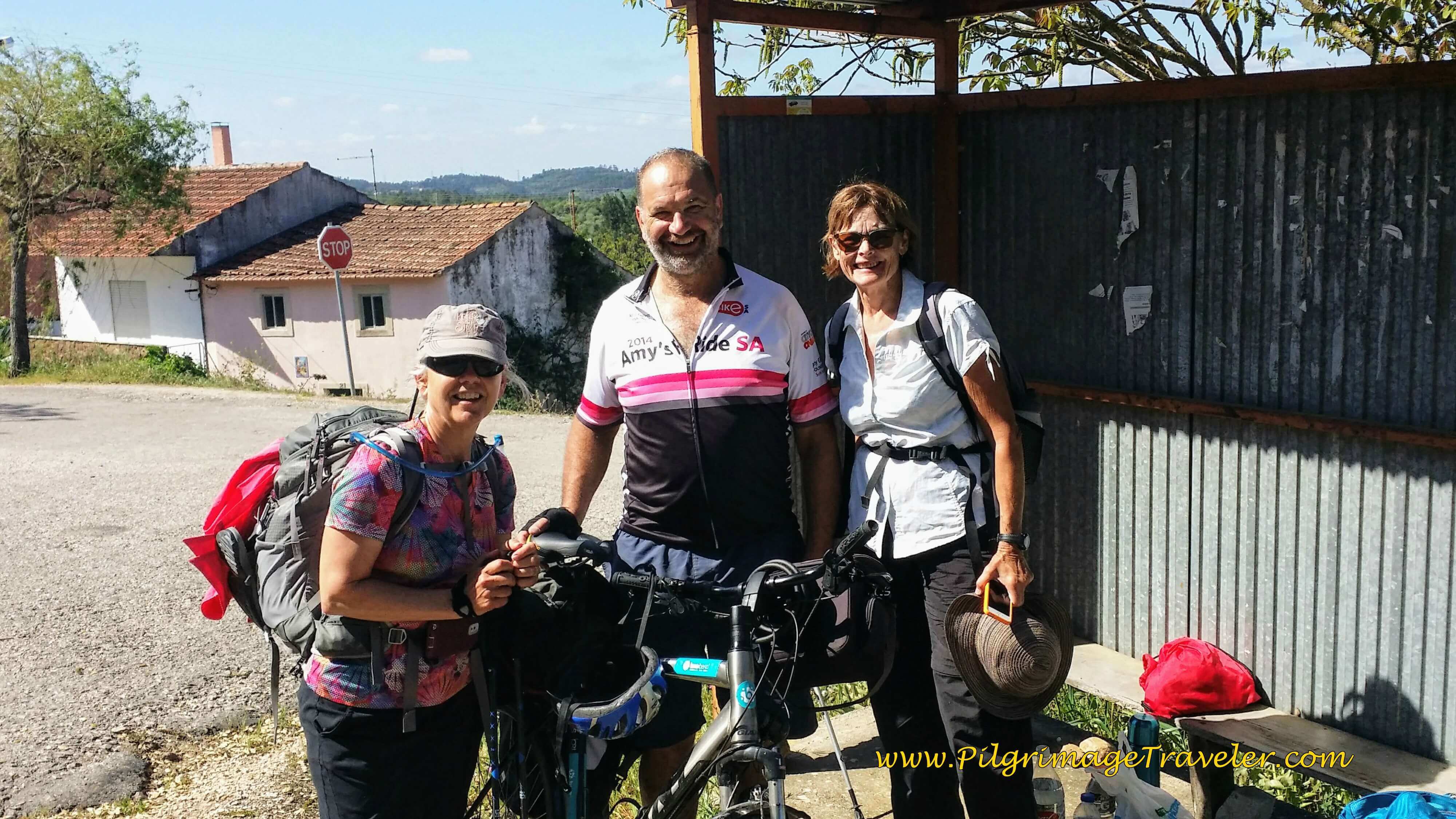 Elle with Aussie Mates
Elle with Aussie MatesChristine continued on walking with us, for the remainder of the day, as Chris sped off on his bike. It helped the final third of our day six on the Camino Portugués fly by much faster, chatting and getting to know her better.
Continuing on the M527 for only about 1/2 km, we turn sharply left onto another unnamed paved road, then right soon after.
After the right hand turn you will walk again through a forest for about 1.5 kilometers on unpaved tractor lanes. This is the second to last ascent for the day.
Following the arrows, you come to a large intersection of lanes, shown below. The Camino goes straight, and slightly uphill. Congratulations, a few meters beyond this intersection is essentially the top at 20.6 kilometers into the day!
Continue on this lane through the forest for about another 1.1 kilometers, passing the Quinta do Tojal (very expensive to rent entire villa for a minimum of two nights) and eventually coming out onto the N348 at approximately 21.7 kilometers. Walk a few more meters on this road and cross the N110 and continue on the N348 toward Alvaiázere.
I promised to show the good, the bad and the ugly on the Camino Portugués, and this is the ugly 3 kilometers that you need to walk on the pavement into Cortiça. Plus you are beginning the final, long, gradual climb at the end of the day!
Here is our Aussie friend, along the N348, 3 kilometers later, when the Cortiça sign post came into view. She kept a brisk pace, with her light day pack. I had a little trouble keeping up!
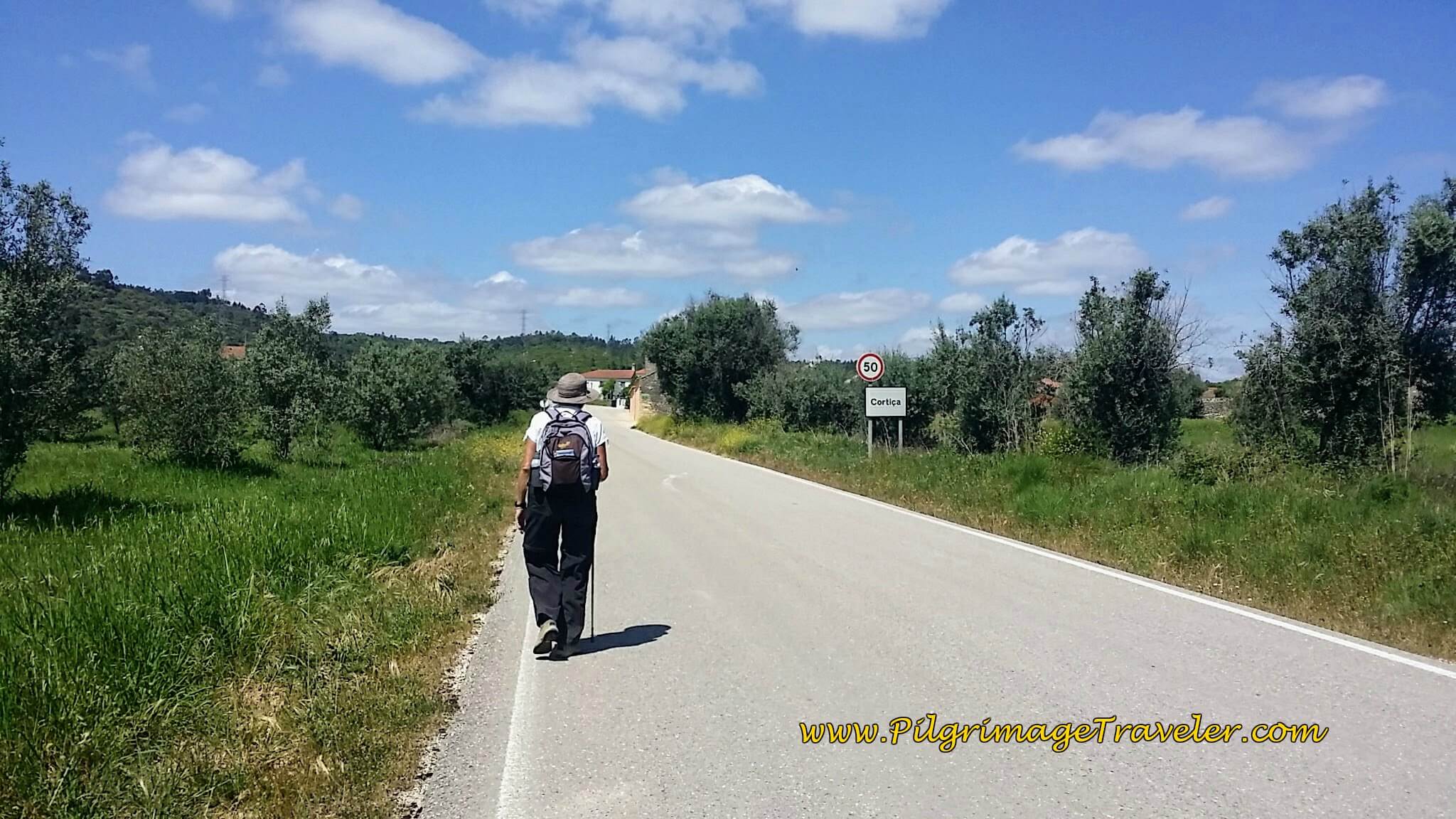 Entering Cortiça on the N348
Entering Cortiça on the N348At the intersection with the CM115, we passed by this notable landmark, the Casa-Torre de Cortiça shown below. It has very recently been turned into a pilgrim's hostel and has been given fine reports. You can book ahead at the Quinta da Cortiça. and for more information, click on the link. If you end your day here, you have walked a very nice 25 kilometers.
Right after the Quinta da Cortiça the Camino turns right (east) onto the CM115. Within about 0.8 kilometer, we turned north (left) again at this intersection, below, toward Outeirinho.
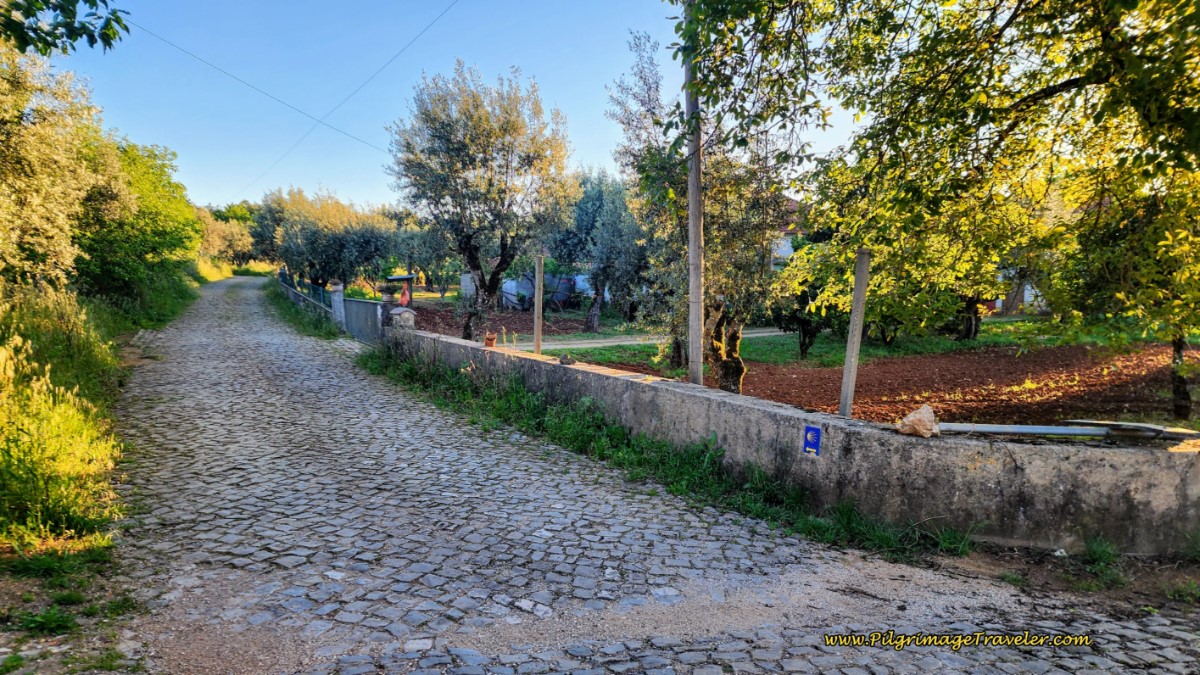 Turn Left Here Toward Outeirinho
Turn Left Here Toward OuteirinhoHere is a lovely, cobblestone lane, lined with a wall for part of the way. Here is my Aussie friend again, posing for me, but not looking in my direction!
More glorious wisteria that greeted us on the Rua Principal do Outeirinho as we walked through the town, reaching the center at about 26.6 kilometers.
After walking through Outeirinho, the Camino follows a road by the same name as it continues northward, then leaves this road, at 27 kilometers, where it heads straight north on a lane for about 400 meters. Then it turns to the left onto an unnamed cobblestone street north and east towards Alvaiãzere, below.
400 meters farther, come to a T-intersection, where the Camino continues to the left, on a cobblestone, unnamed road, until 28.2 kilometers, where it joins the EN356 paved road only briefly. After a left turn onto the EN356, almost immediately, the Camino leaves the road to the right, to continue northward on quiet, unnamed lanes for another 1.5 kilometers, until the road becomes the Rua do Almagre on the south side of Alvaiázere. At 29.7 kilometers, you come to this intersection, shown below.
At this intersection below, by the lovely wall-fenced home, the Camino makes a hard left hand turn to walk westward on a lane.
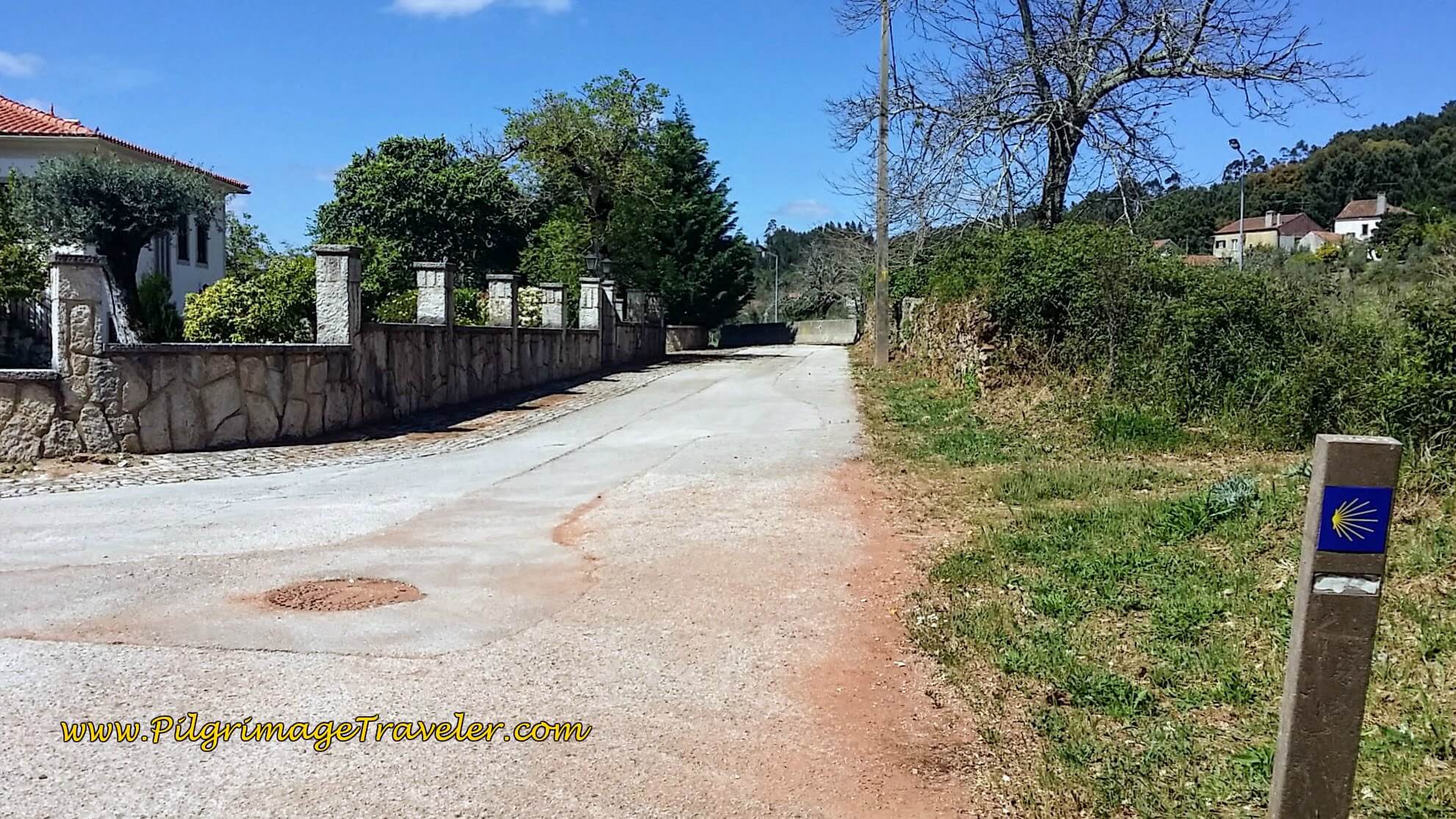 Turn Hard Left Here toward Alvaiãzere
Turn Hard Left Here toward AlvaiãzereAfter about ⅓ kilometer on the lane, you come to a T-intersection, where you take a right turn onto the main road, the N-348, into Alvaiázere. It is a full kilometer onward into the center of town from here. The town church is where the Camino ends for this stage. The municipal albergue in Alvaiãzere, the Albergaria Pinheiros (+351 915 440 196) is less than 1oo hundred meters to the east of the church. There is also the Aldear Turismo Rural e de Habitação, also in the center of town, (+351 966 234 320) across from the church.
We instead made our way along the Rua Nova, to walk into town on the eastern side. This street runs parallel to the main road. Here is Rich and our Aussie friend, below, walking on the Rua Nova. Indeed, it looked like a new street, and a bright yellow bike path was incorporated into the pavement.
Here is Rich and our Aussie friend walking on the Rua Nova. Indeed, it looked like a new street, and a bright yellow bike path was incorporated into the pavement.
We walked through 2 large roundabouts, the second one joining the Rua 15 de Maio, which in a few hundred meters, ran right by our family-run hotel, the Residencial O Bras, shown below. I had reserved our room the day before, but as it turned out, the hotel was essentially empty except for us and the Aussie couple on this Good Friday evening.
Our room with private bath at the O Bras was clean, comfortable and inexpensive. The room had a nice balcony that overlooked the town.
When we went to check in, it was the same day, April 14th 2017, that the USA bombed the ISIS caves in Afghanistan, with "The Mother of All Bombs."
The host looked at our USA passports, rolled his eyes and said something about a "bomba." It was not a good time to be an American. We just smiled, shook our heads and shrugged. What else could we do? In retrospect, I should have stated something like, "We walk the Camino for Peace."
We never actually left the O Bras, after arriving at approximately 4:00 in the afternoon. I was exhausted! After cleaning up, we had a nice happy hour with snacks on the balcony.
Next, a nice nap, then dinner with our Aussie mates in the attached restaurant. It was so very convenient! They served up a delicious meal. I had the fresh, fried sardines that were to die for! First time I ever had sardines fresh!
We had a delightful evening getting to know our Aussie friends better, eating and drinking the delicious Portuguese wine, that always comes with dinner. Another successful day on the Camino!
Lessons Learned on Day Six, Camino Portugués
Once again, the stage was longer than expected. Actually, for me, it was another day of a ridiculous length. My left ankle was quite sore that night.
Even though the day was ridiculously long, the climbing did not feel all that bad. It is a steady and gradual climb mostly, and easy to negotiate.
We were going to shorten our stages after Tomar, but sadly our day six had no convenient places to stop before Alvaiãzere. Fortunately this has changed with the Quinta da Cortiça. For us, instead of trying to find different logistics, like arranging for a taxi service, or looking into buses, we pushed on through the entire stage, once again.
We did take lots of care by stopping every 10 kilometers for a 30 minute rest and an air-out of our feet. That definitely helped! Meeting up with our Aussie friends and chatting along the way also helped our mental status, for me especially. There was no angry voice journaling towards the end of the day! This was a nice switch for me.
Yet the physical balance we were seeking was still missing. If you read on, you will see that this finally was to take its toll.
Did I know myself any better on this day? I'm not sure. I knew that our Aussie lady friend was traveling swiftly and appeared to dislike slowing down for all my picture taking.
I loved to chronicle my journey (can you tell??), but often I would pause for photos just to slow the pace down. I know this was annoying both to Rich and to our Aussie friend. Oh well.
Yet we still pushed on for 31.4 kilometers, despite my promise to myself to take smaller stages.
I also learned on this day that indeed, I craved comfort. A pilgrimage will definitely take you out of your comfort zone, and today was no exception. It is almost certainly part of the experience. In noticing this about myself, it was much easier to deal with.
I continued to rely heavily on my voice journaling, as a way to quickly process my interior happenings! I have always been a vocal person, so this helped dissipate any negativity quickly, and prevented me from burdening Rich too much.
Deep in my bones, I also knew that the friendship we were creating with the Aussie couple was more than just a passing fancy. We were really connecting, and I was thrilled to finally feel part of a Camino community, however small, on our day six of the Camino Portugués.
Salutation
May your own day six on the Camino Portugués be filled with self-knowledge, self-wisdom, self-pacing and a sense of community! Ultreia!
Downloadable Camino Portugués eBooks in PDF Format ~ Get Your Copy Today! Don't carry a hard copy guide book to increase your pack weight. Use our digital guides on your next Camino instead.
The Variante Espiritual is Brand-New, Hot off my writing desk!
The Lisbon to Porto eBook is now updated to include the brand new boardwalk route along the river on the first day out of Lisbon!
And the Journey Continues:
~ Lisbon to Porto
~ Porto to Santiago Via the Coastal Route and/or the Sendal Litoral
Skip to Central Route Below, for Final Days 22-25 to Santiago
~ Porto to Santiago Via the Central Route
Please Consider Showing Your Support
Many readers contact me, Elle, to thank me for all the time and care that I have spent creating this informative website. If you have been truly blessed by my efforts, have not purchased an eBook, yet wish to contribute, I am very grateful. Thank-you!
Search This Website:
Follow Me on Pinterest:
Follow Me on Instagram:
Find the Pilgrimage Traveler on Facebook:
Like / Share this page on Facebook:
***All Banners, Amazon and Booking.com links on this website are affiliate links. As an Amazon associate and a Booking.com associate, the Pilgrimage Traveler website will earn from qualifying purchases when you click on these links. We sincerely thank-you as this is a pilgrim-supported website***
PS: Our guide books are of our own creation and we appreciate your purchase of those too!!
Shroud Yourself in Mystery, along the Via de Francesco!
Walk in the Footsteps of St. Francis, and Connect Deeply to the Saint and to Nature in the Marvelous Italian Countryside!
Recent Articles
-
Day Twenty-Two A on the Coastal Route of the Camino Portugués, Vigo
Feb 24, 24 07:43 AM
Day twenty-two, Part A on the Coastal Route of the Camino Portugués, is a very short stage, using the high, flat and easy plateau trail system, called the Senda da Auga. -
Day Twenty-One on the Senda Litoral of the Camino Portugues
Feb 13, 24 04:22 PM
Our day twenty-one on the Senda Litoral of the Camino Portugués was a fabulous walk along the sea, passing beach after beach! -
Day Twenty on the Senda Litoral of the Camino Portugués
Feb 06, 24 03:56 PM
Day twenty on the Senda Litoral of the Camino Portugués, shares the beginning 7.6 kilometers with the Coastal Route.
Need suggestions on what to pack for your next pilgrimage? Click Here or on the photo below!
Carbon fiber construction ( not aluminum) in a trekking pole makes them ultra lightweight. We like the Z-Pole style from Black Diamond so we can hide our poles in our pack from potential thievesbefore getting to our albergue! There are many to choose from! ( See more of our gear recommendations! )
Gregory BackPack - My Favorite Brand
Do not forget your quick-dry microfiber towel!
Booking.com
My absolute favorite book on how to be a pilgrim:

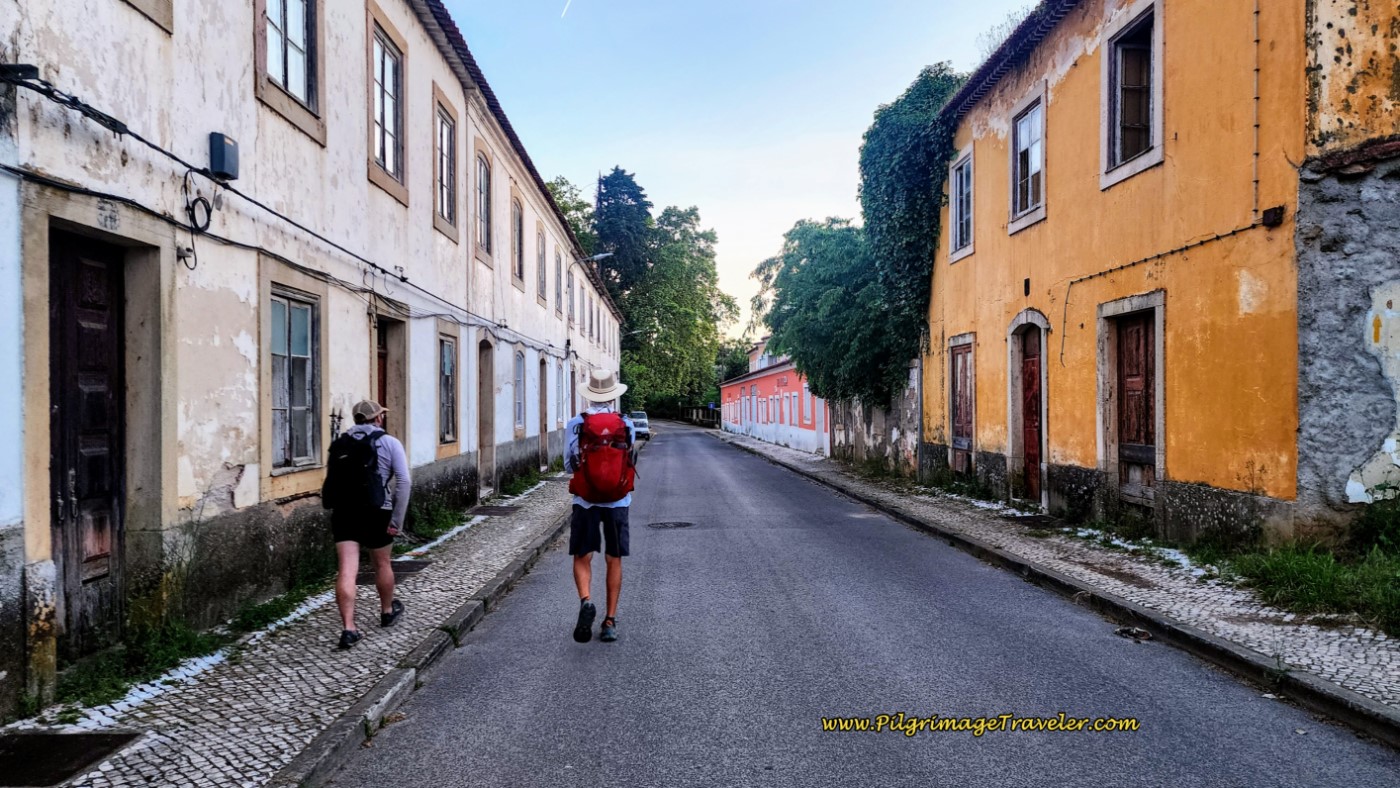
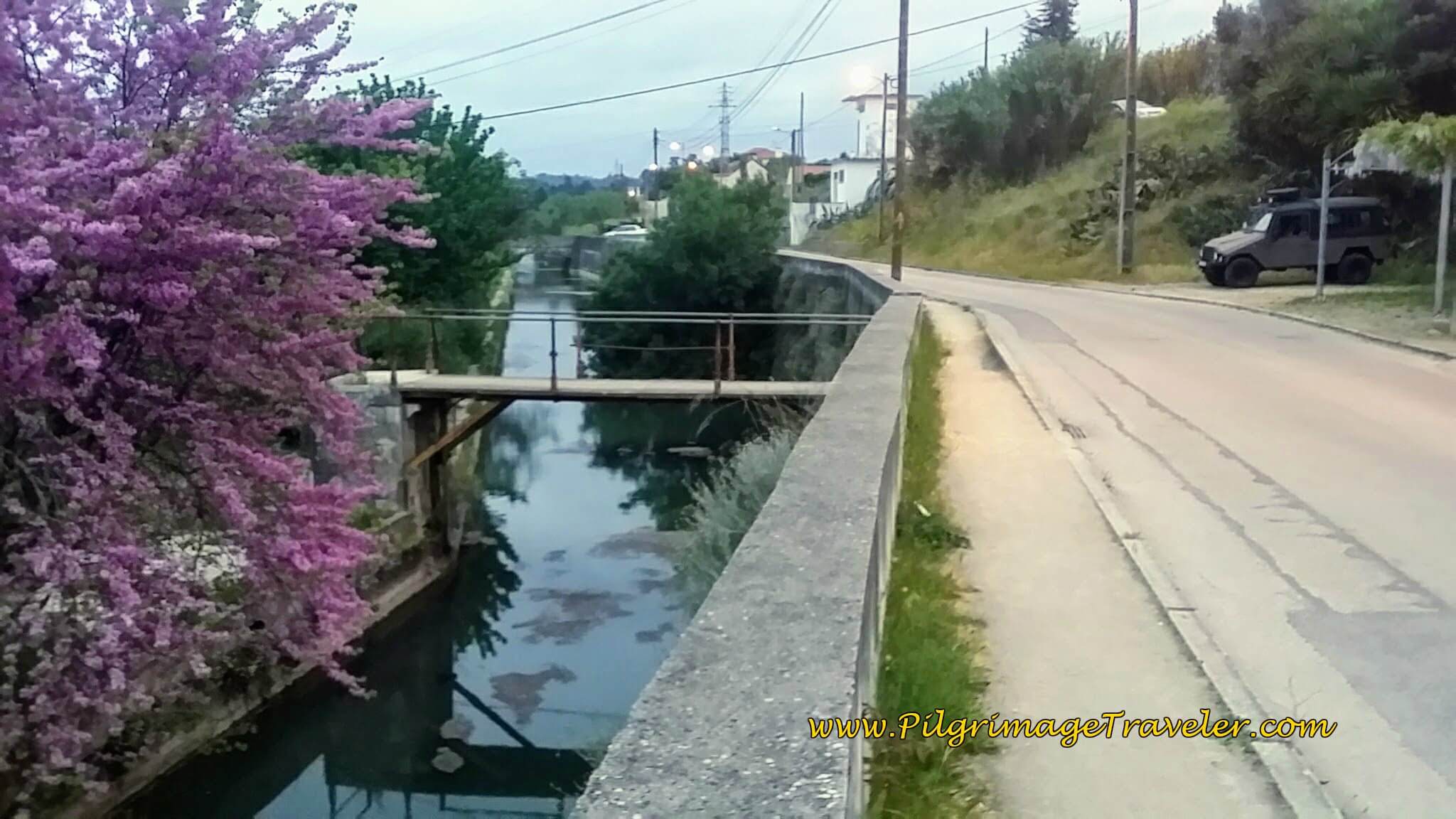
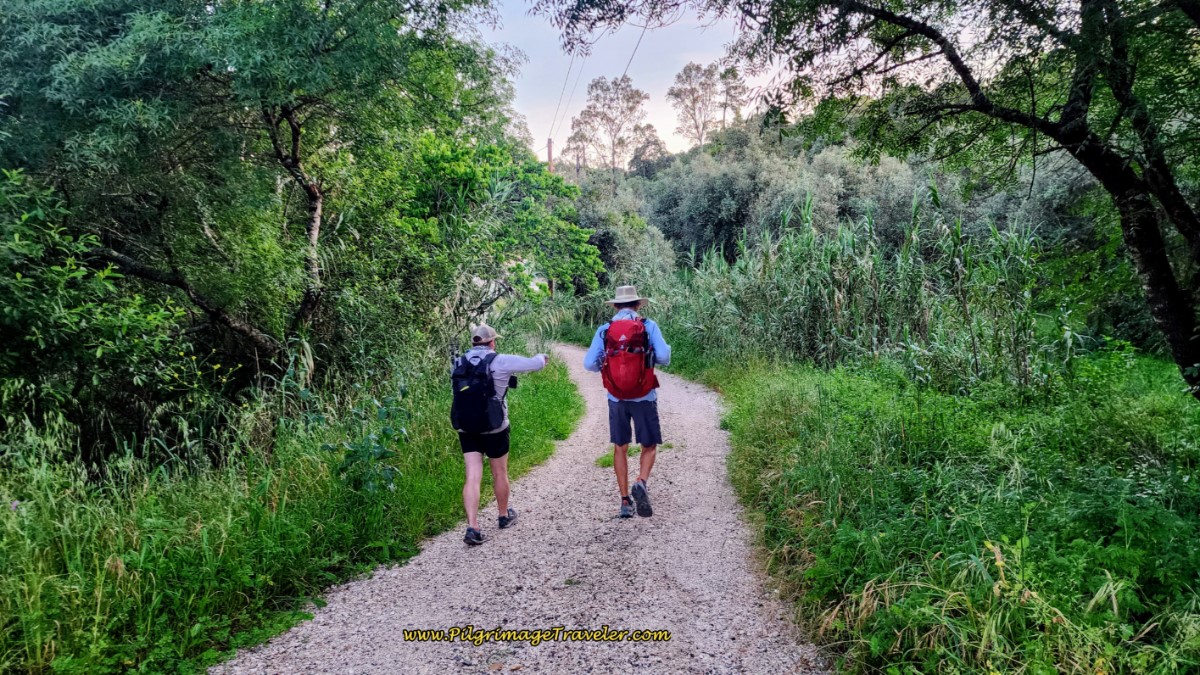
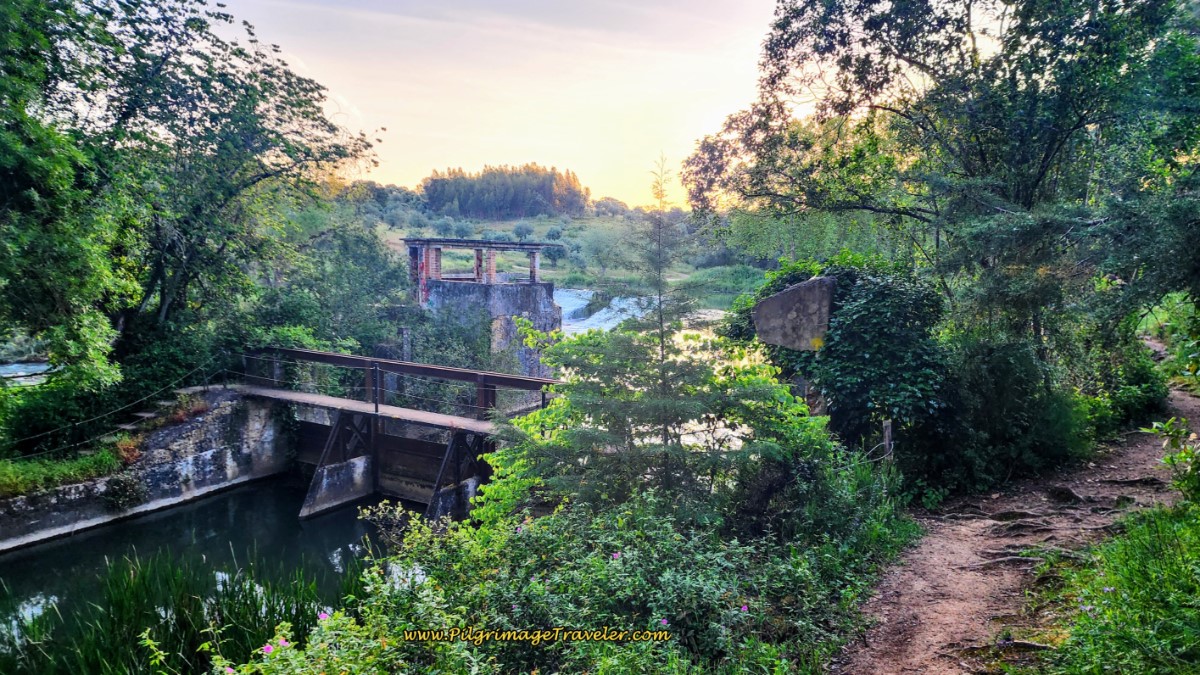
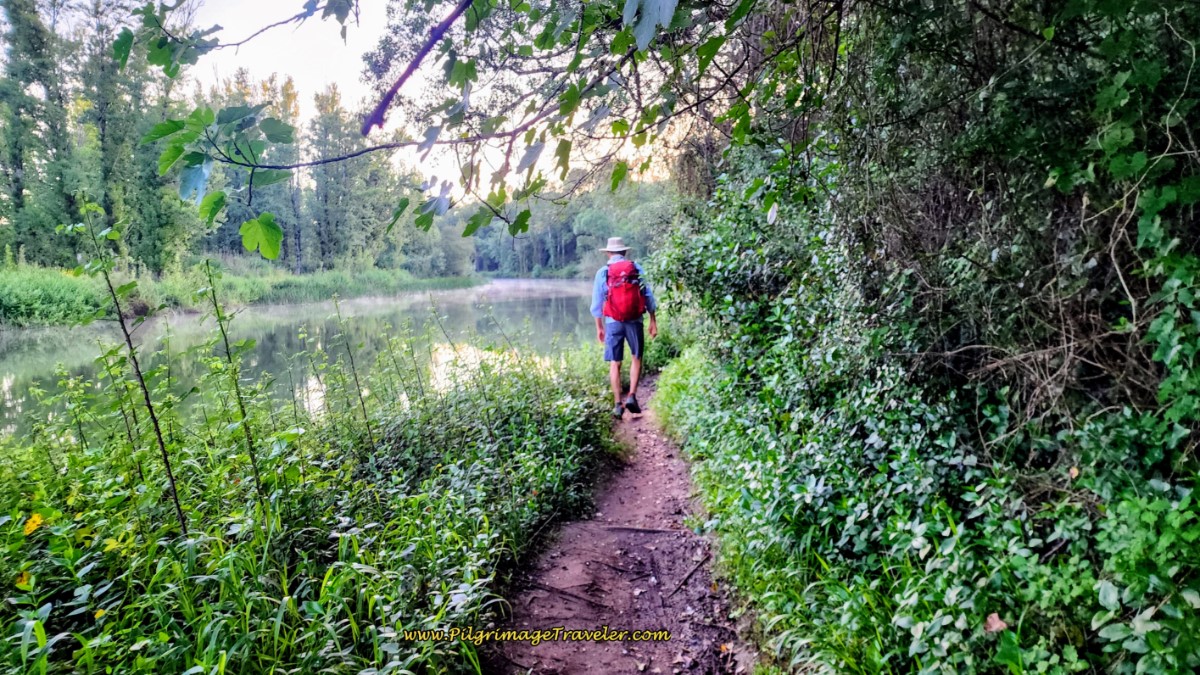
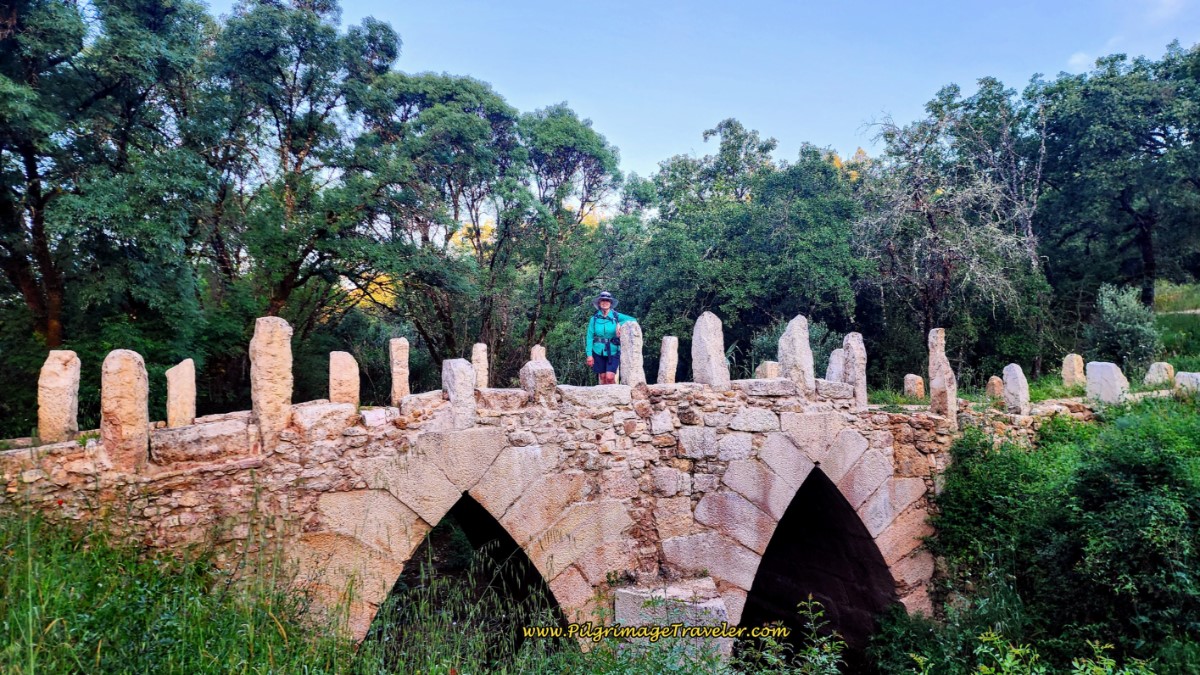

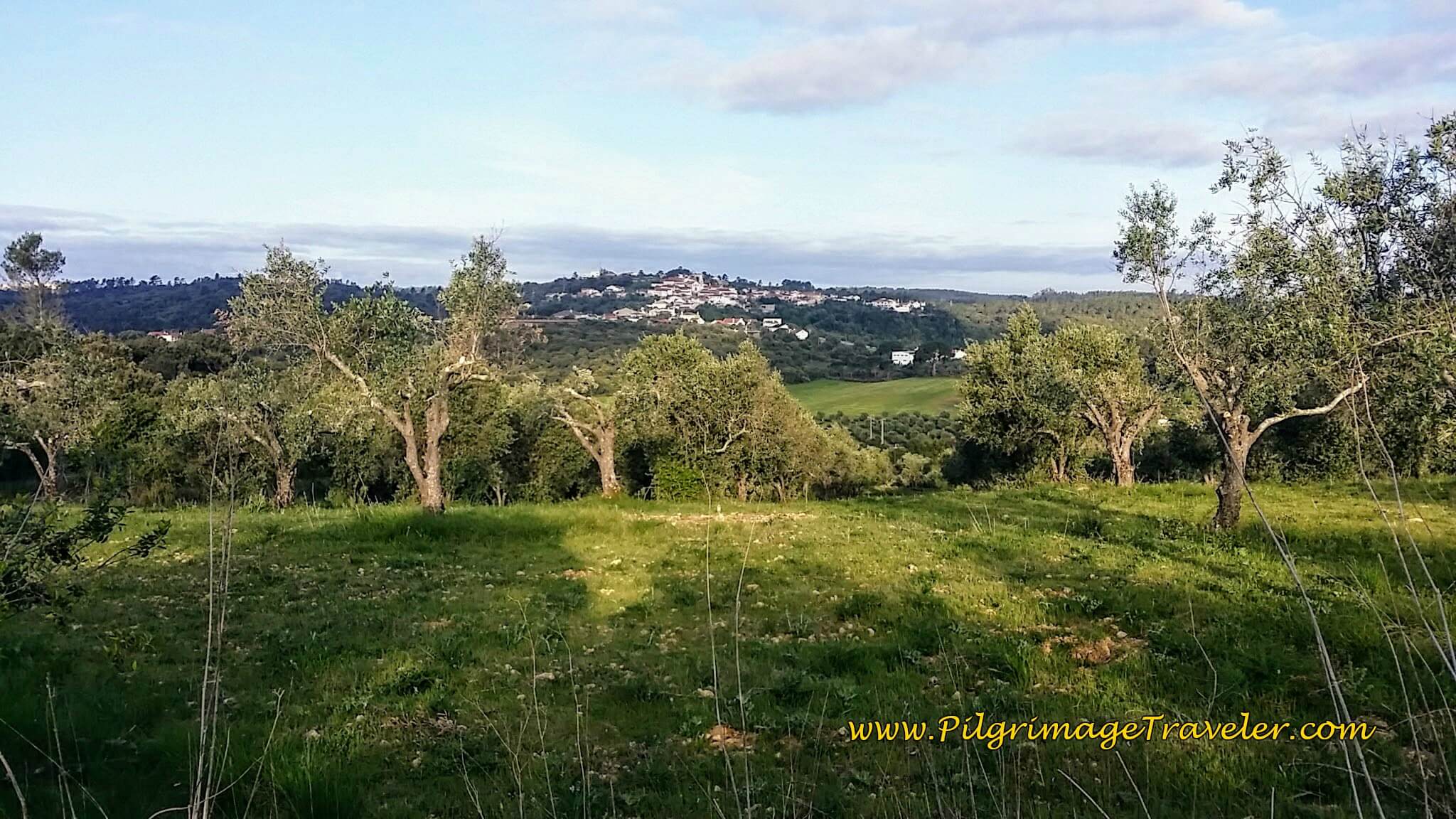
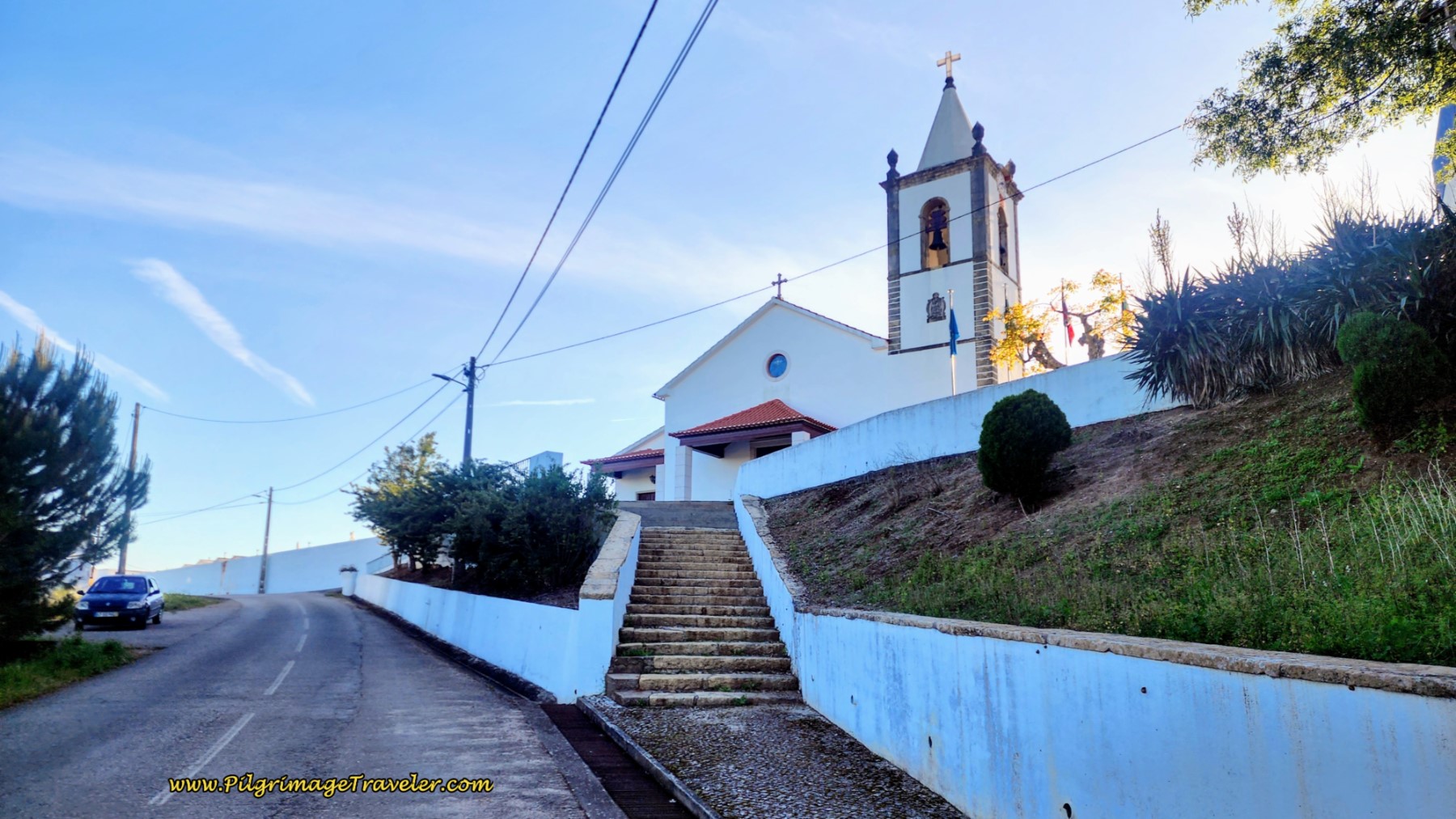
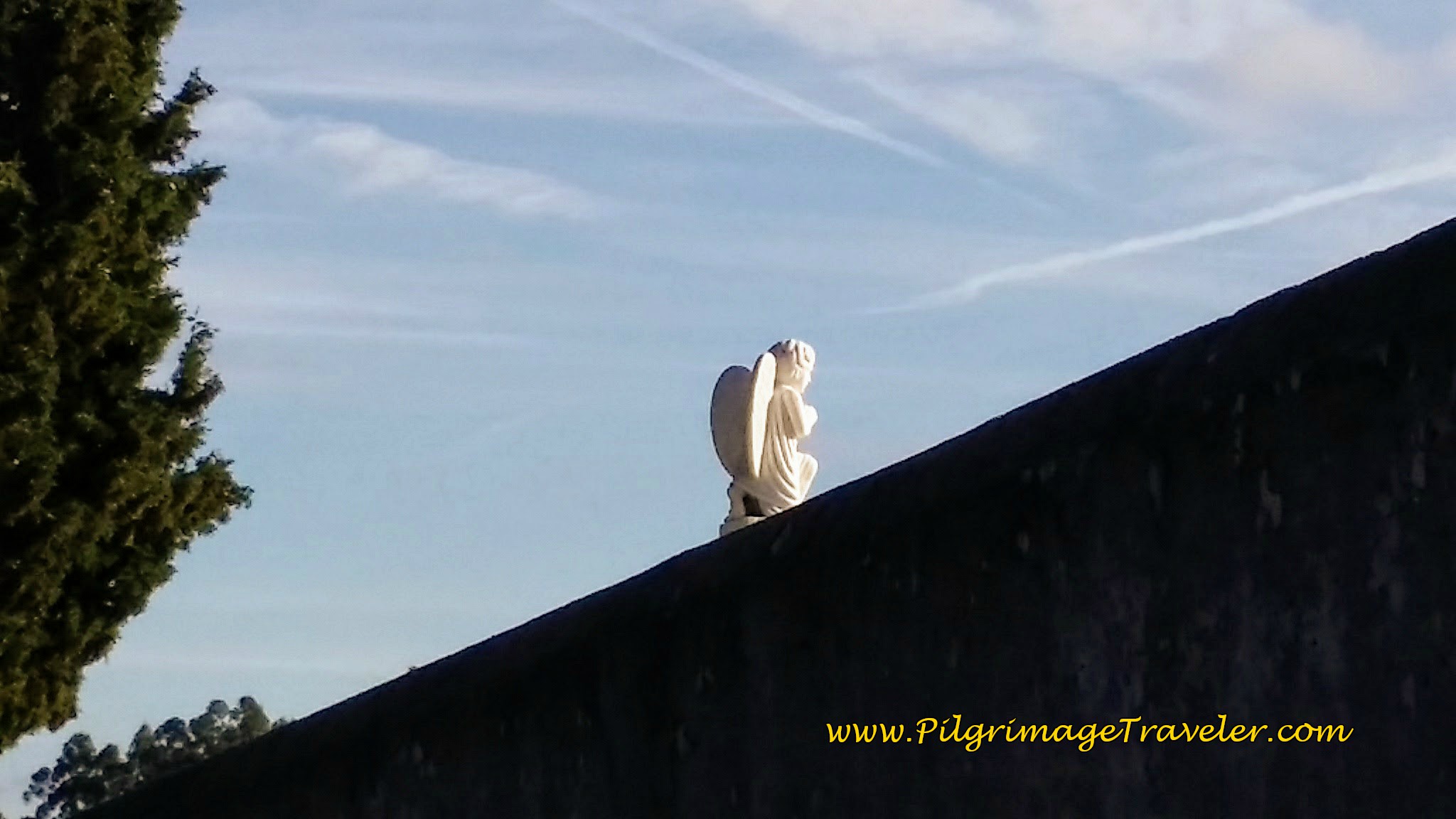
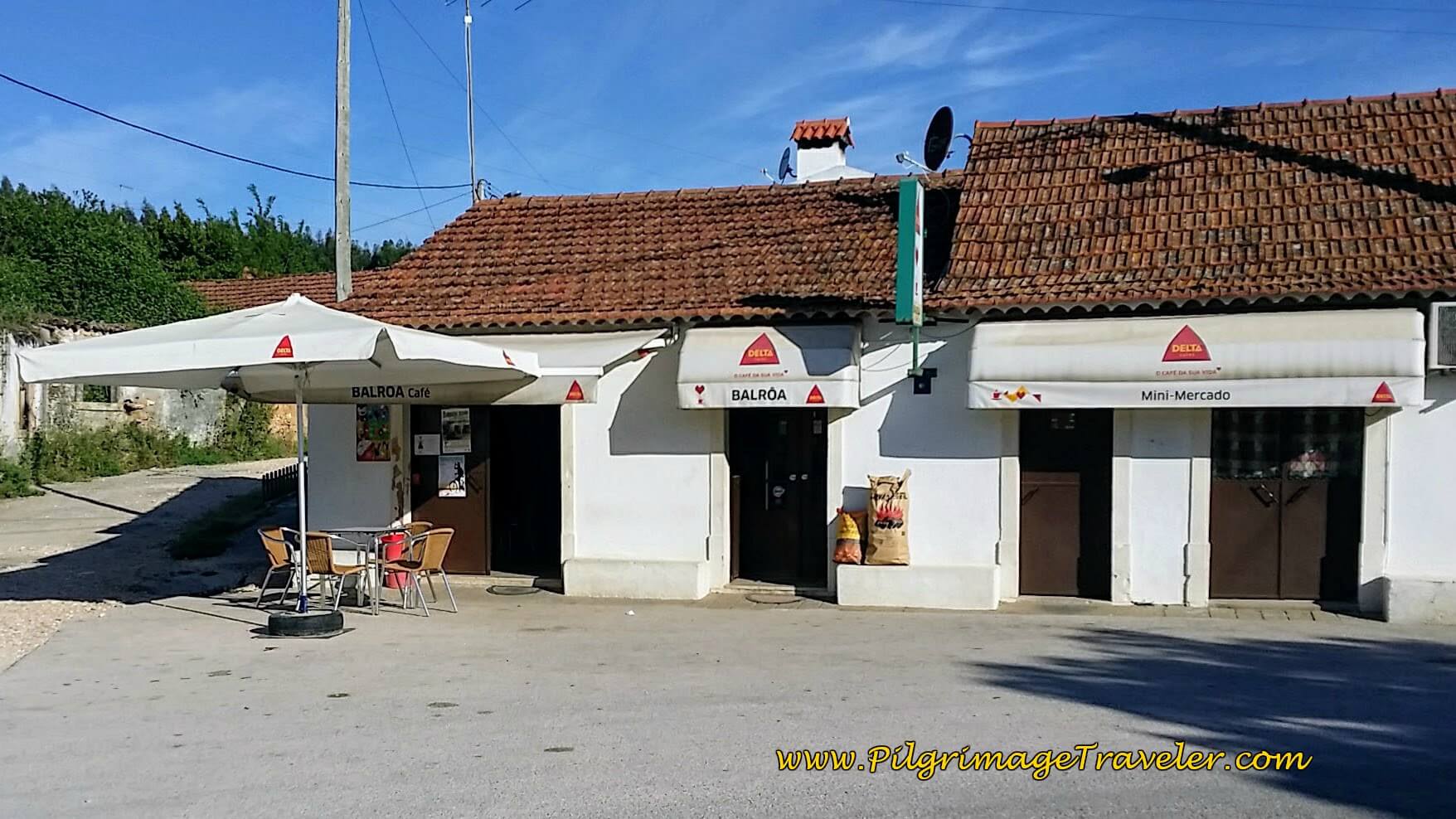
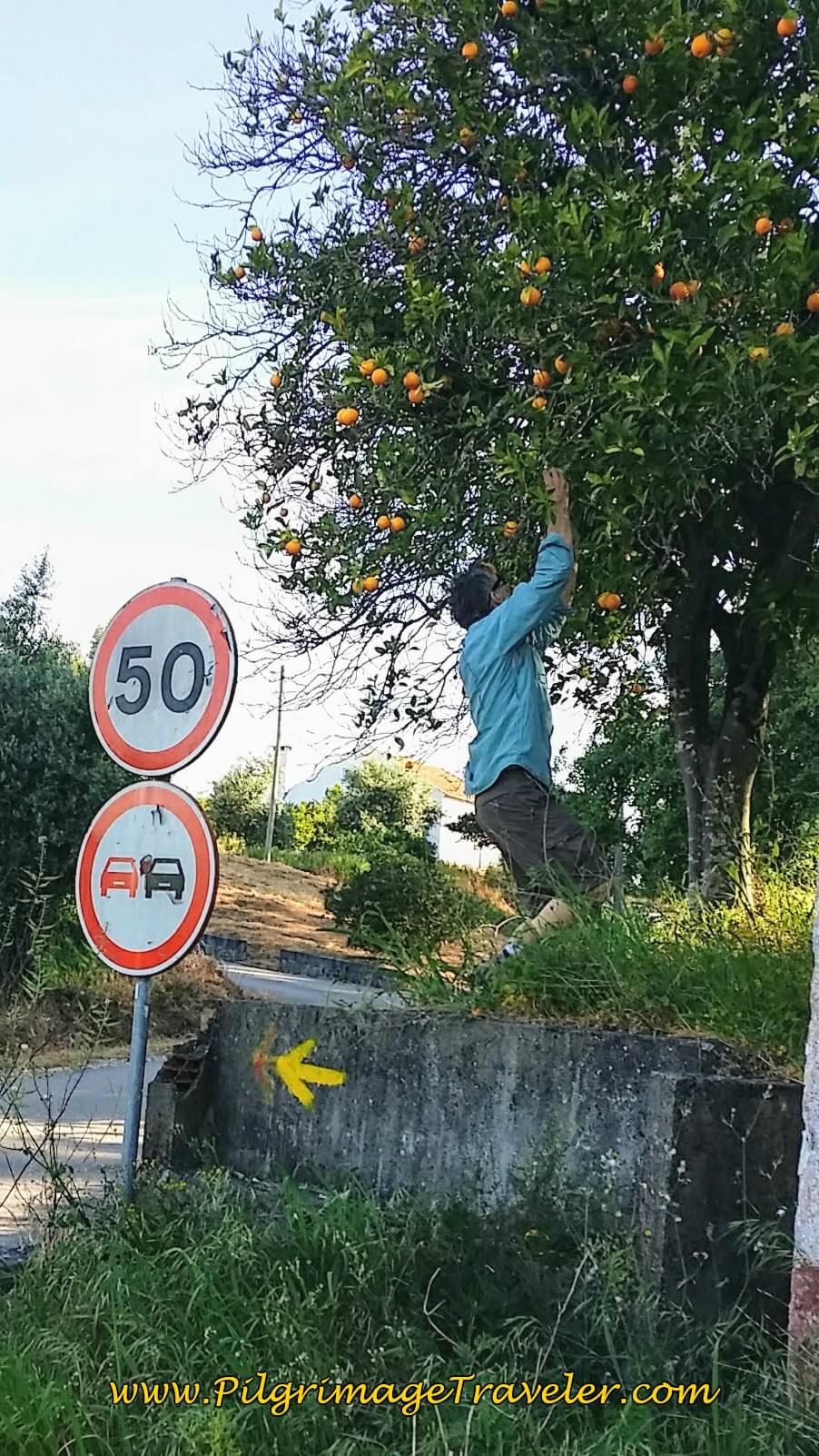
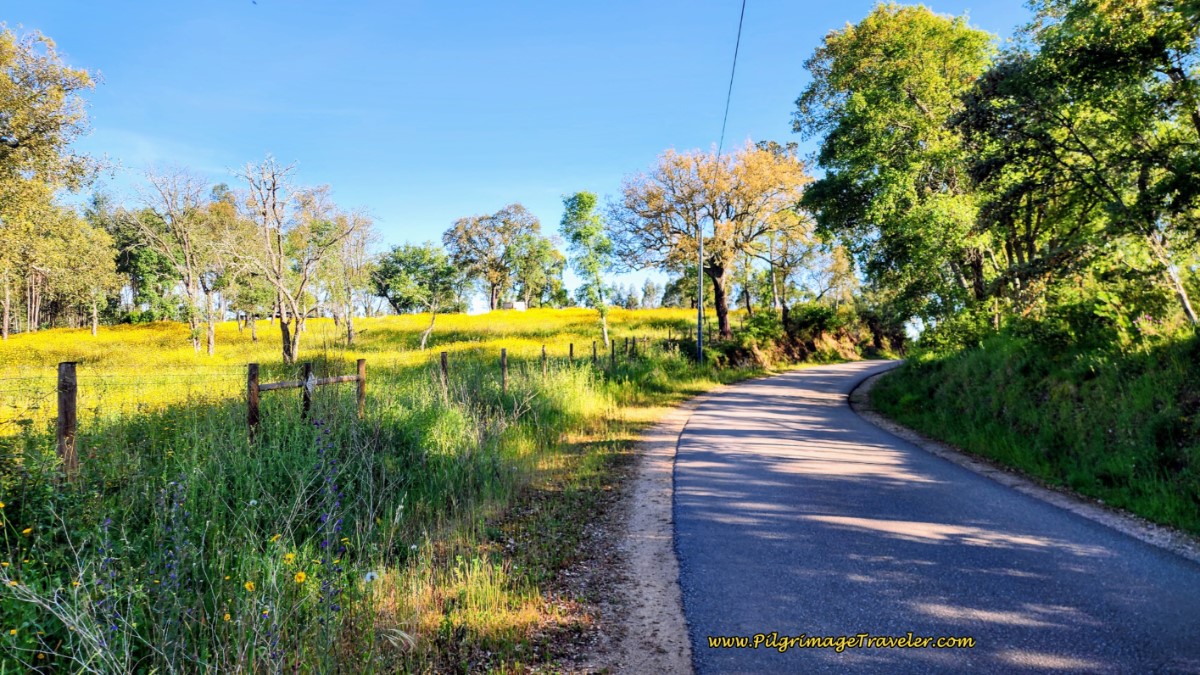
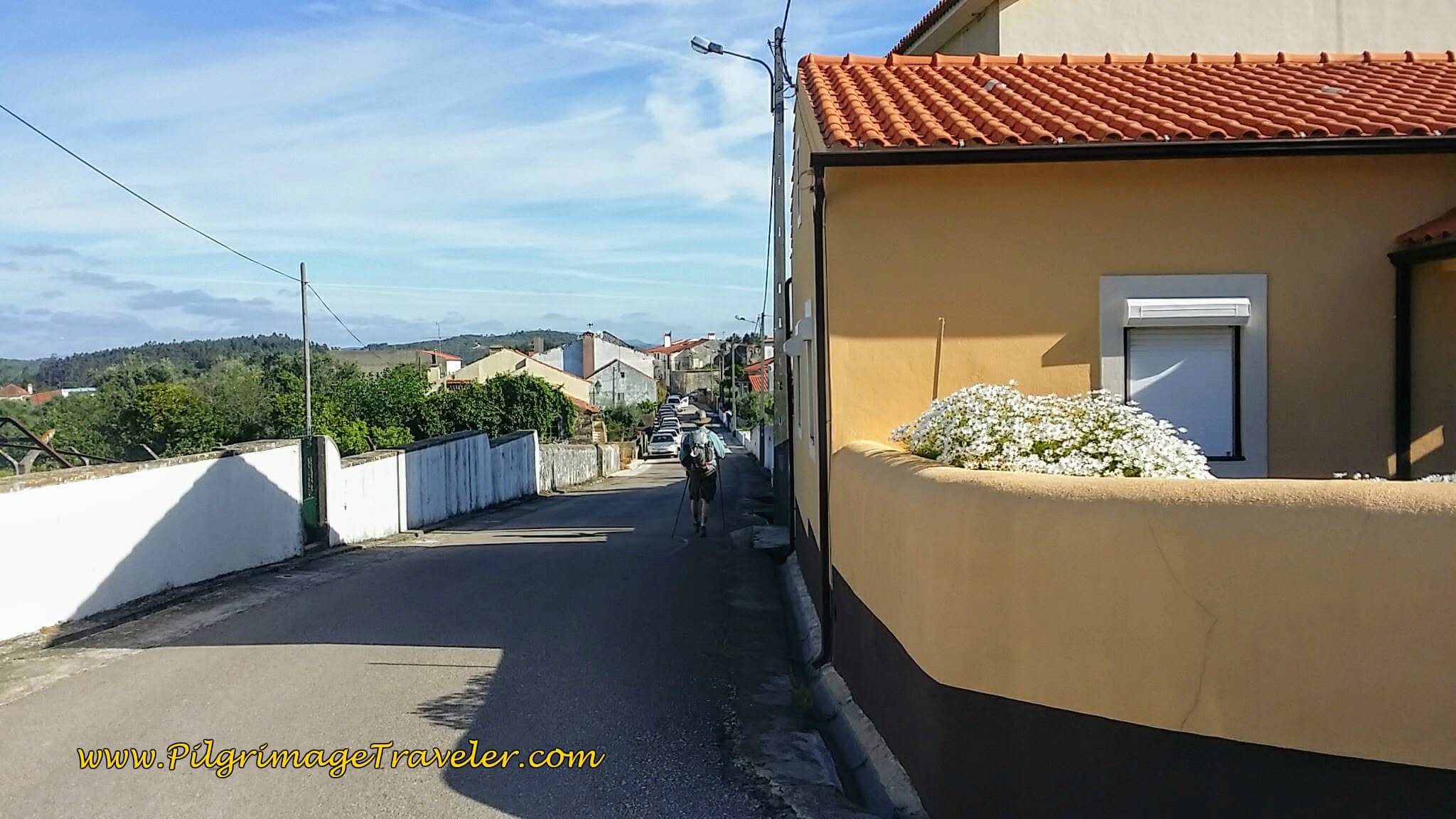
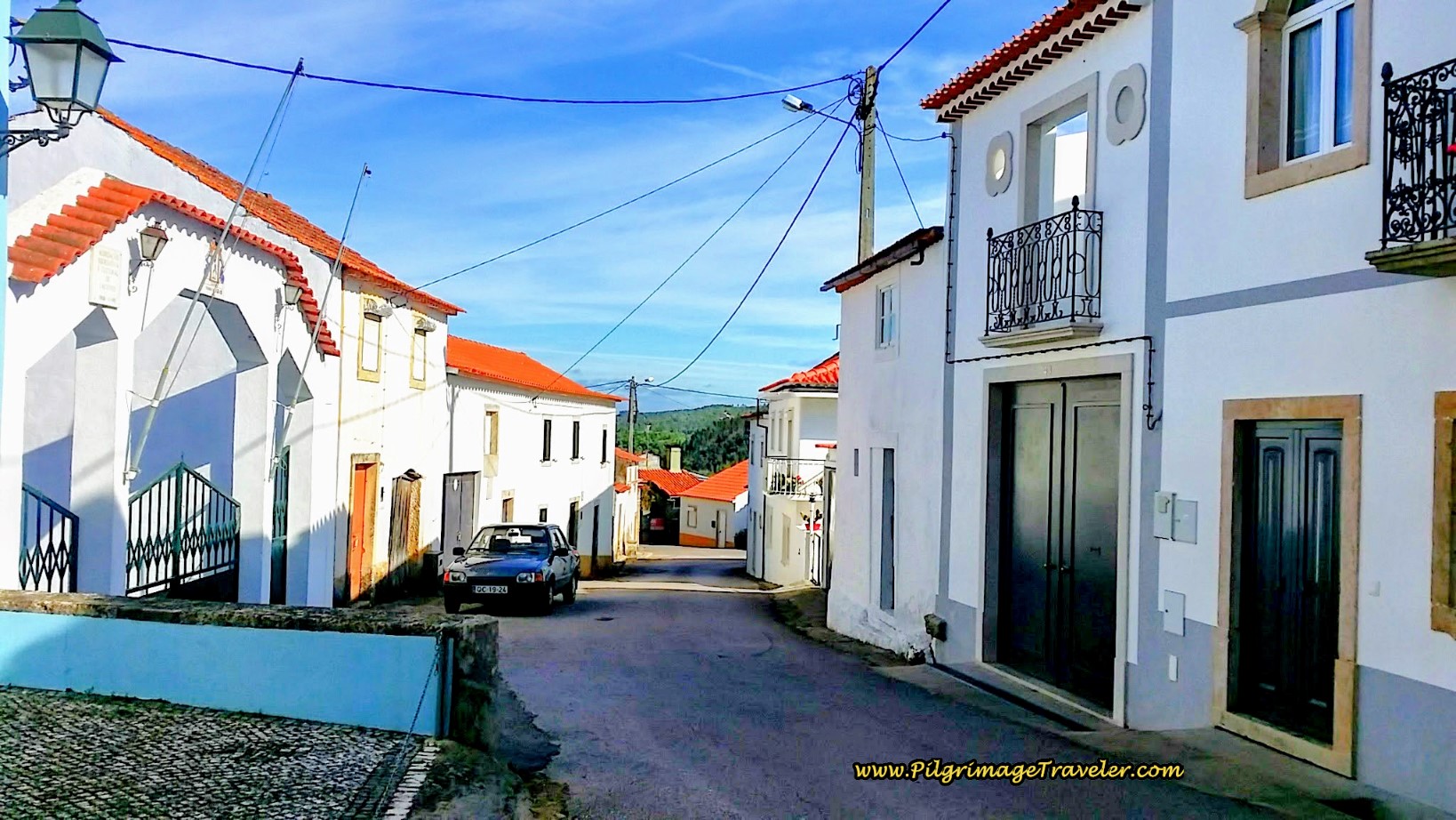
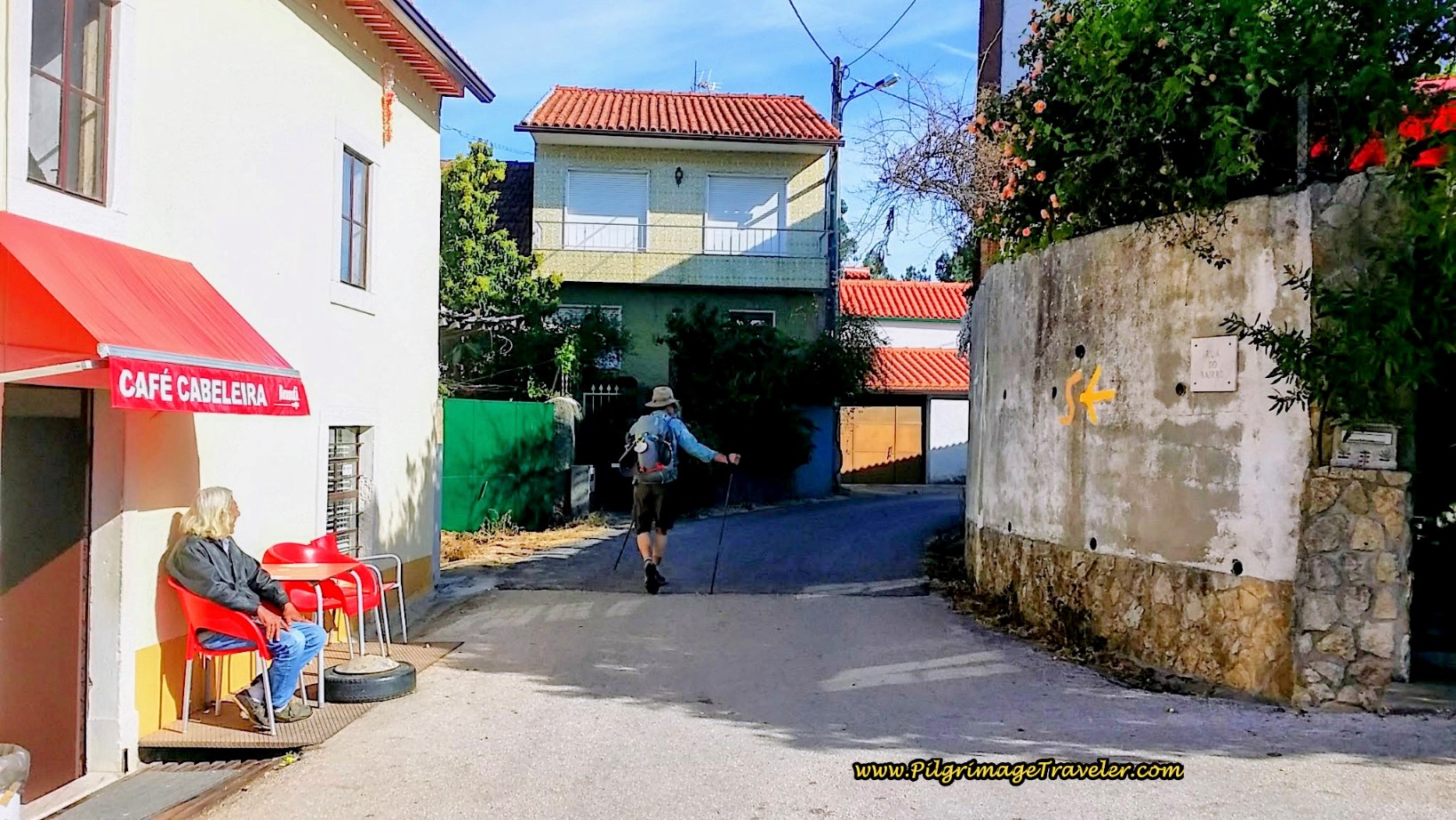
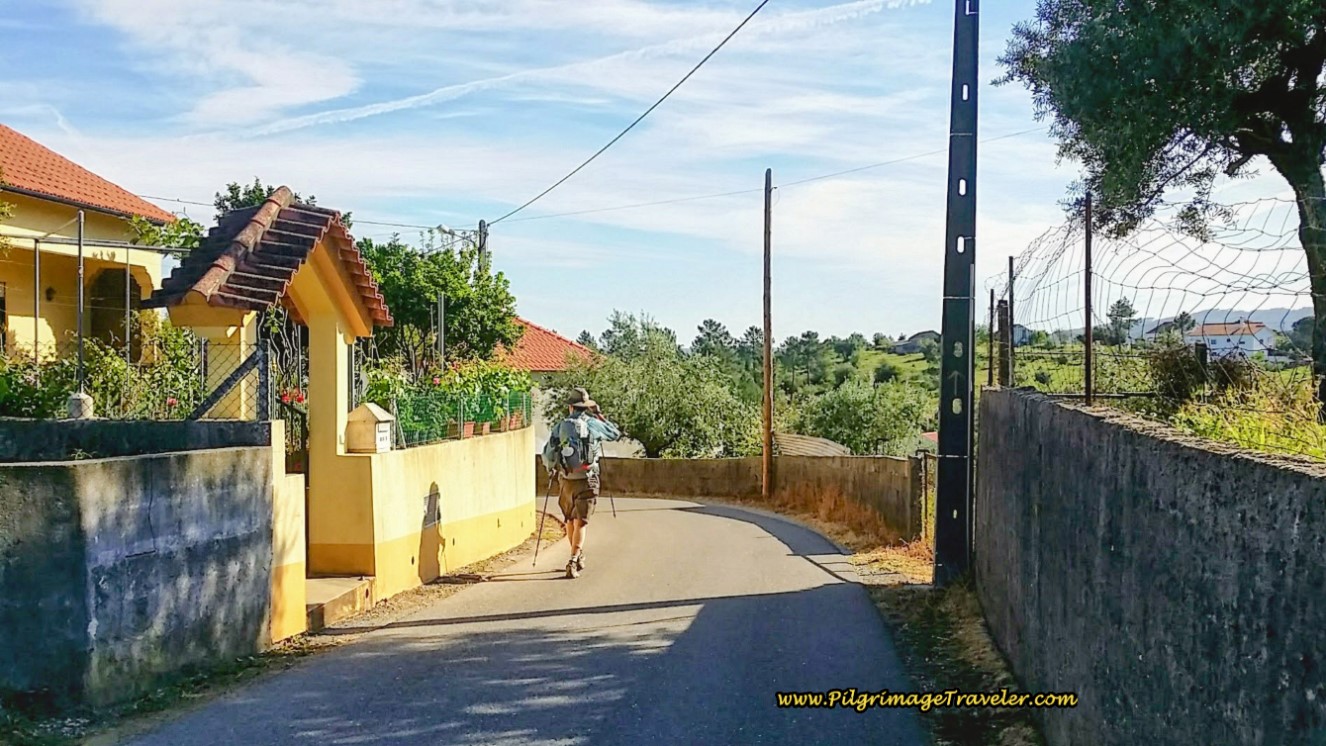
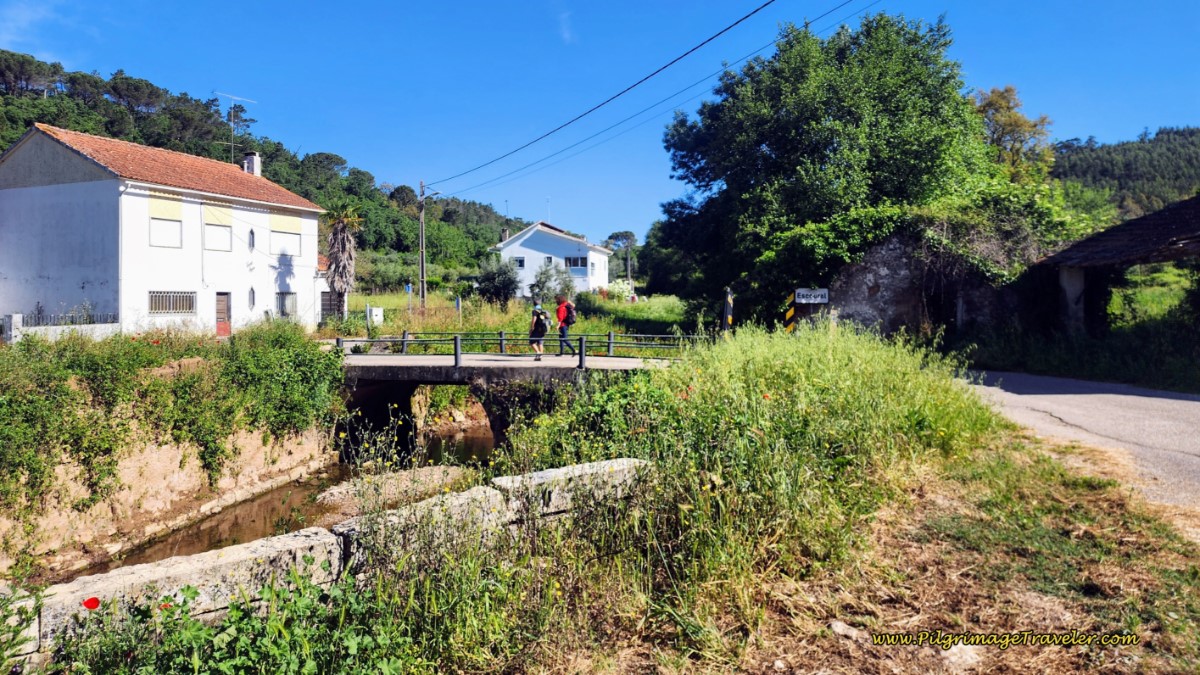
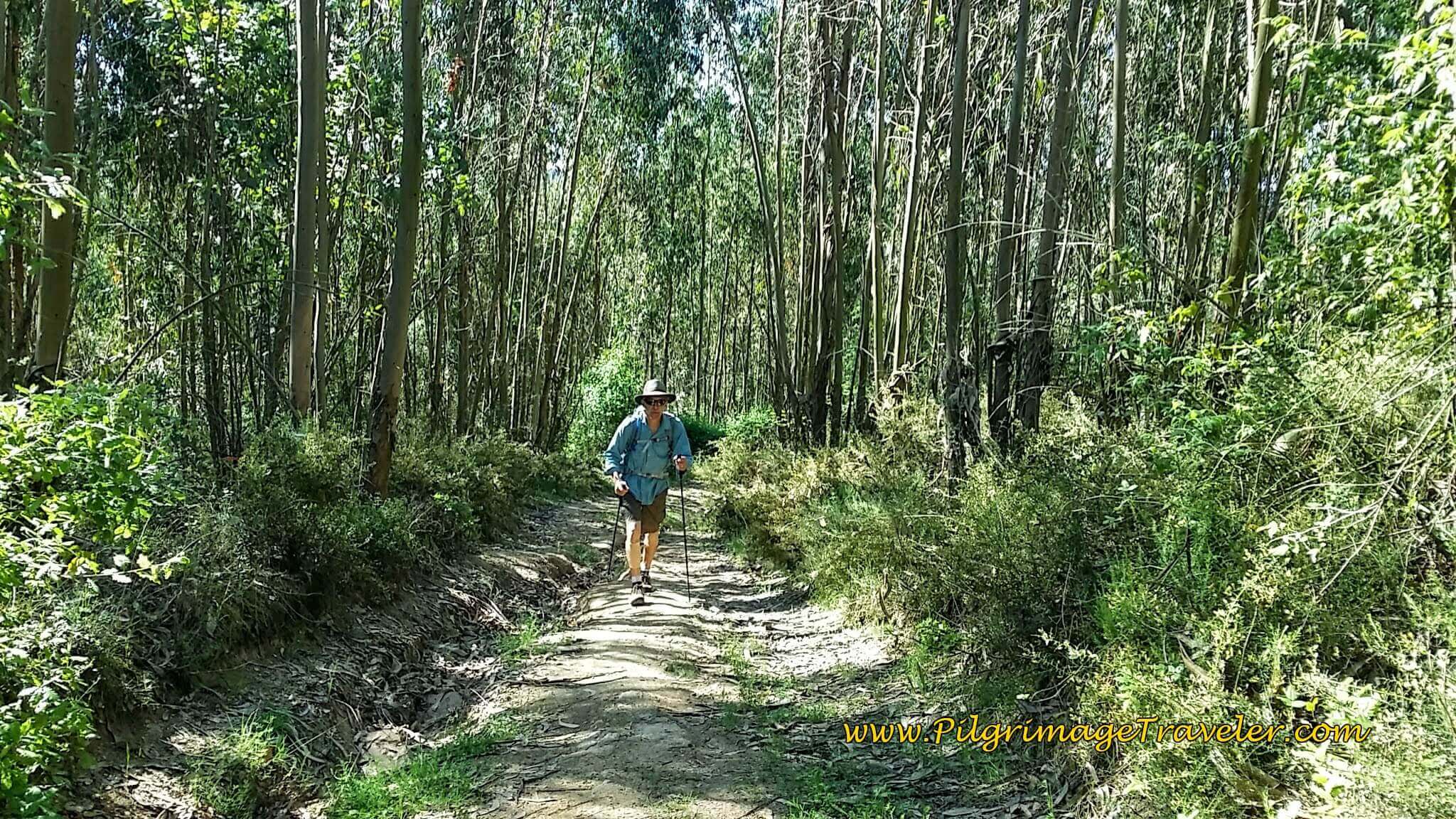

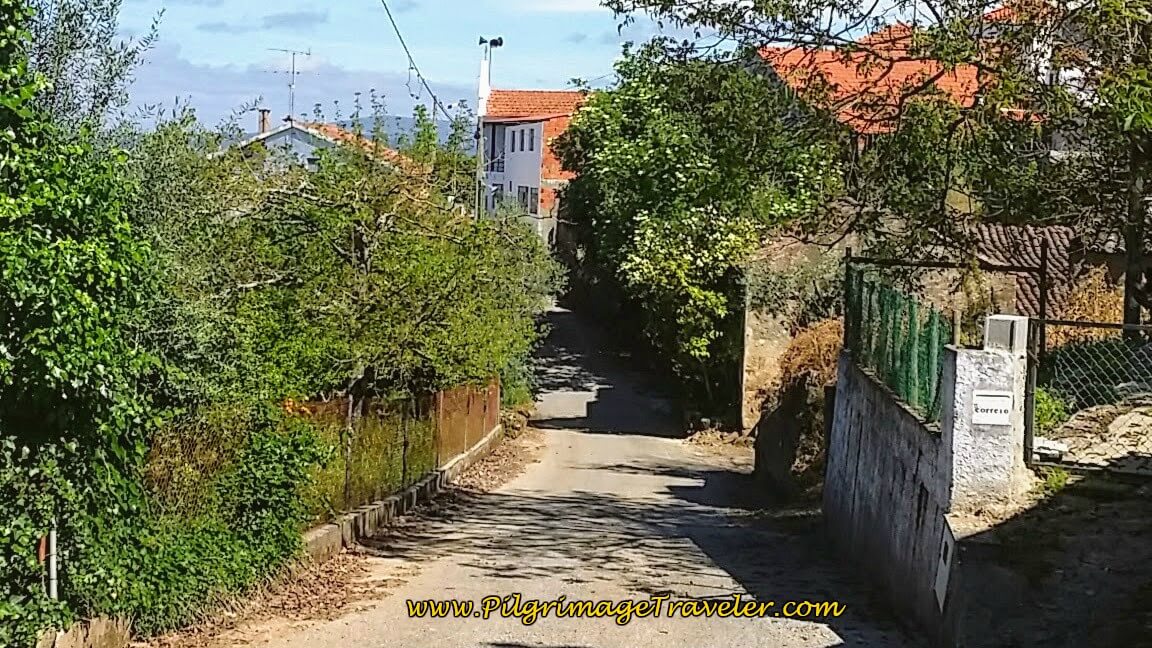
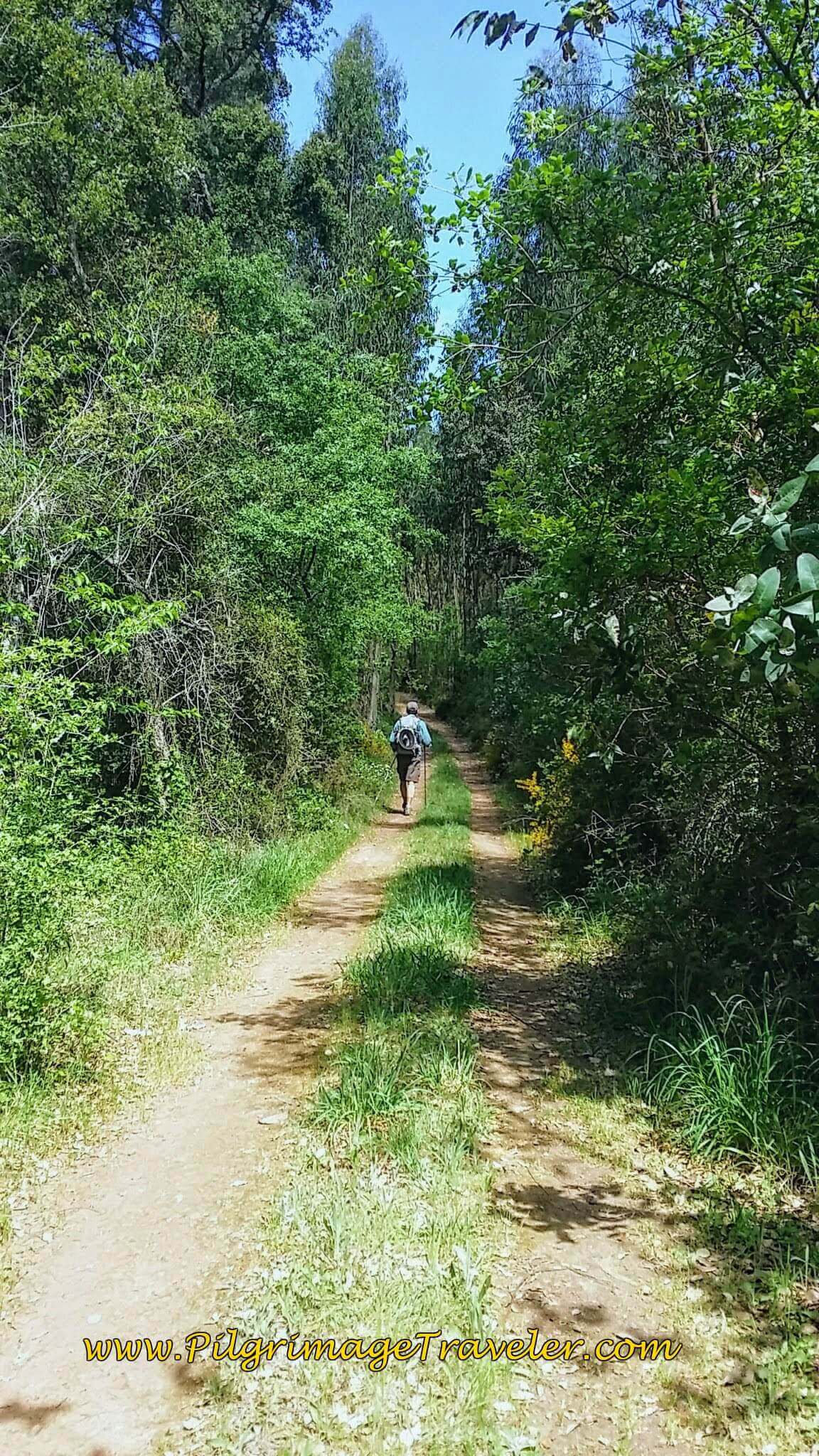
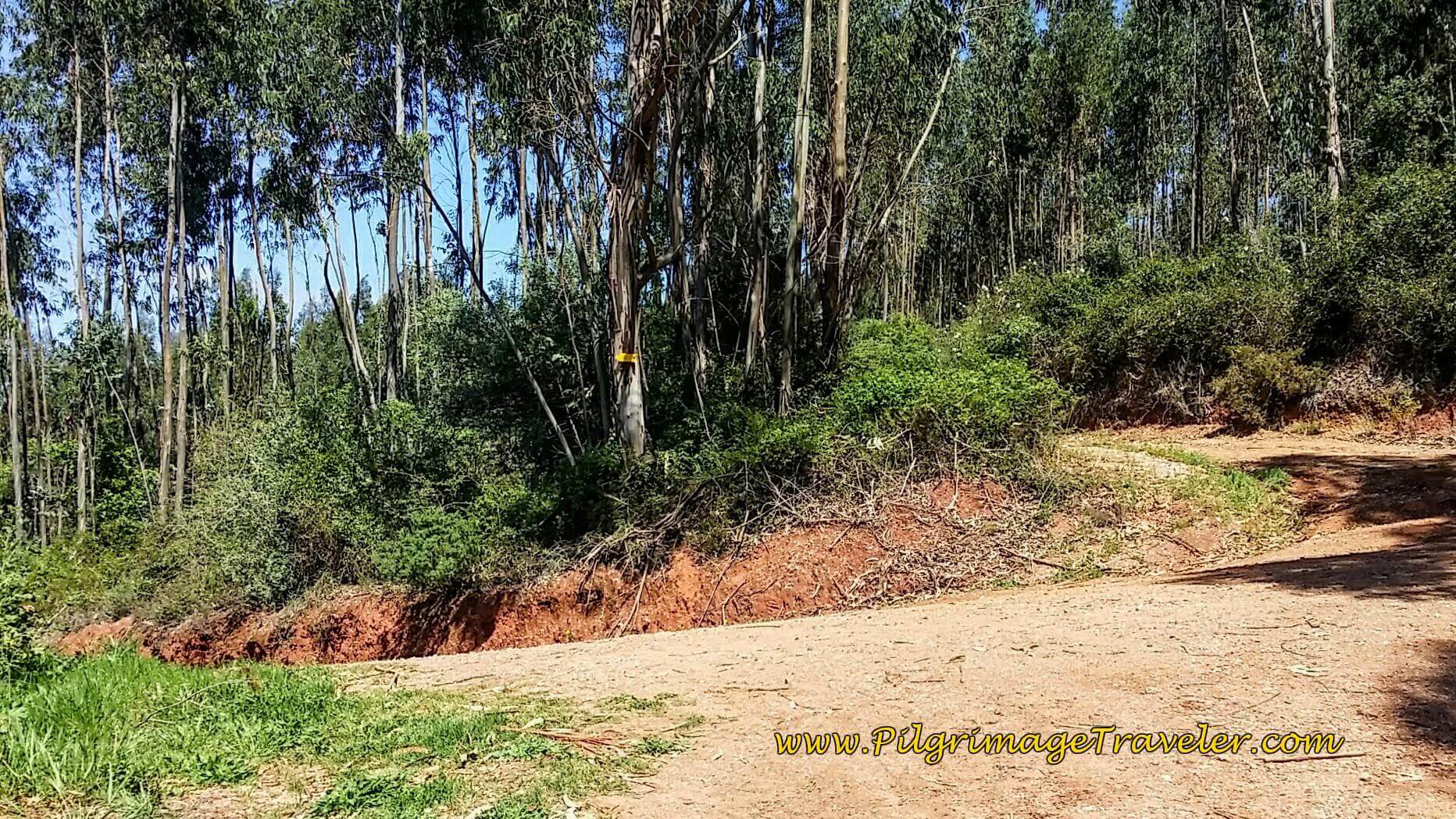
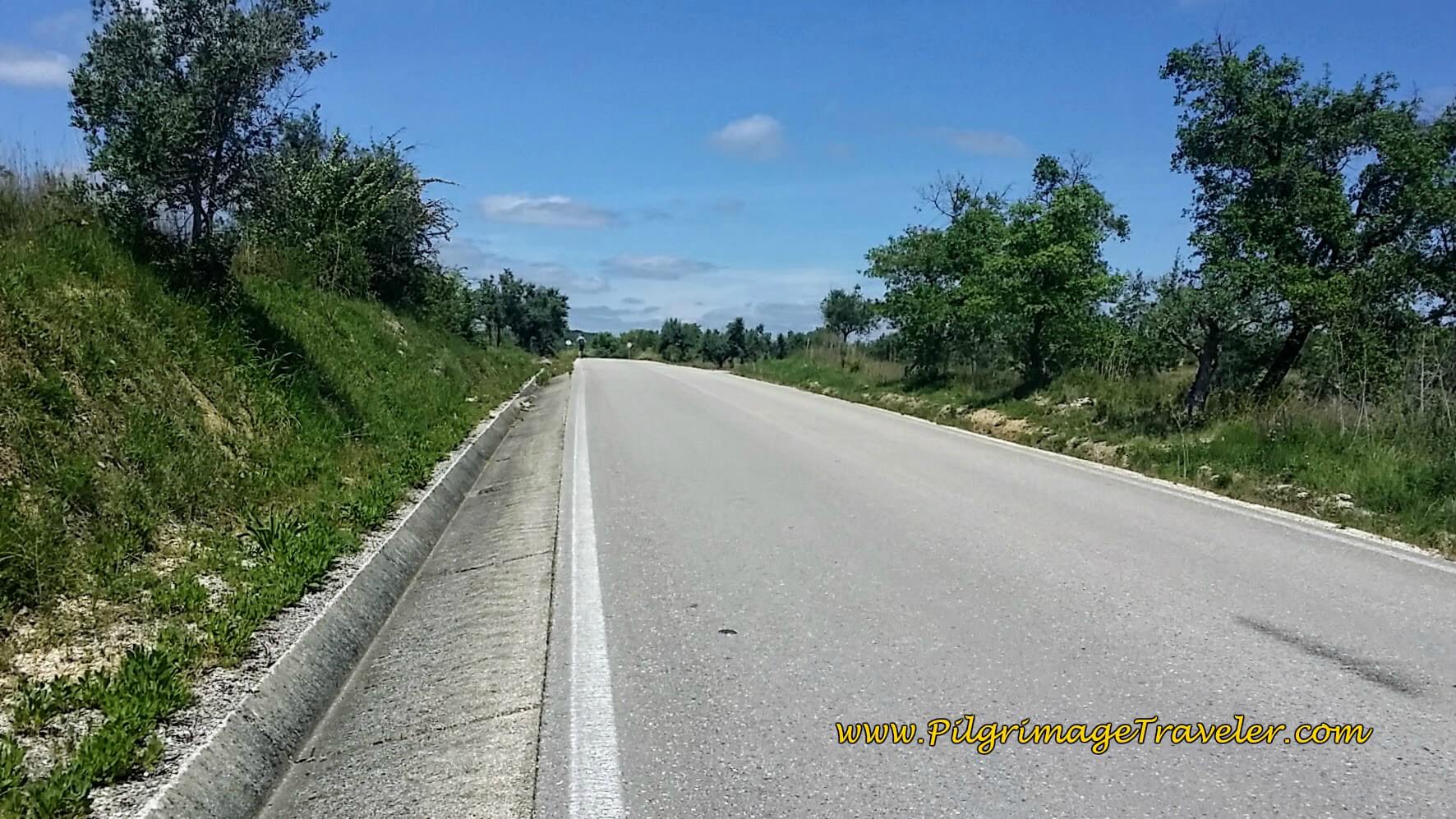
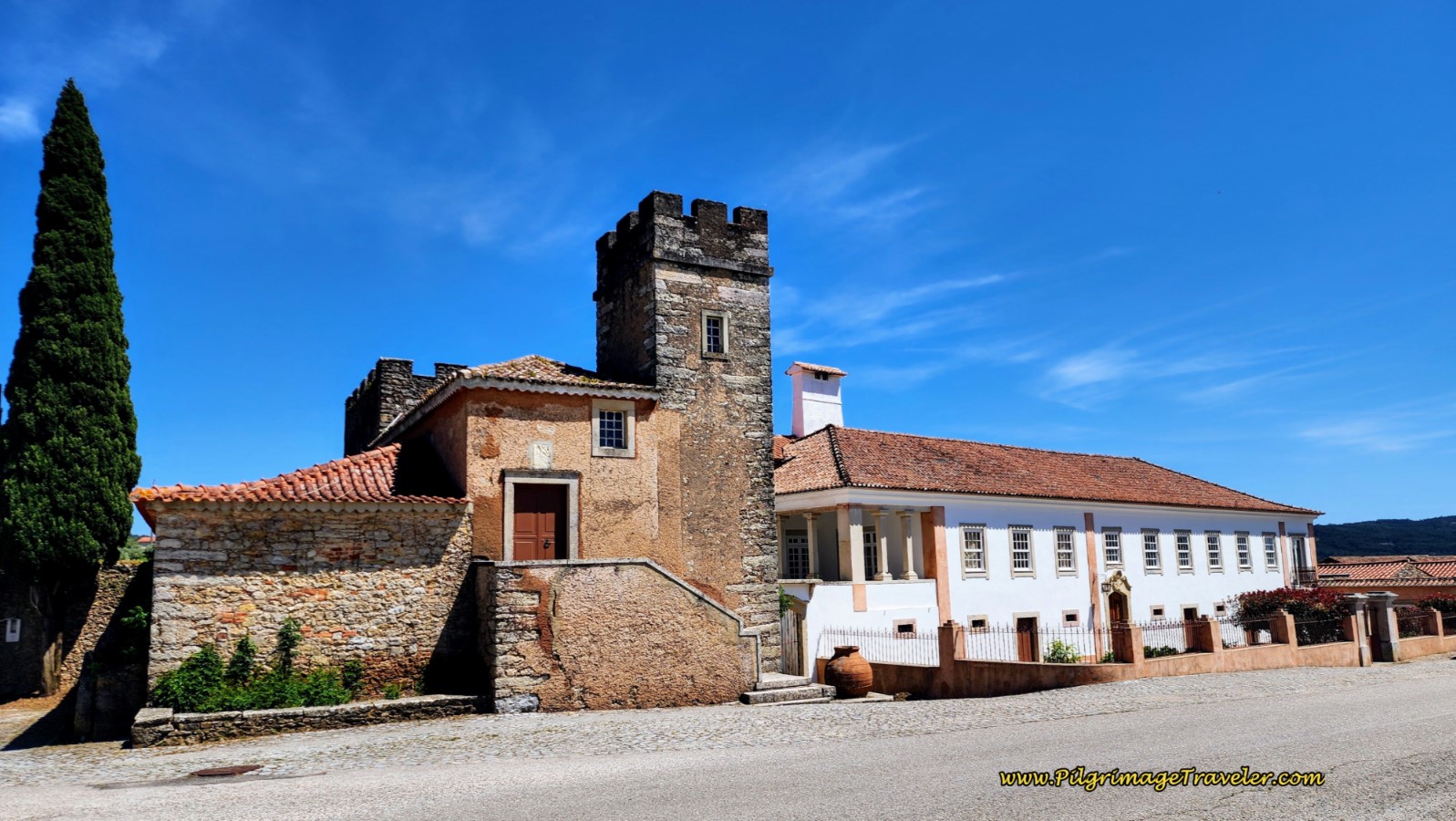

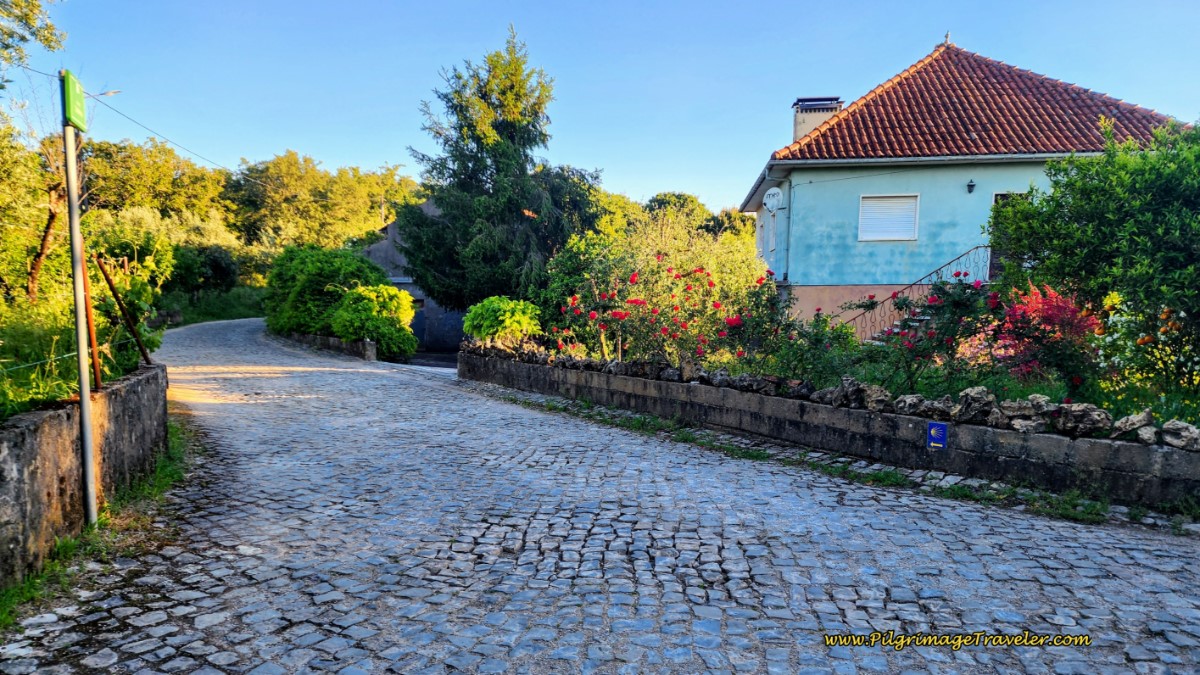
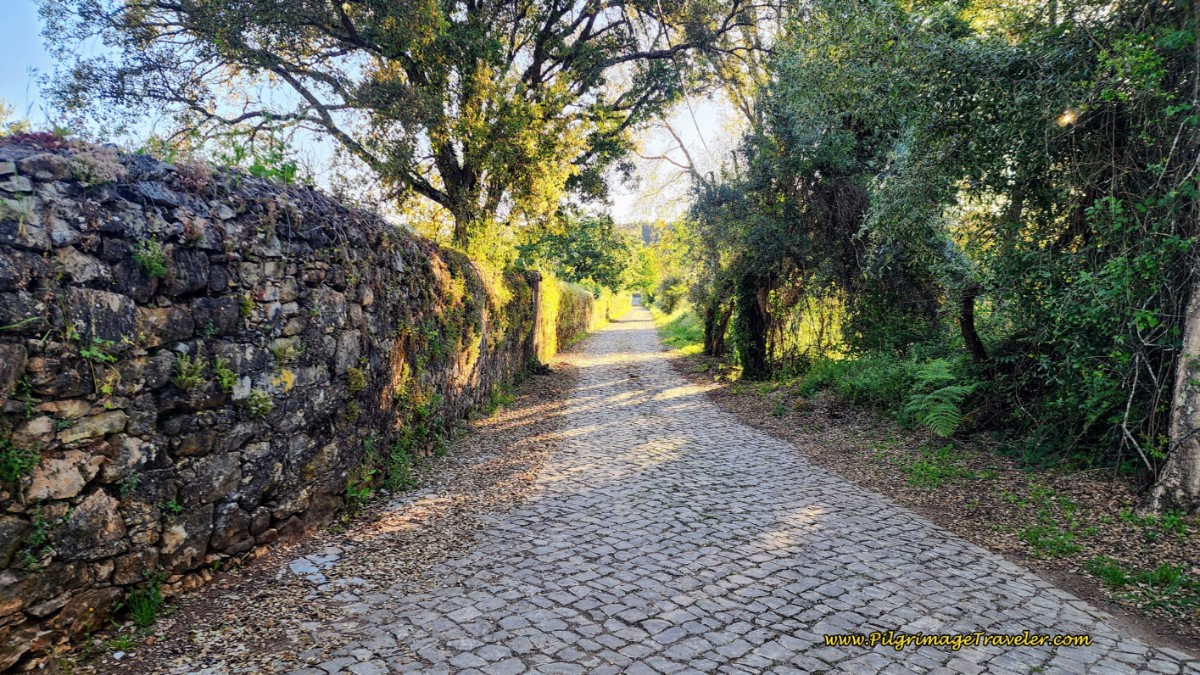

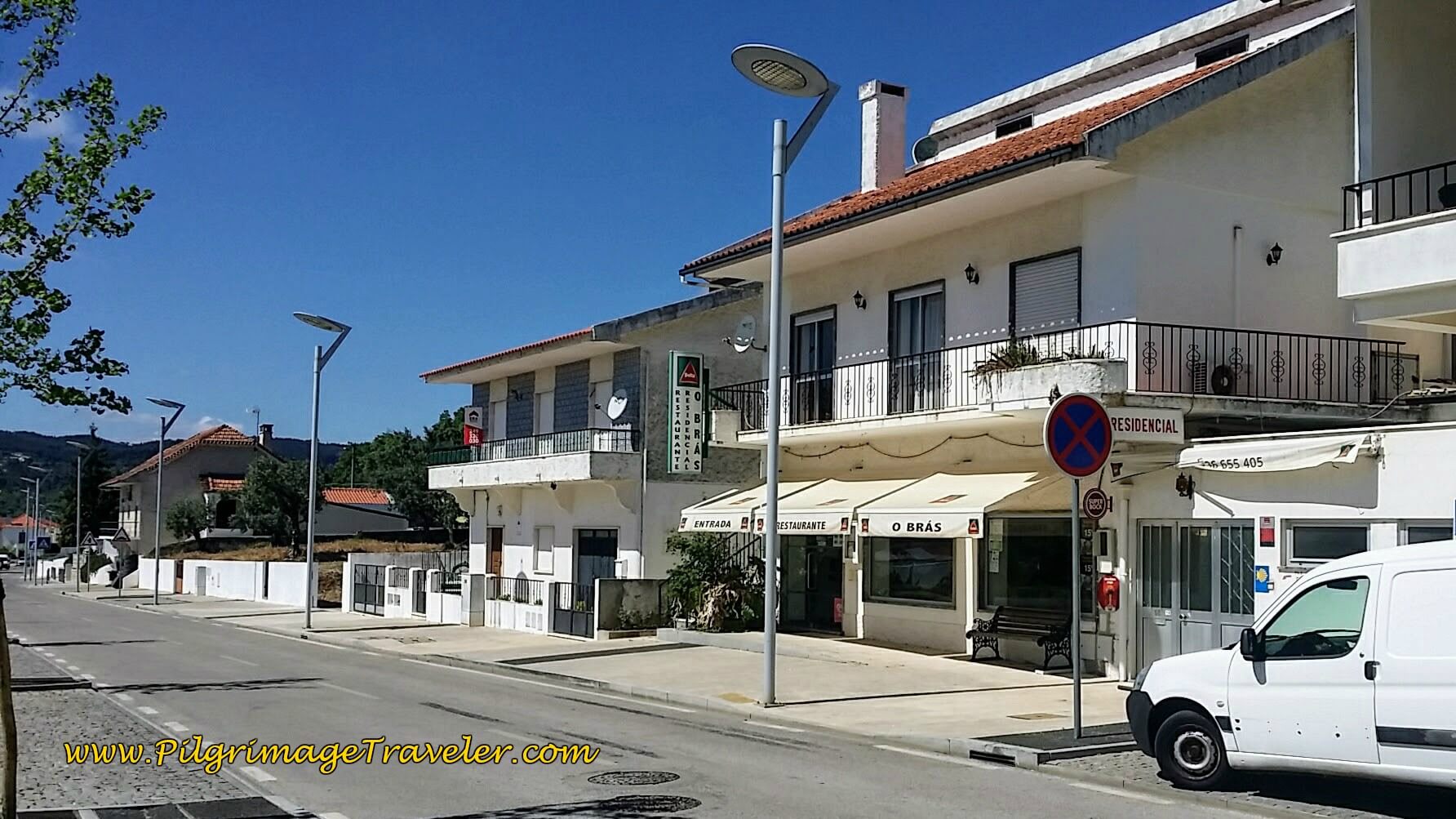
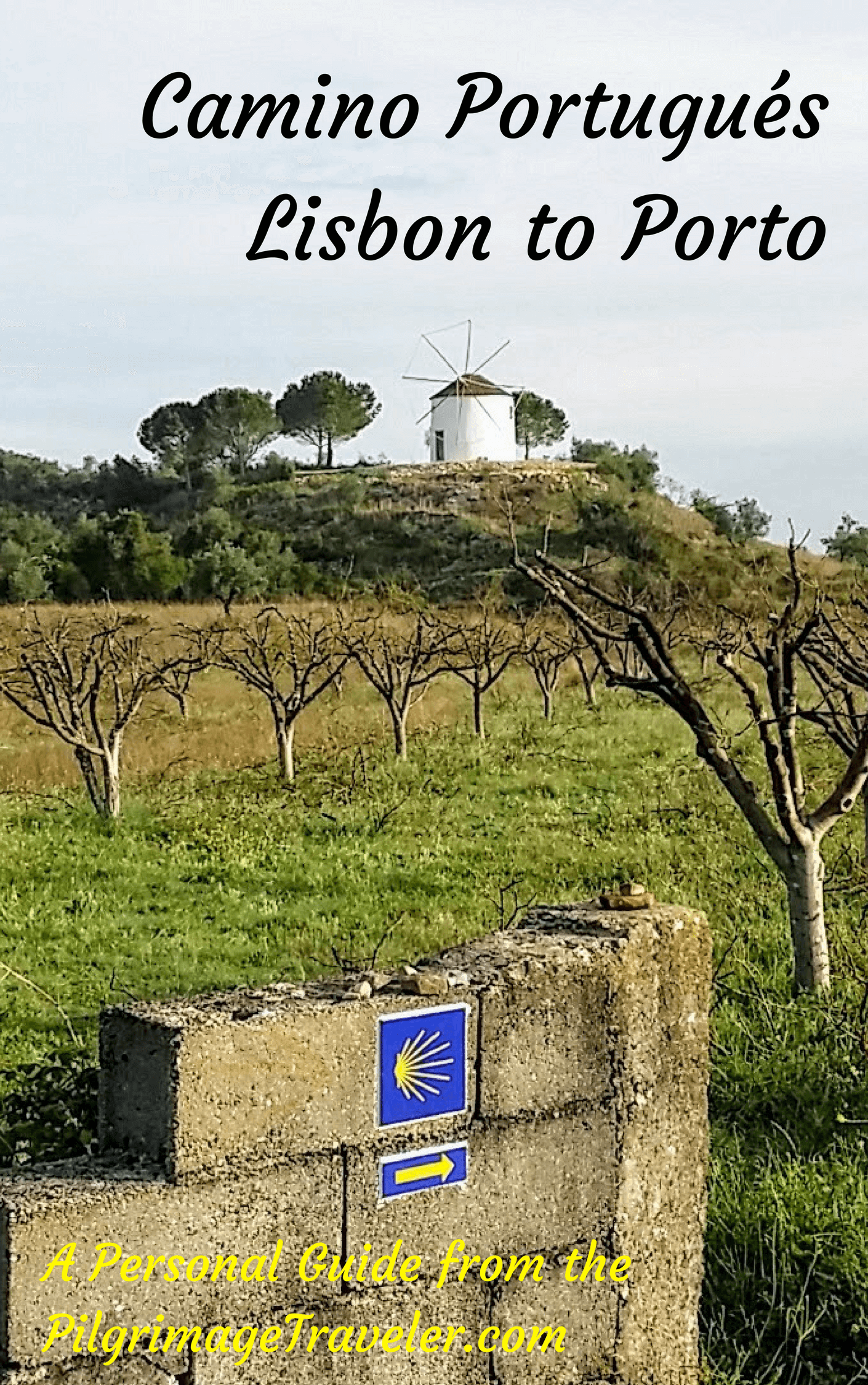
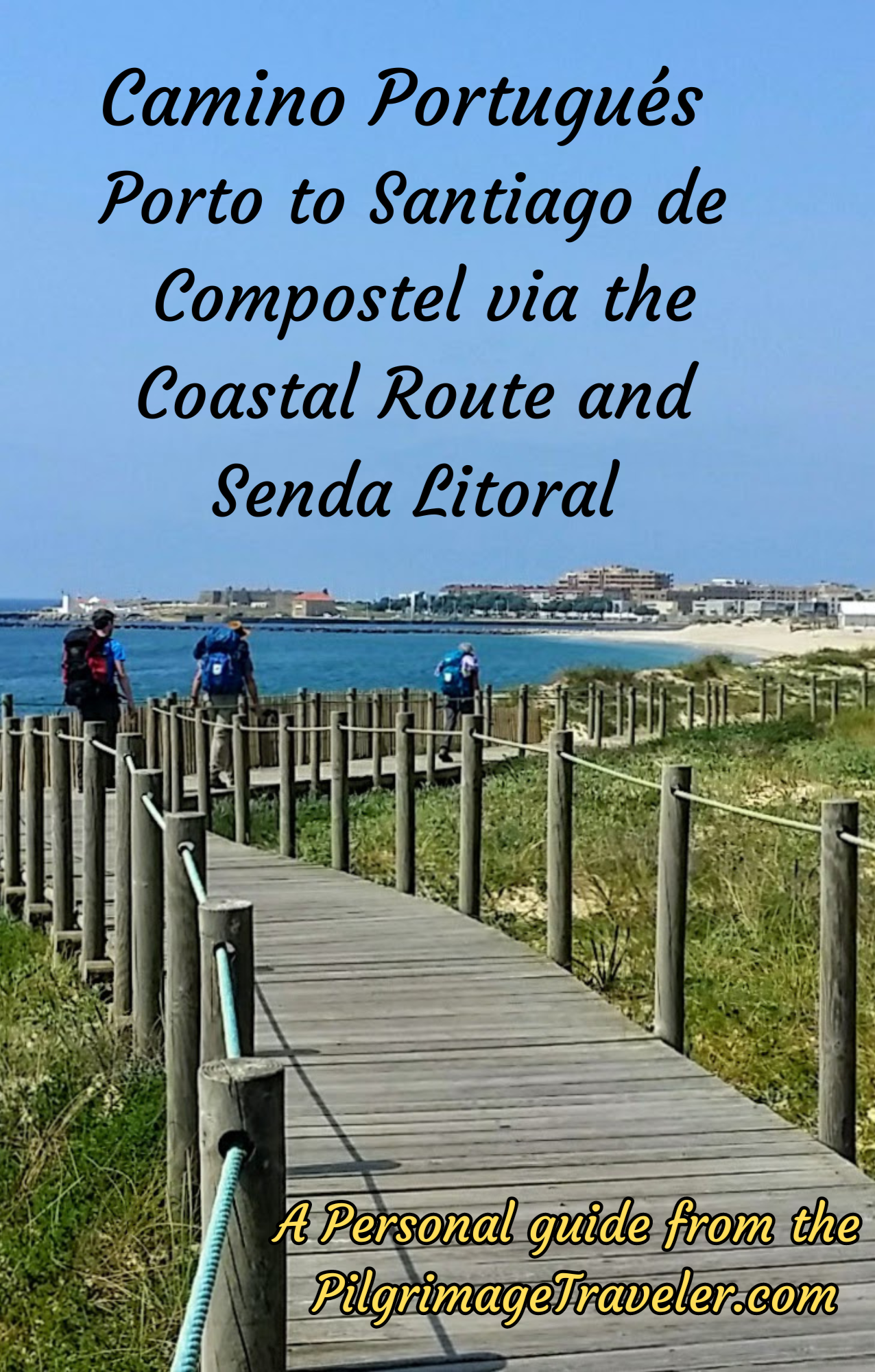
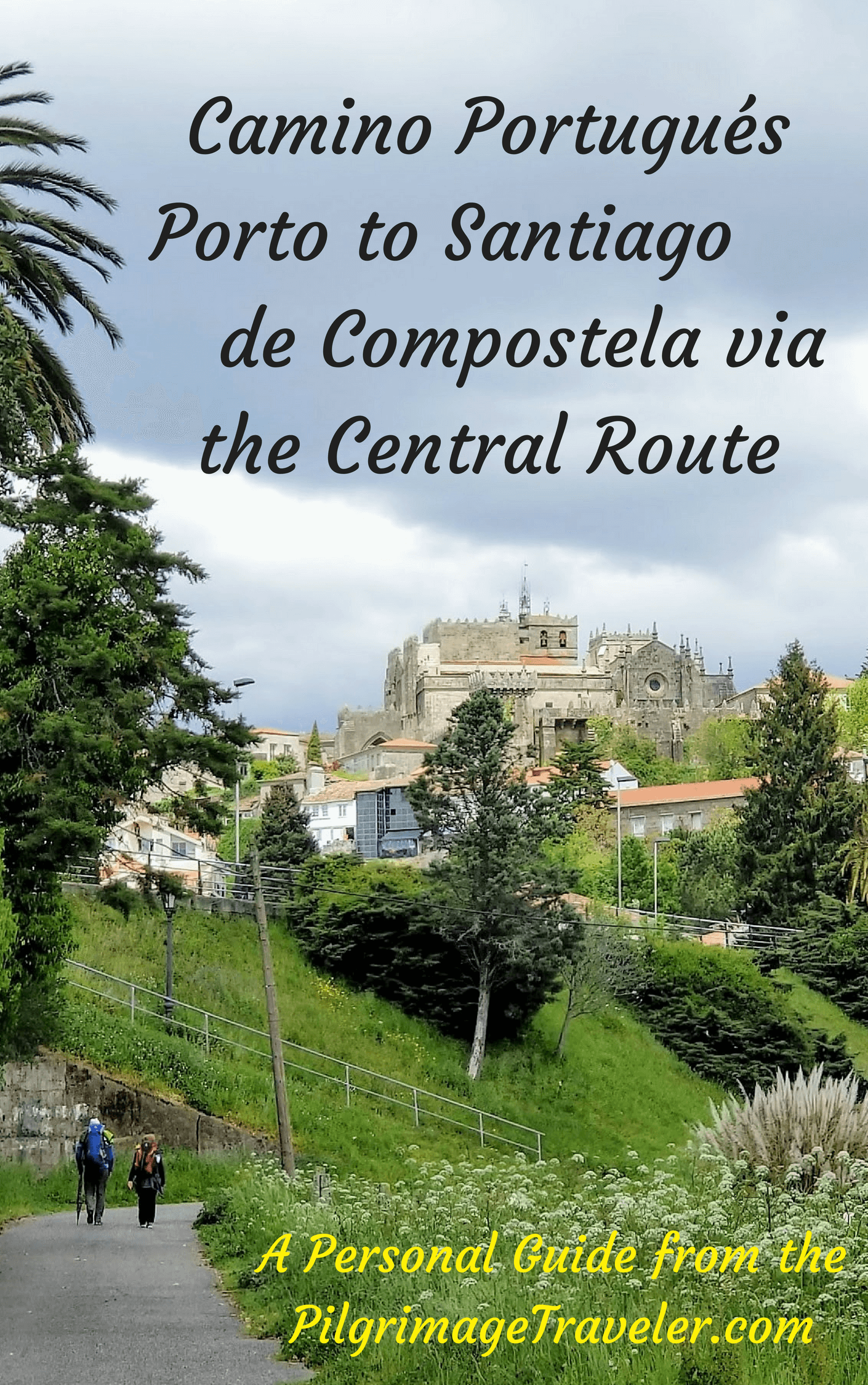
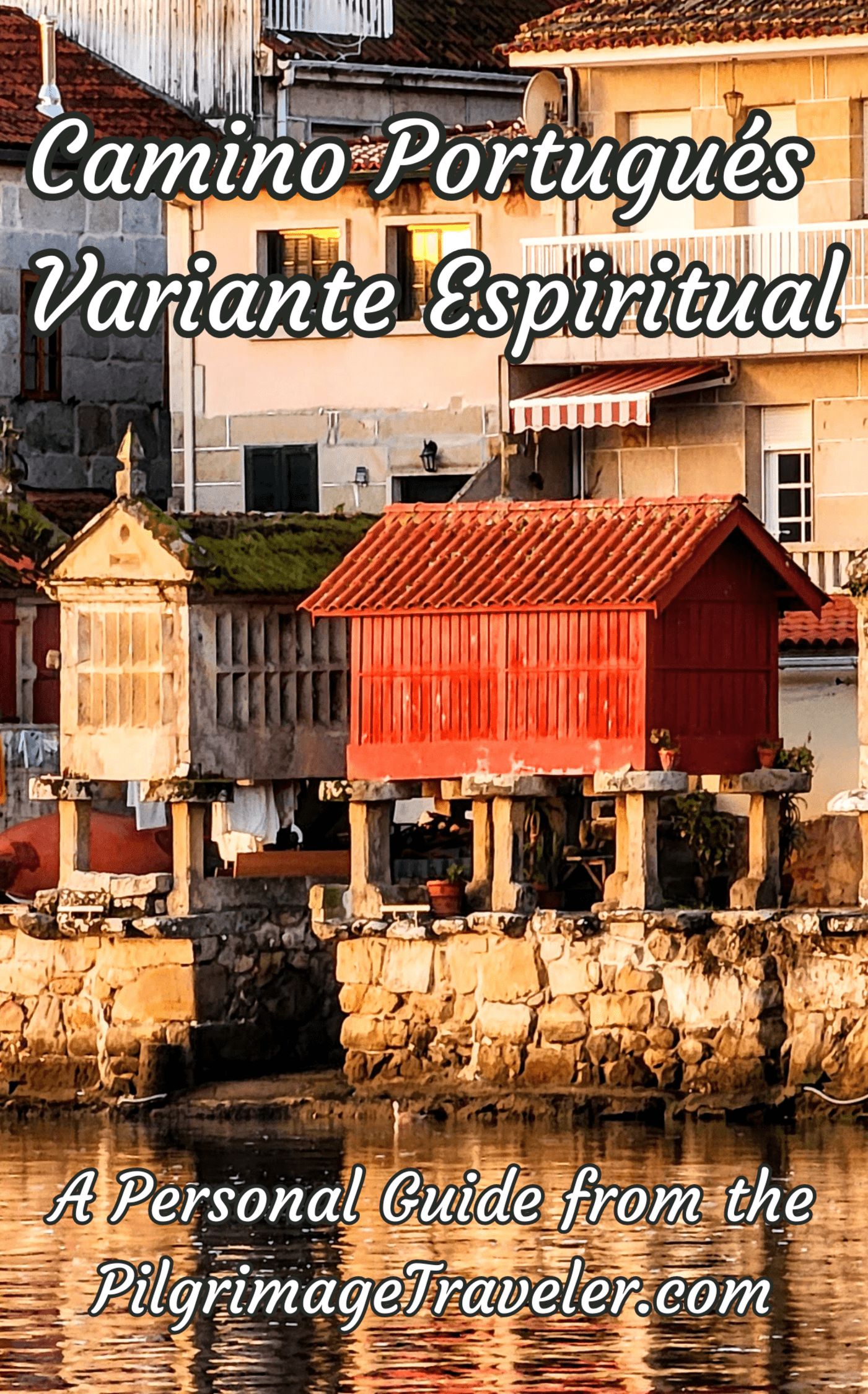
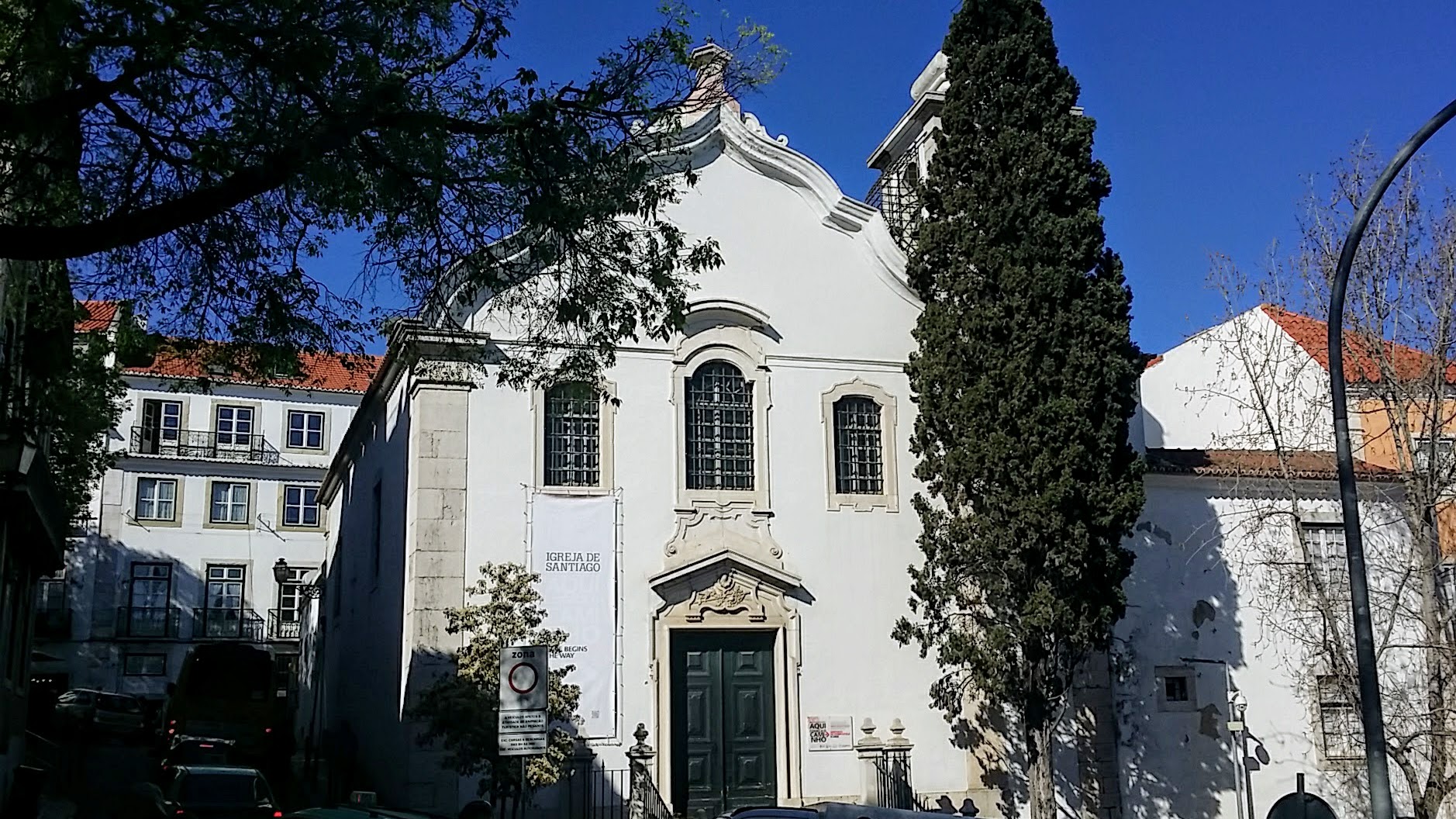

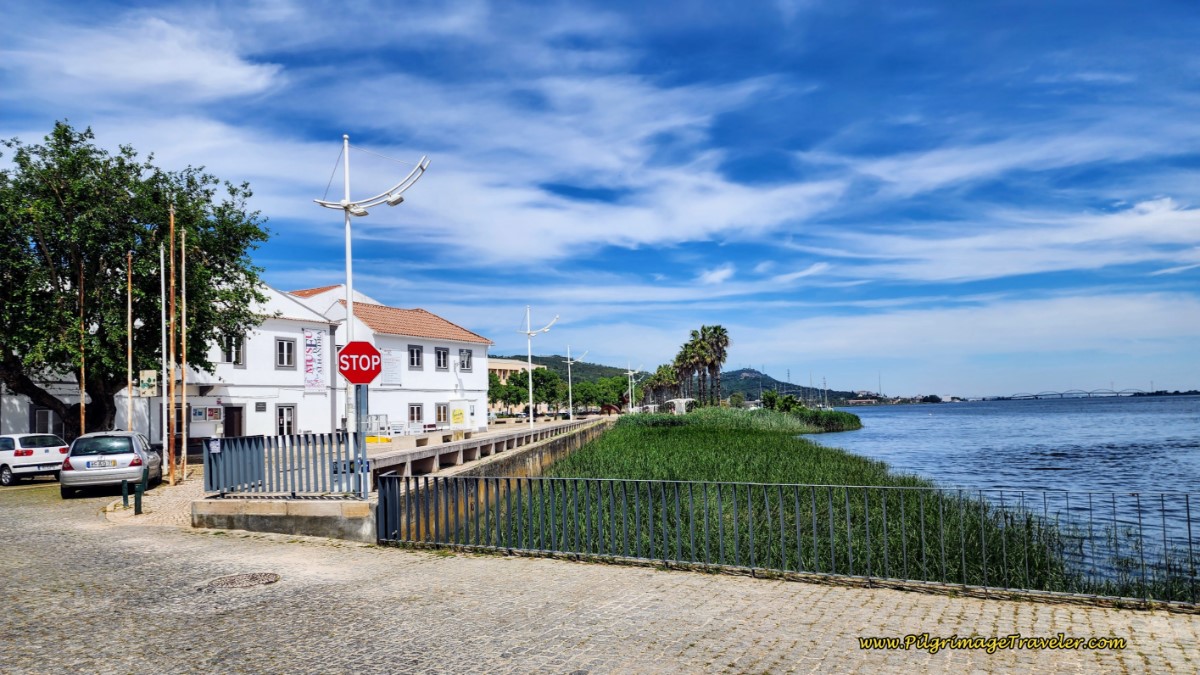








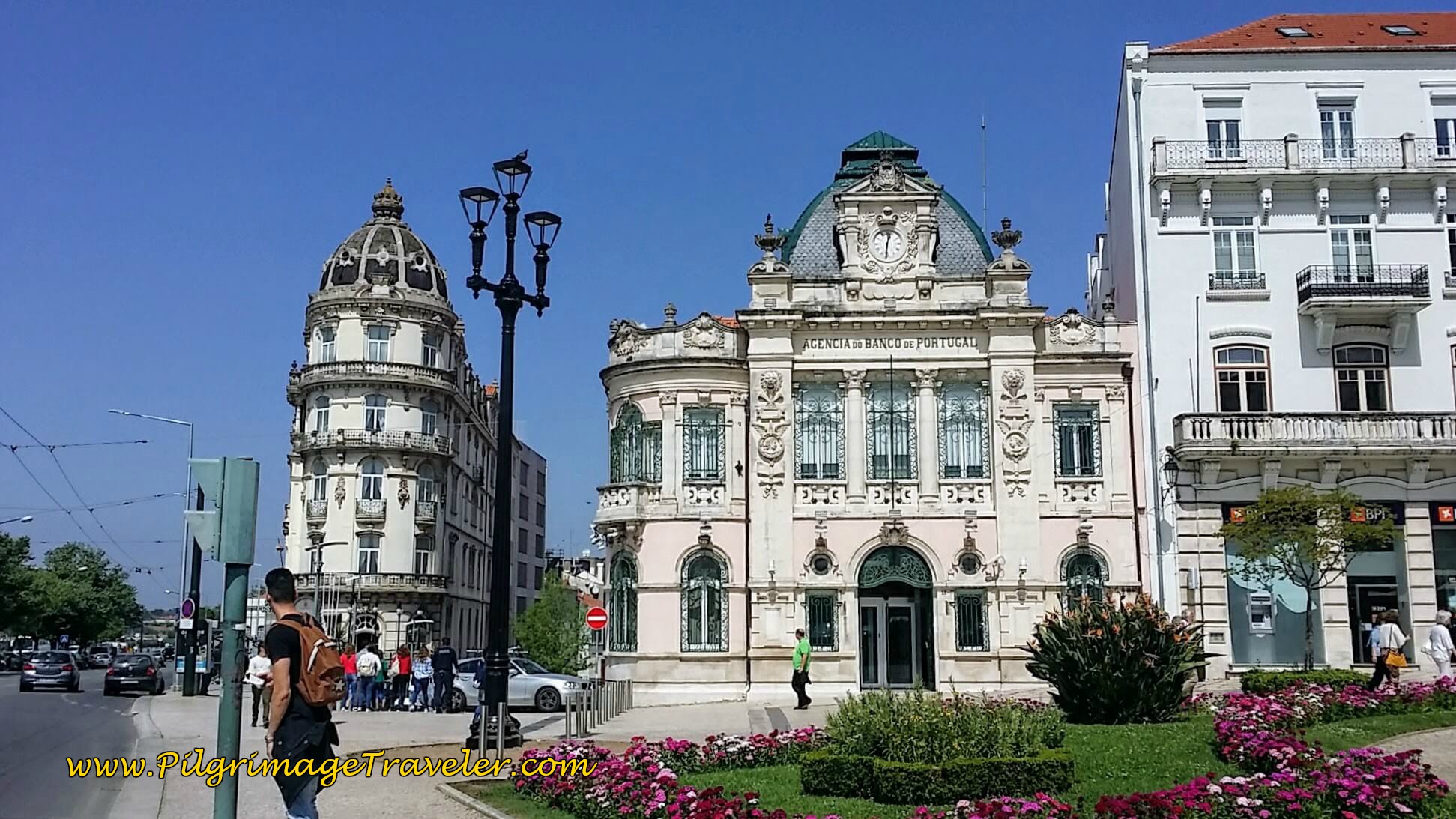






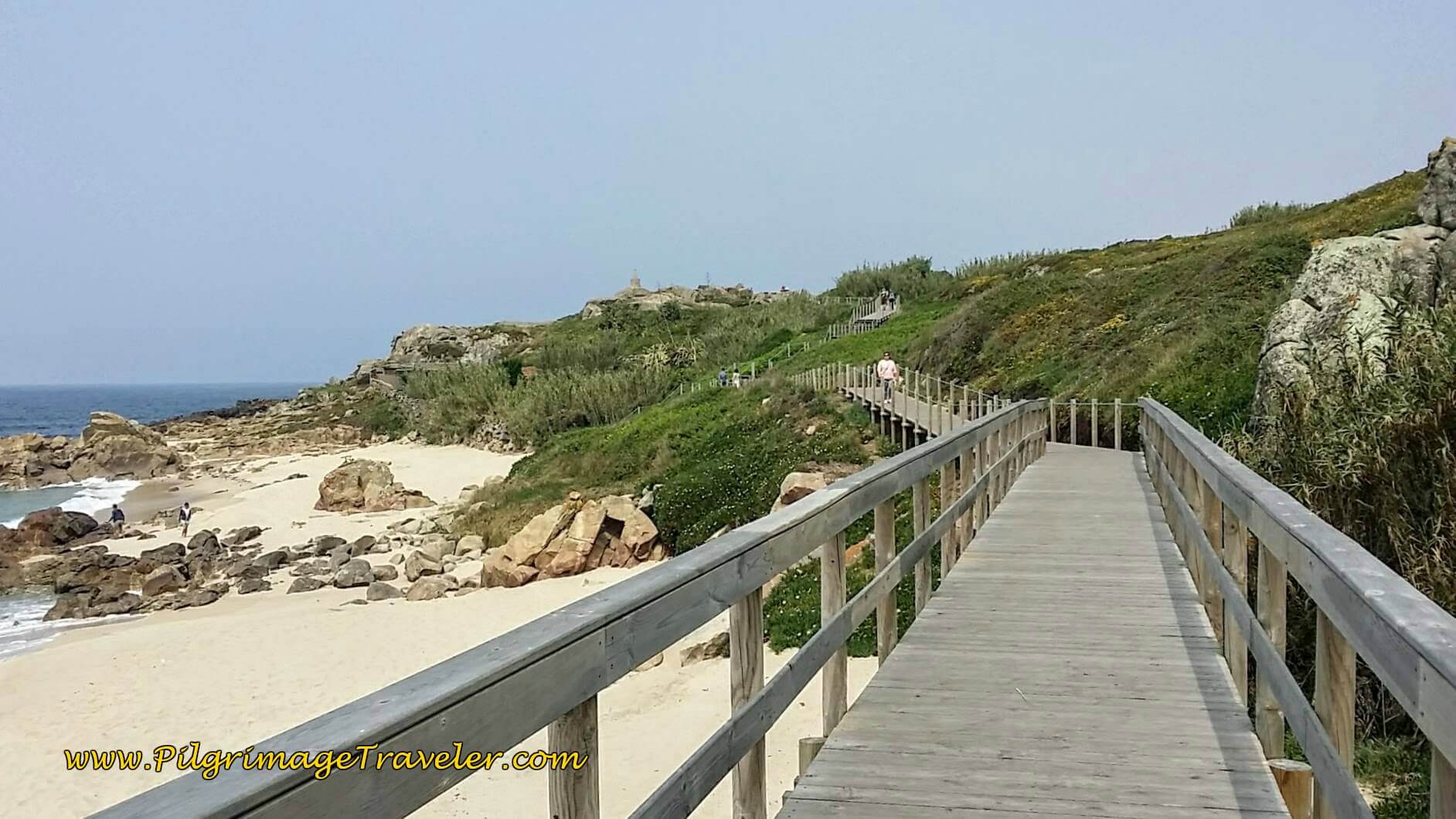

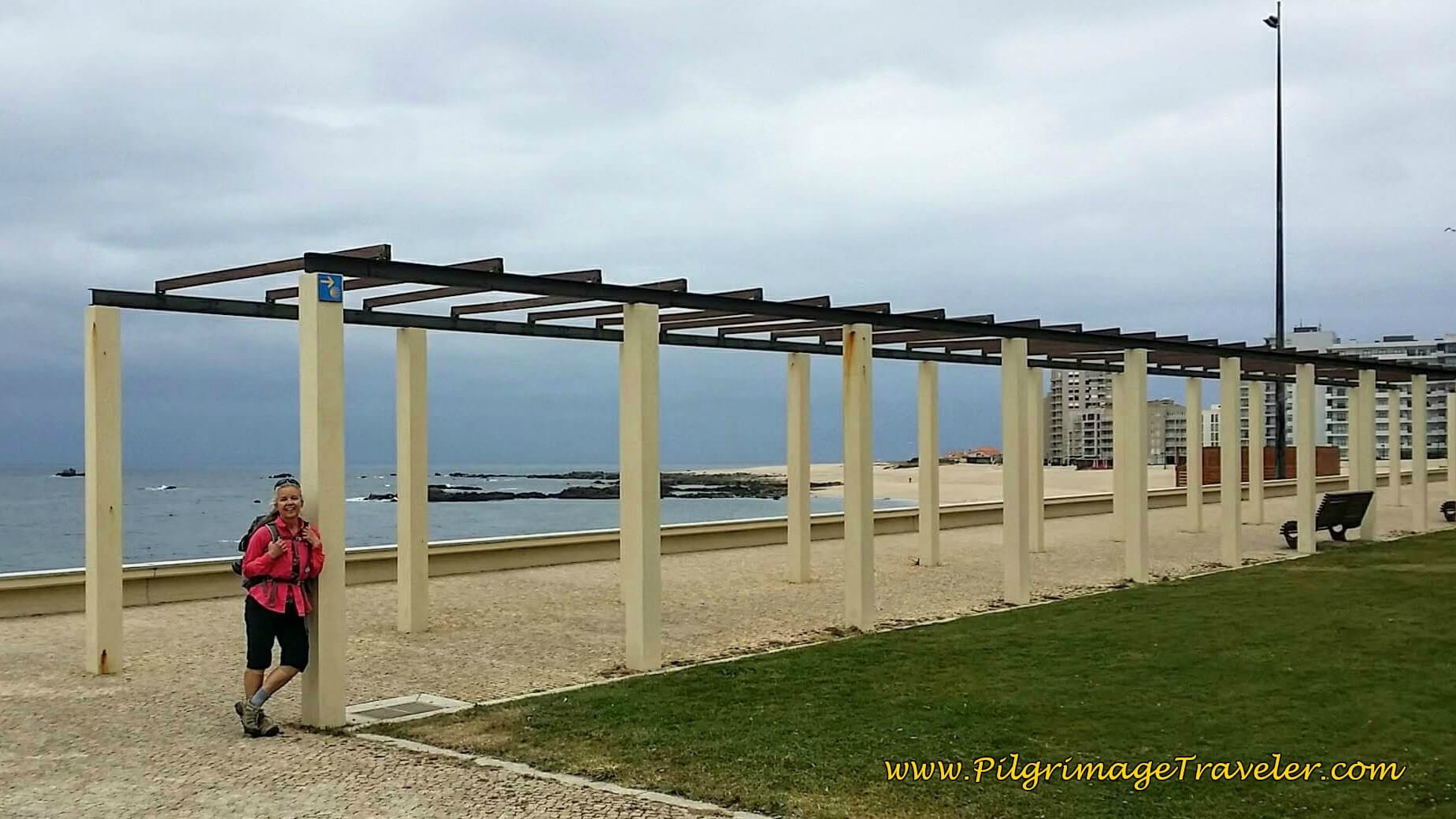

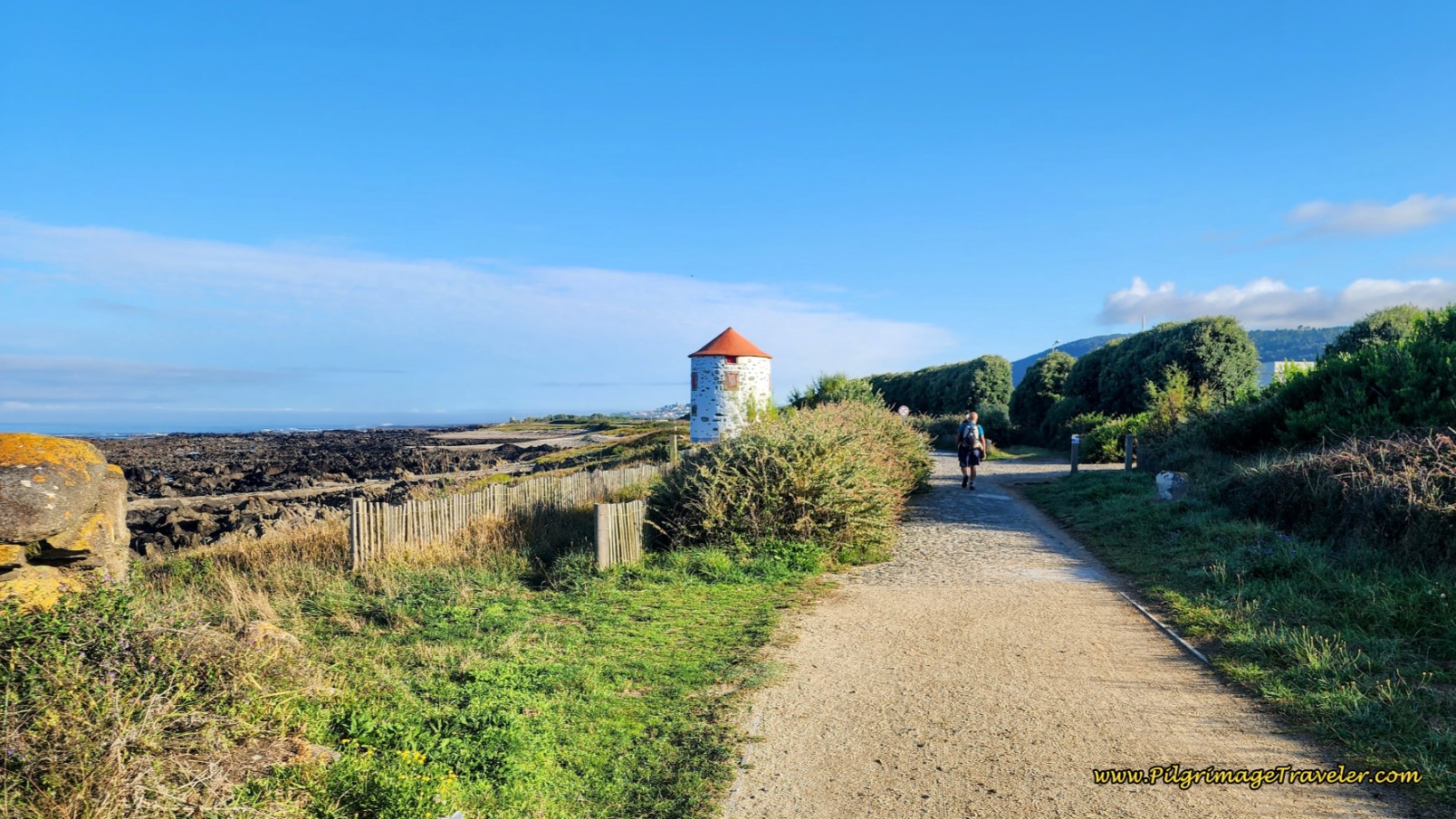







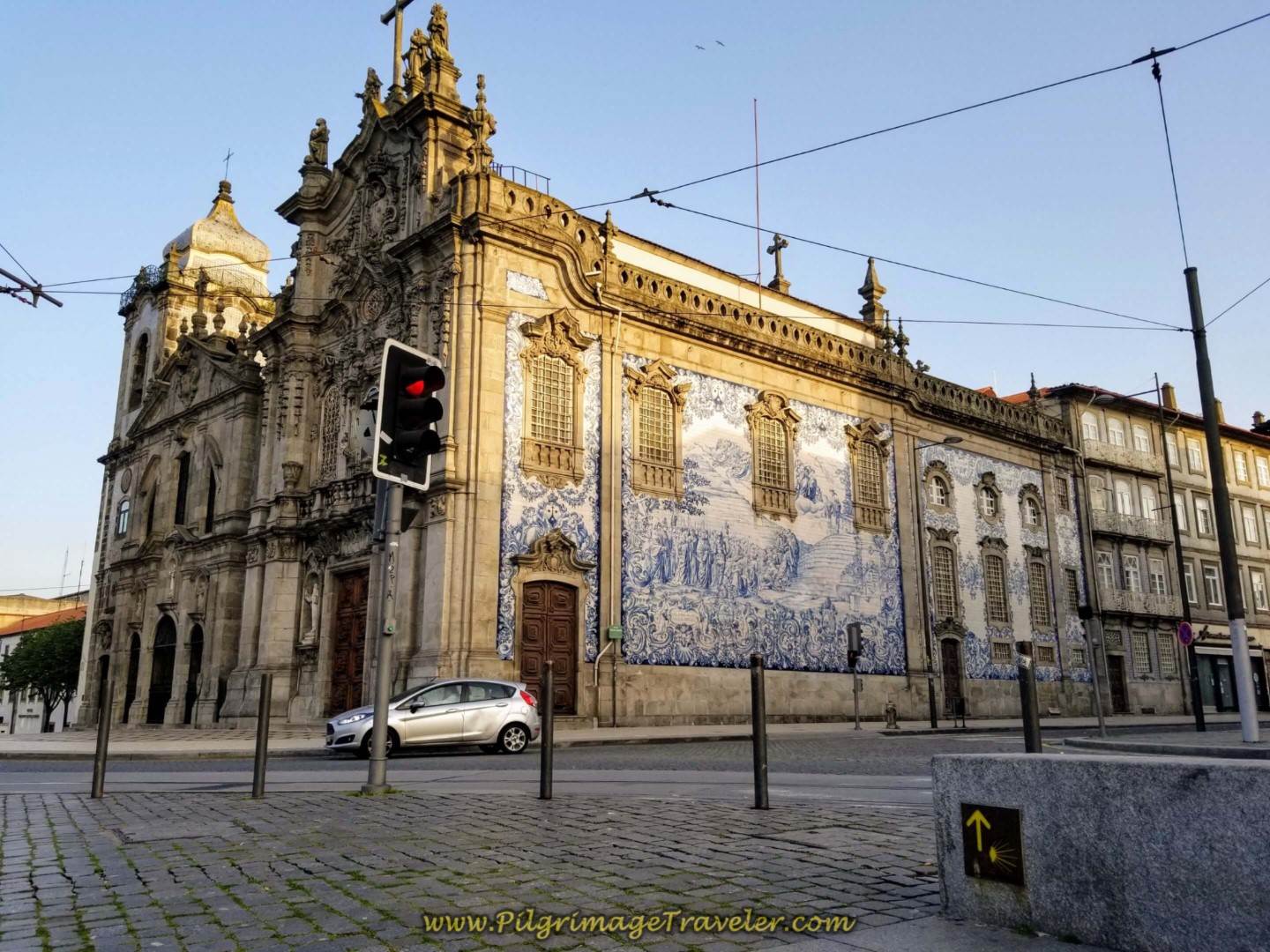





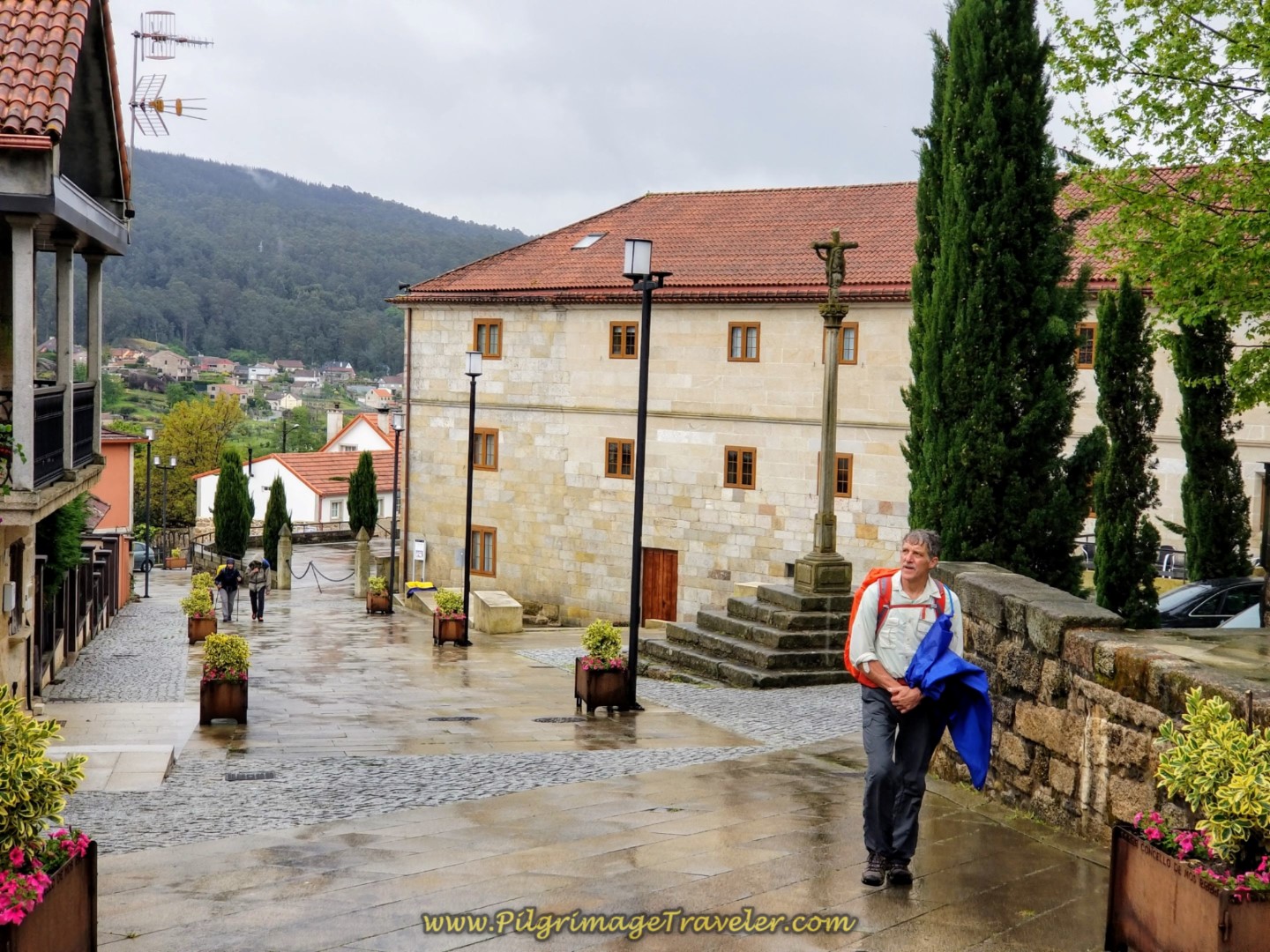


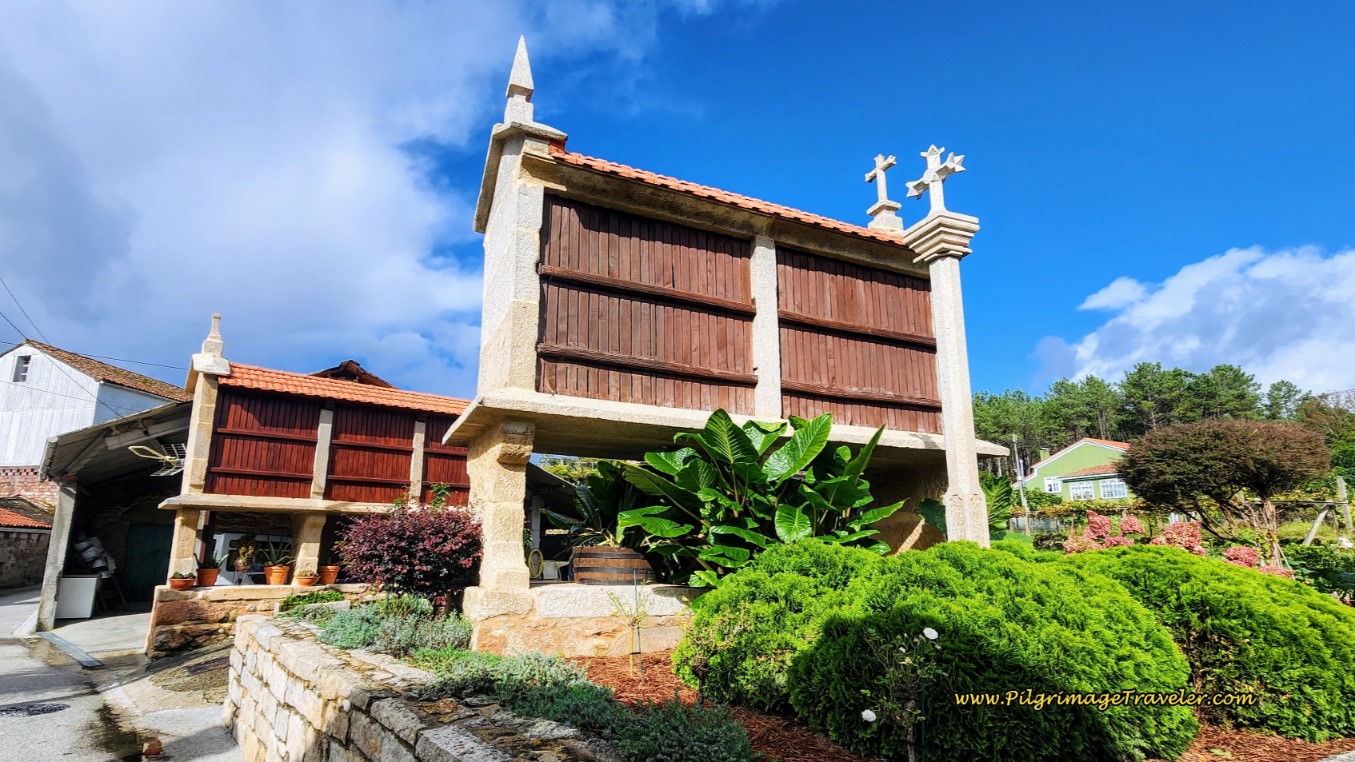

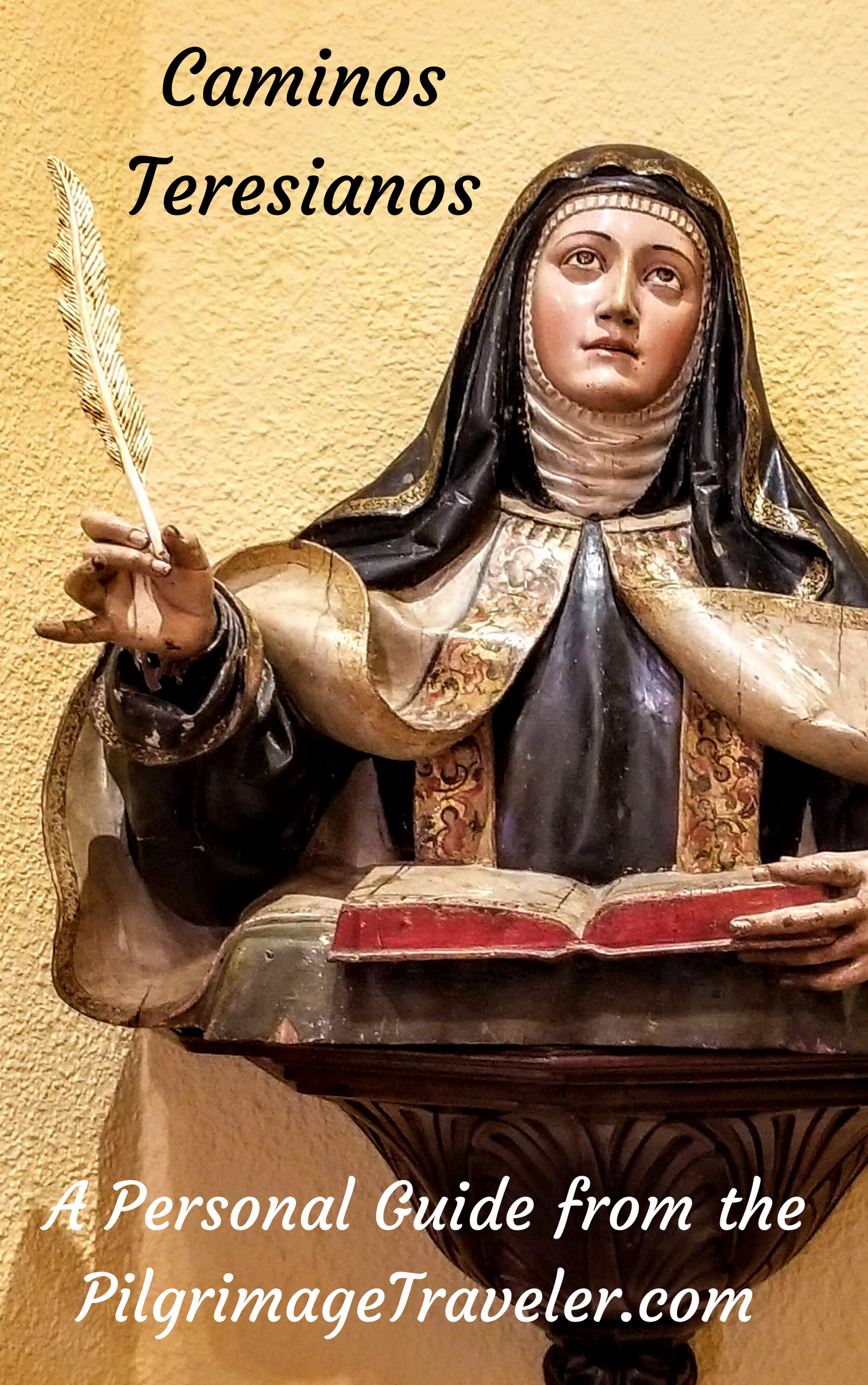
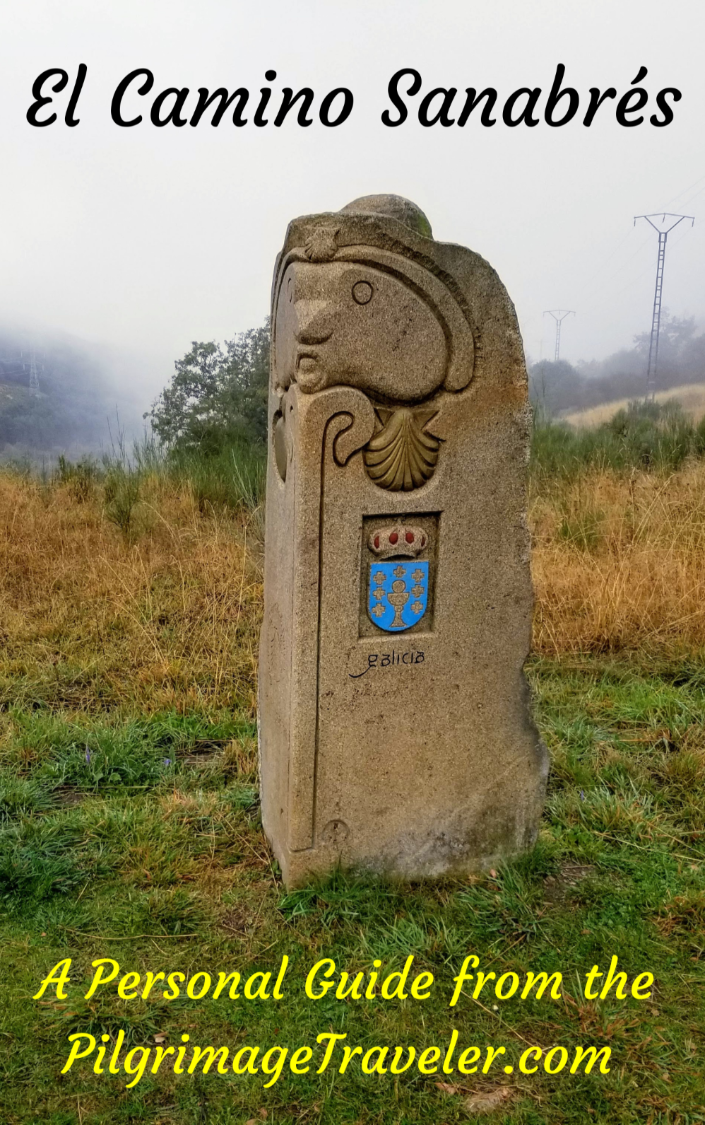
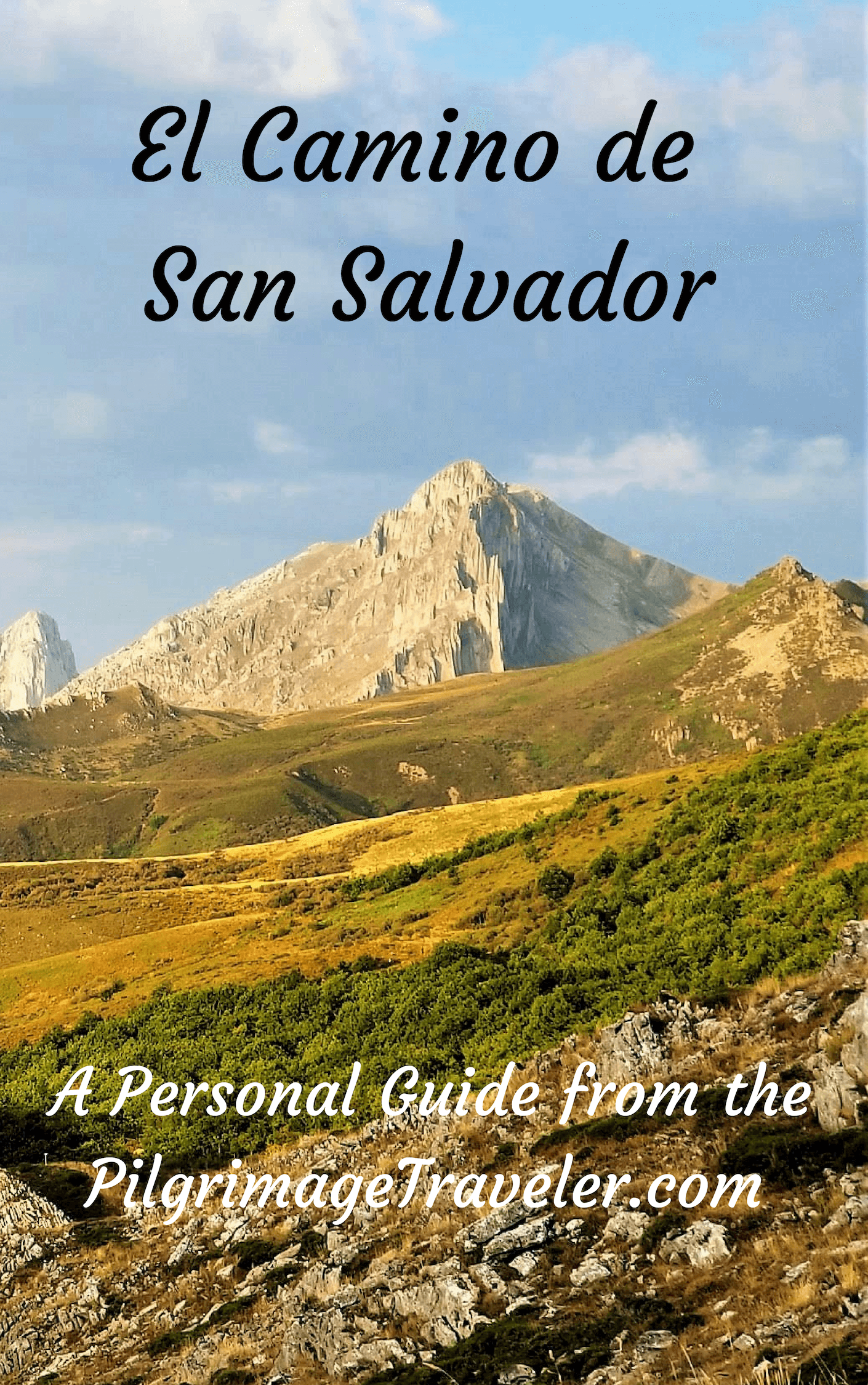
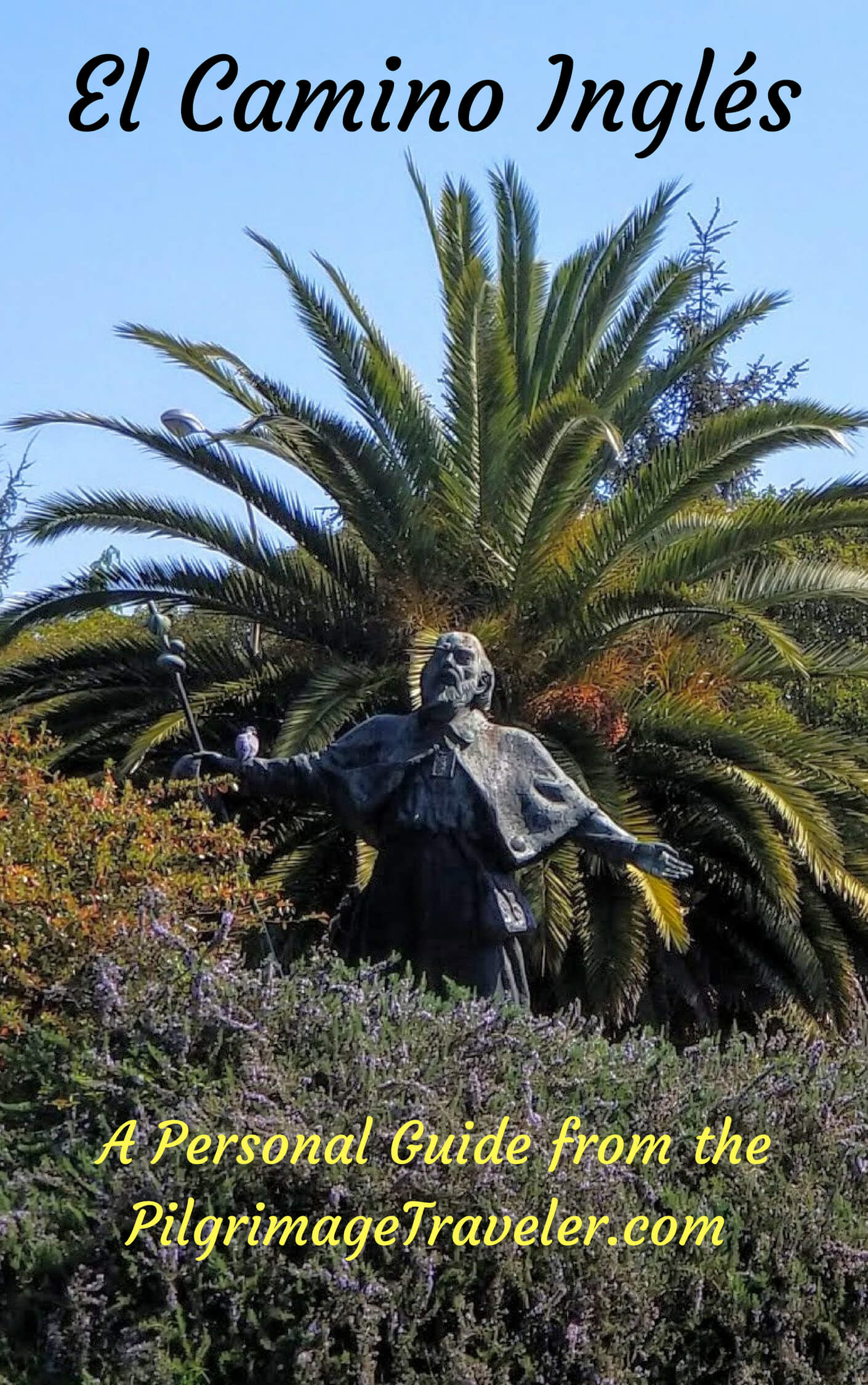
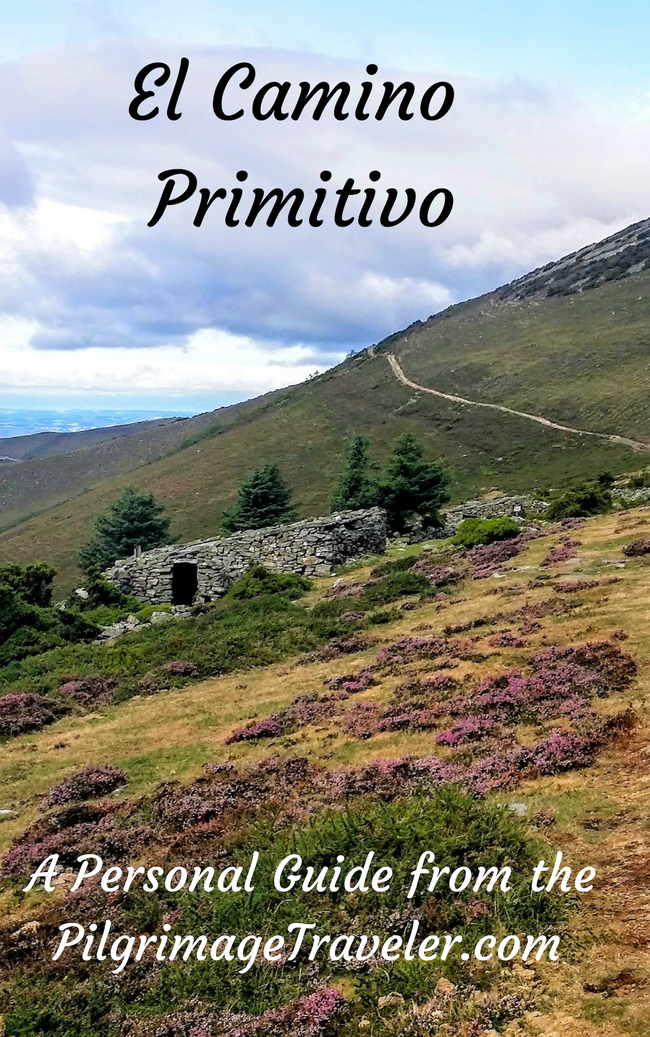
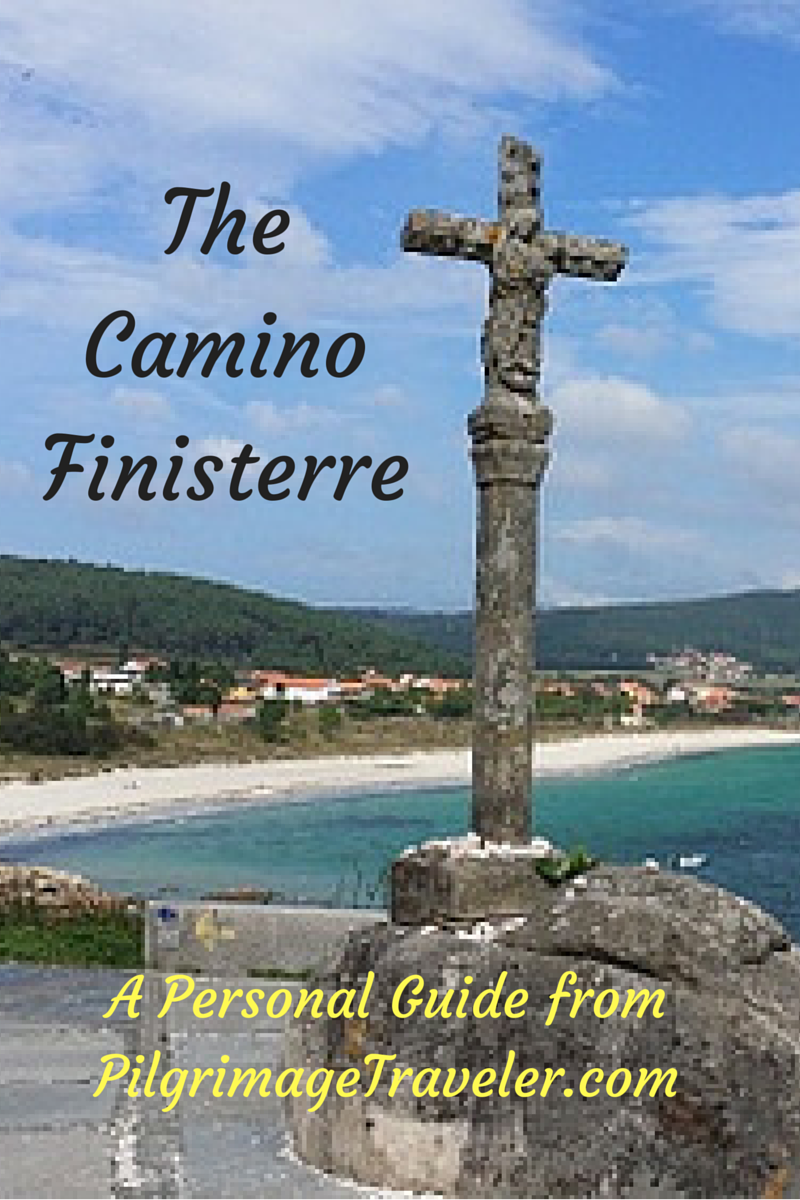
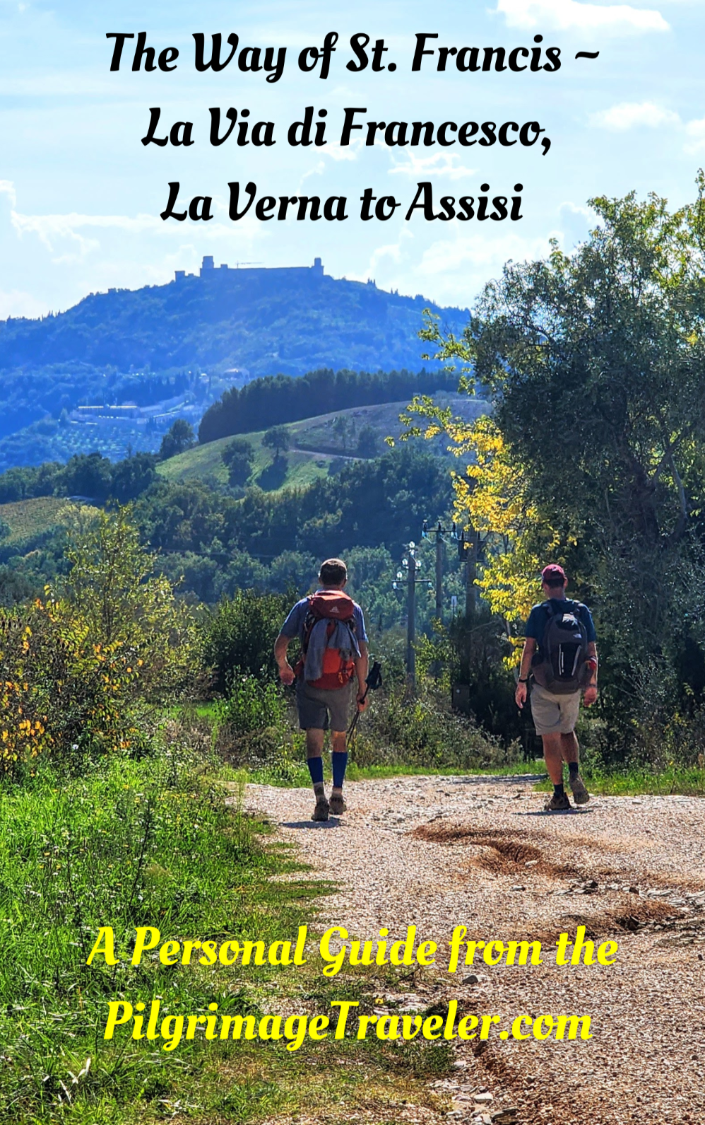



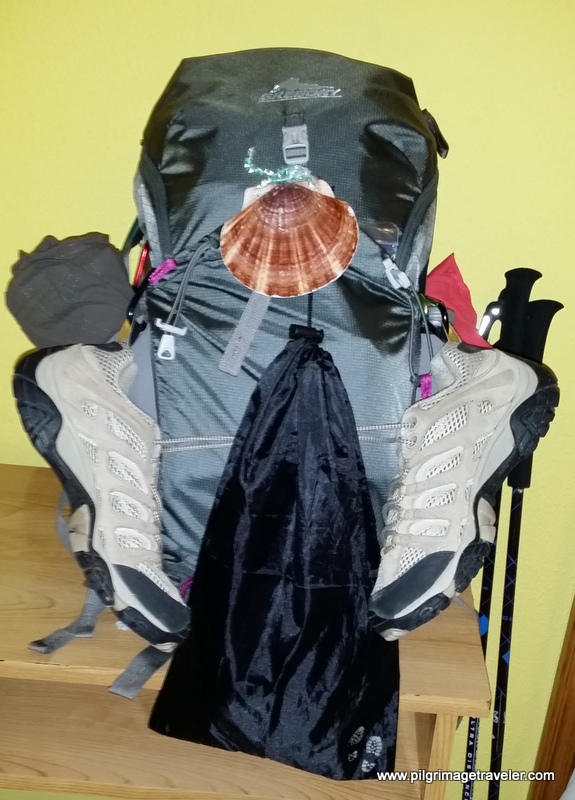
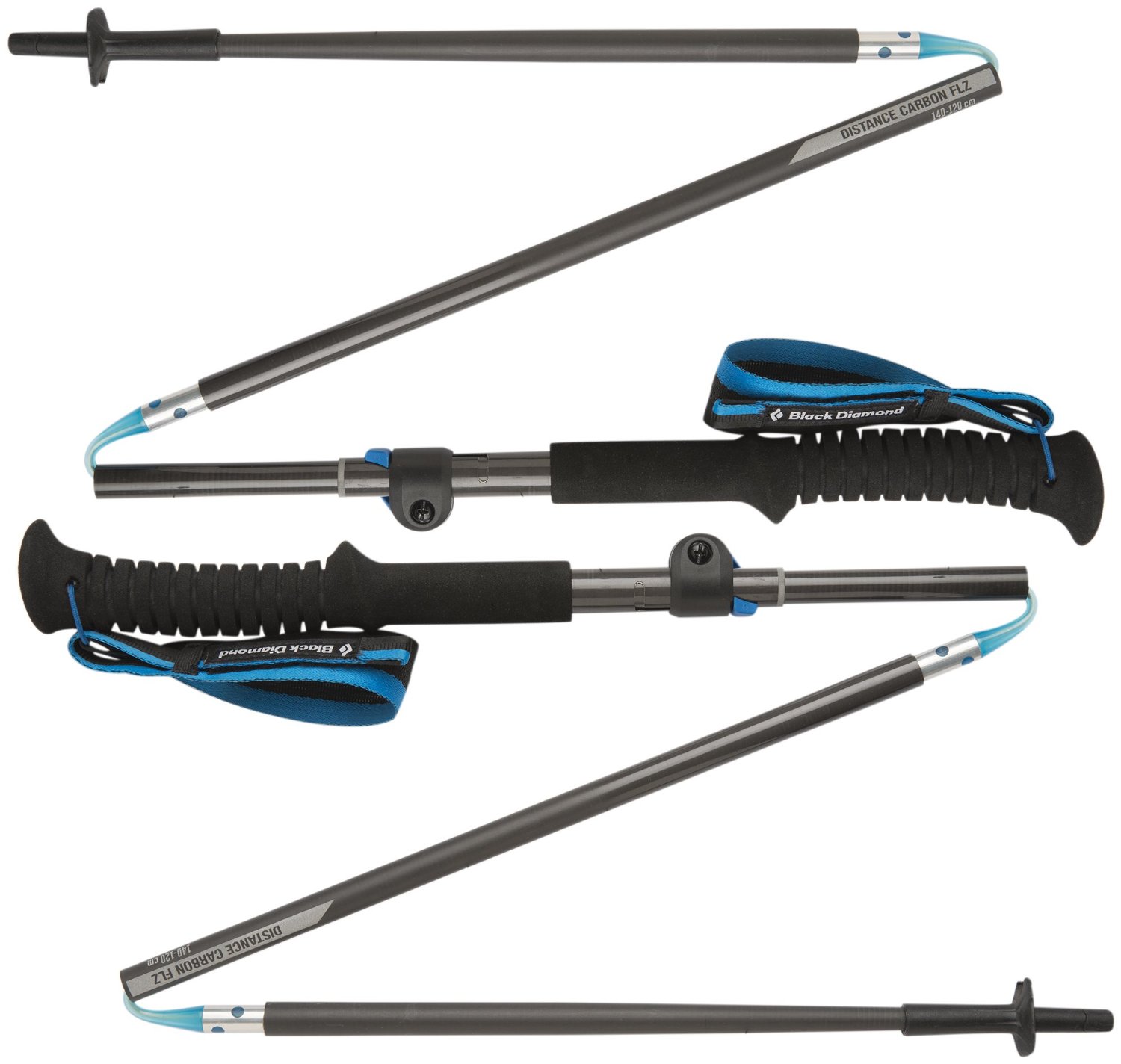
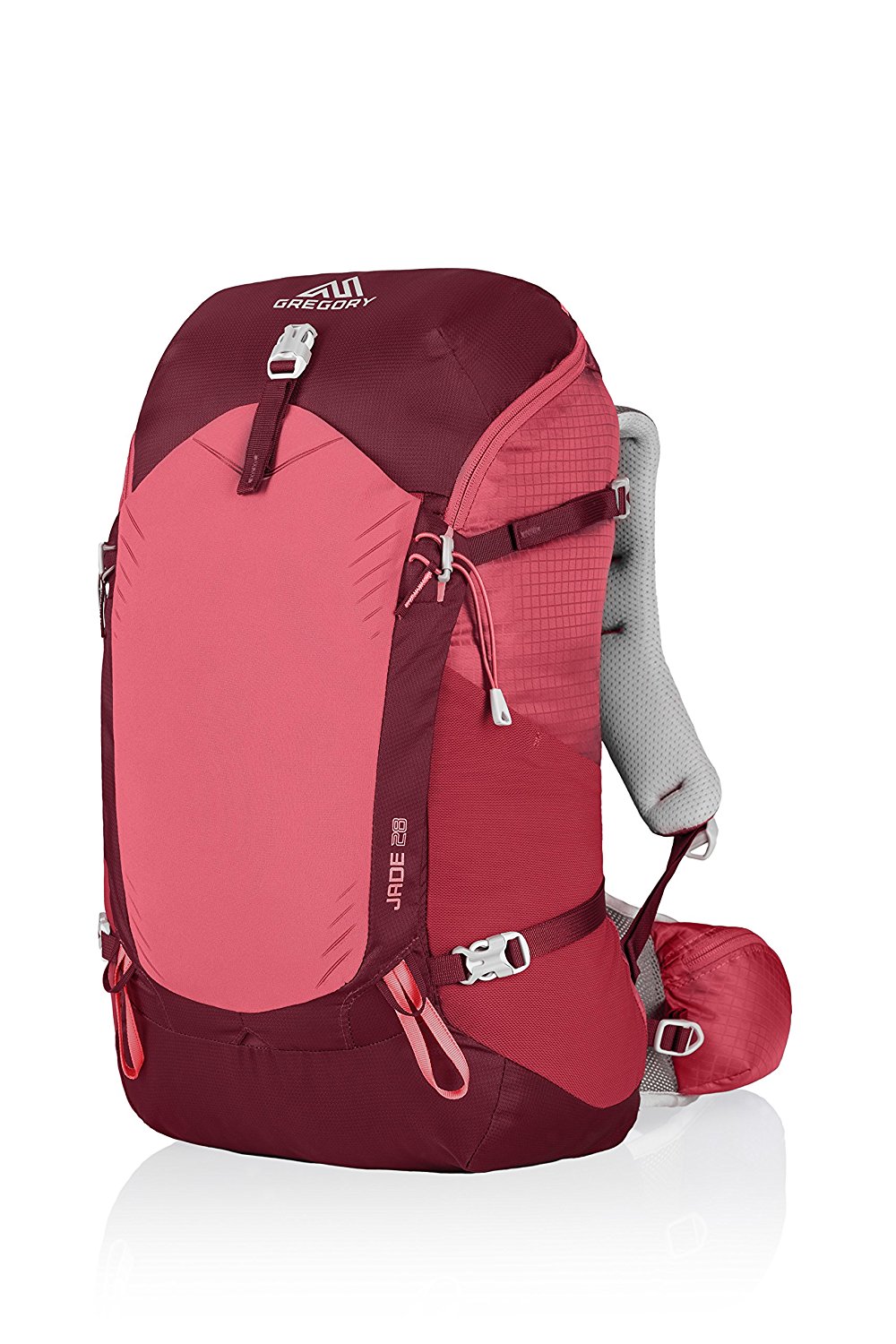
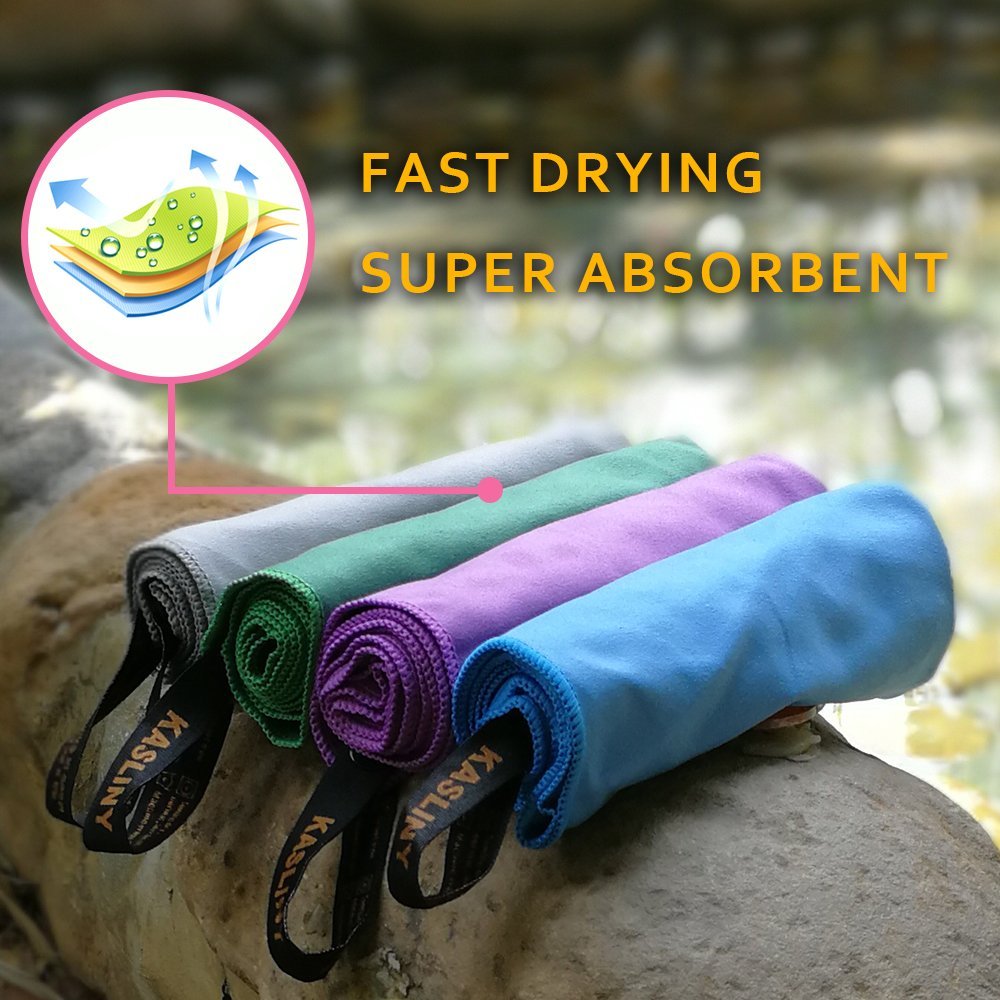
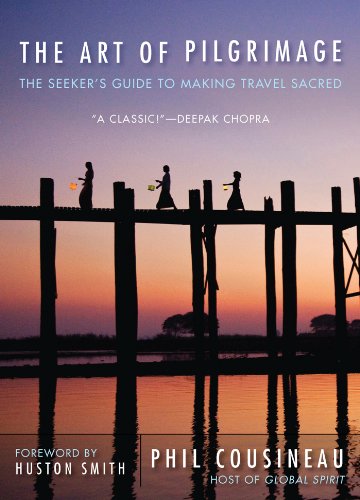


Your Opinion Matters! Comments
Have you had a similar experience, have some advice to give, or have something else you'd like to share? We would love to hear from you! Please leave us a comment in the box below.